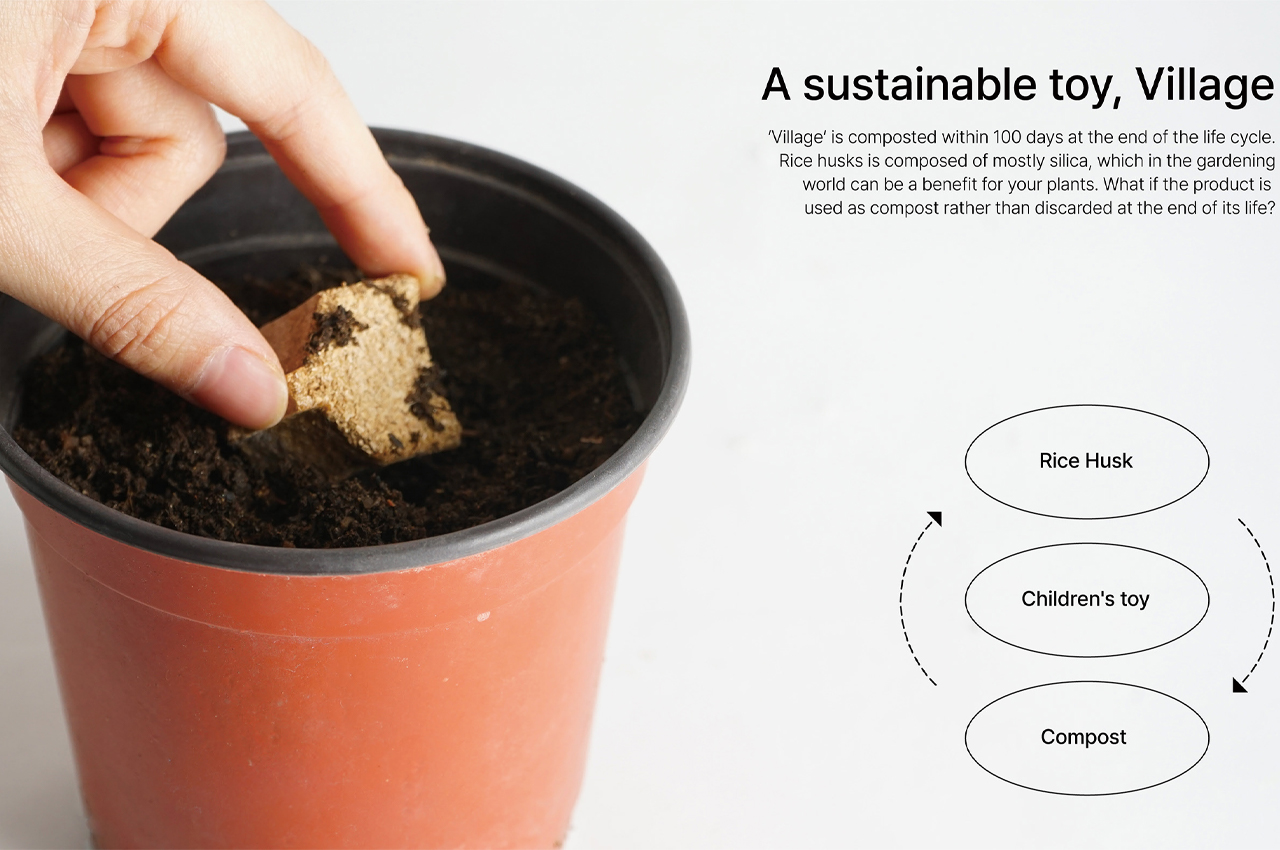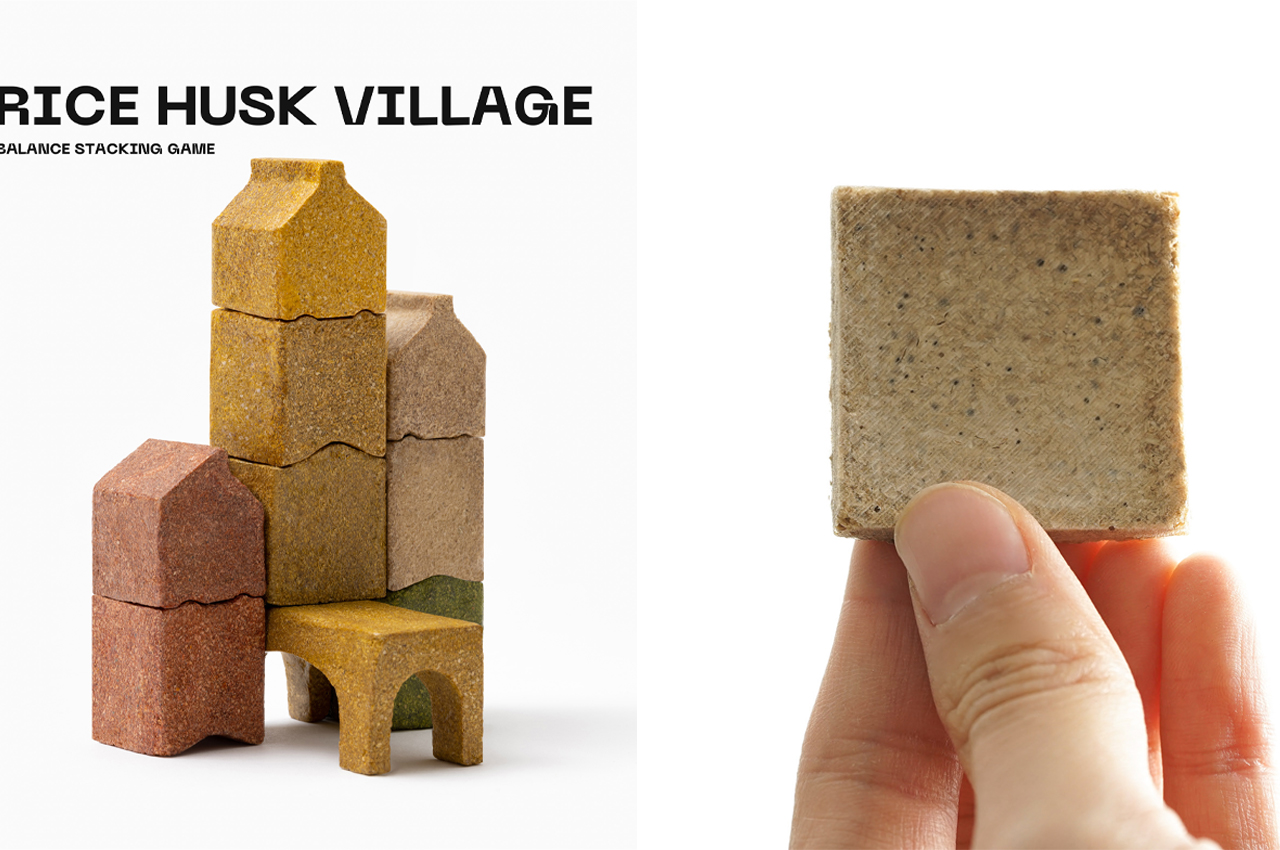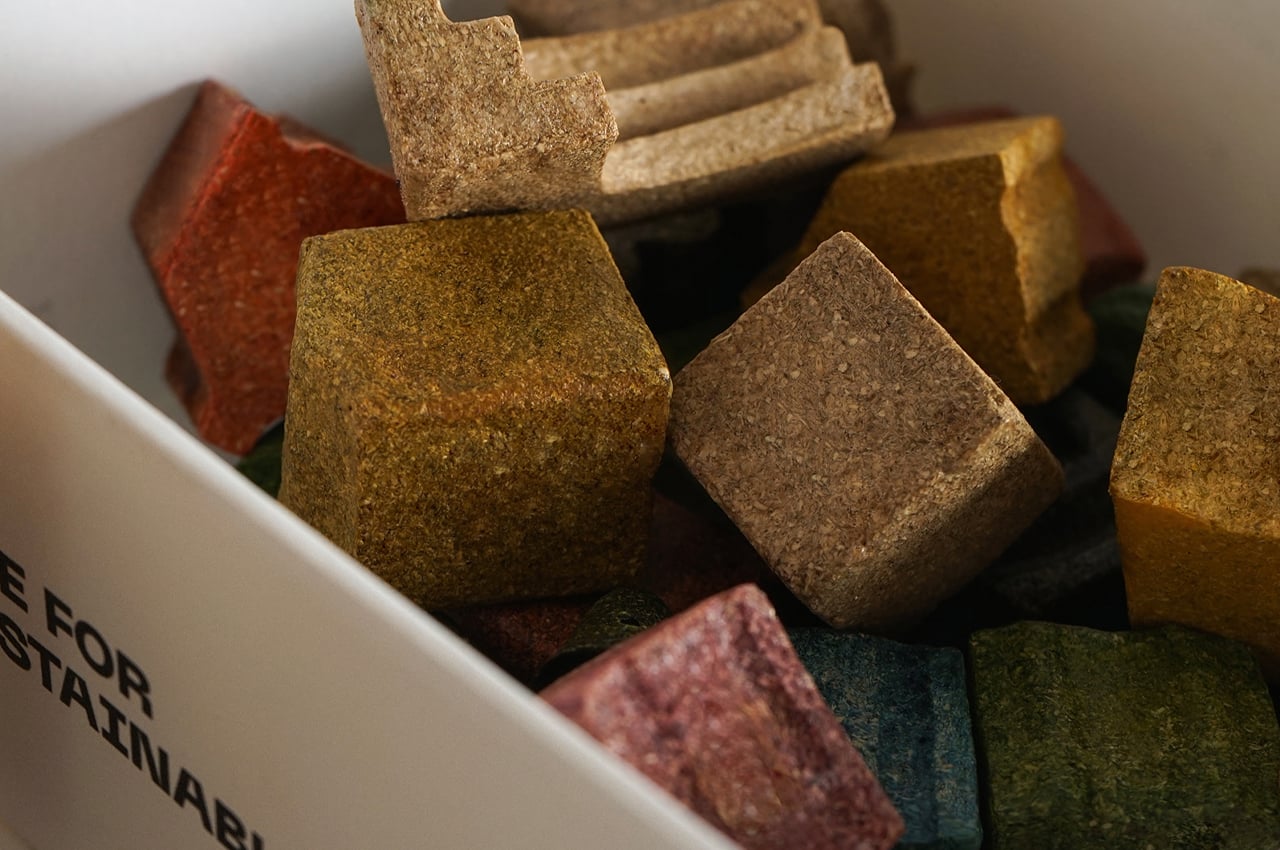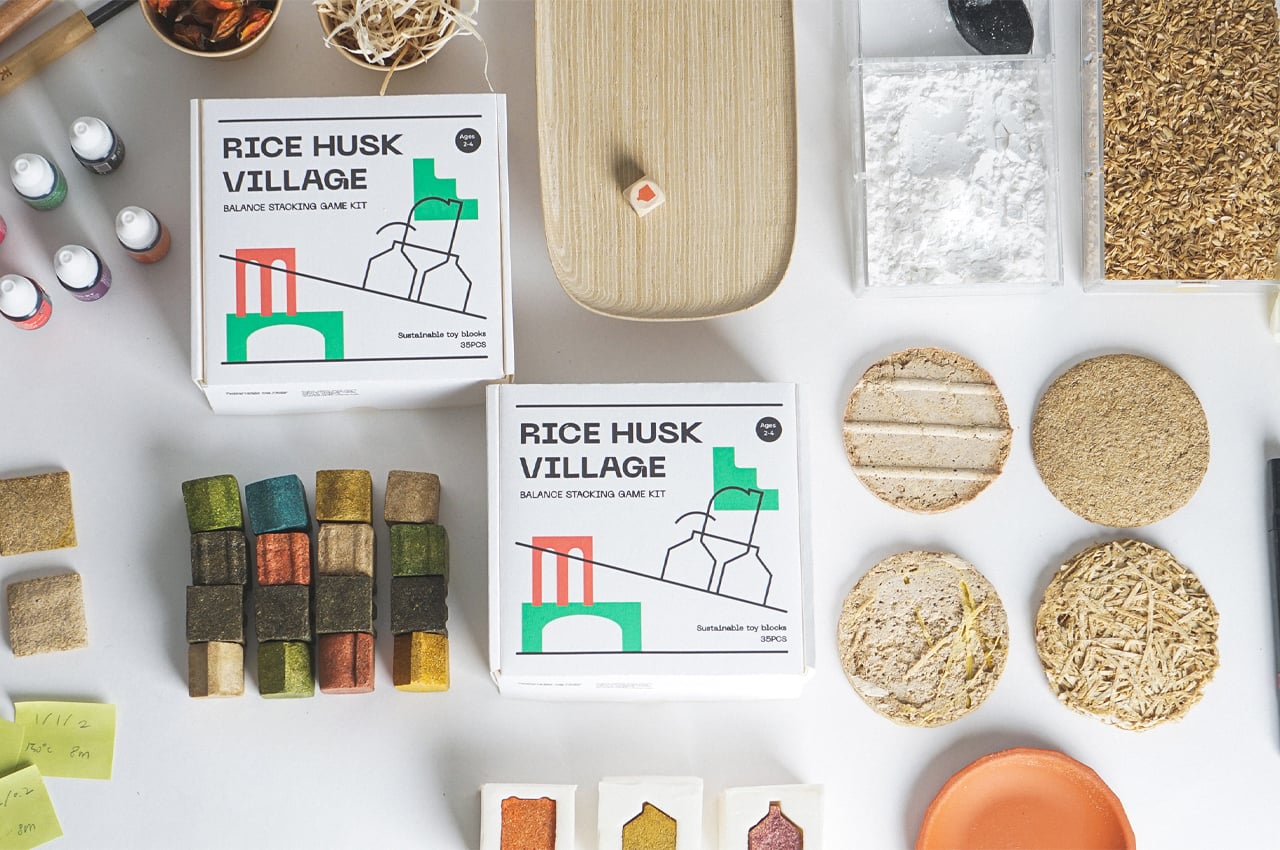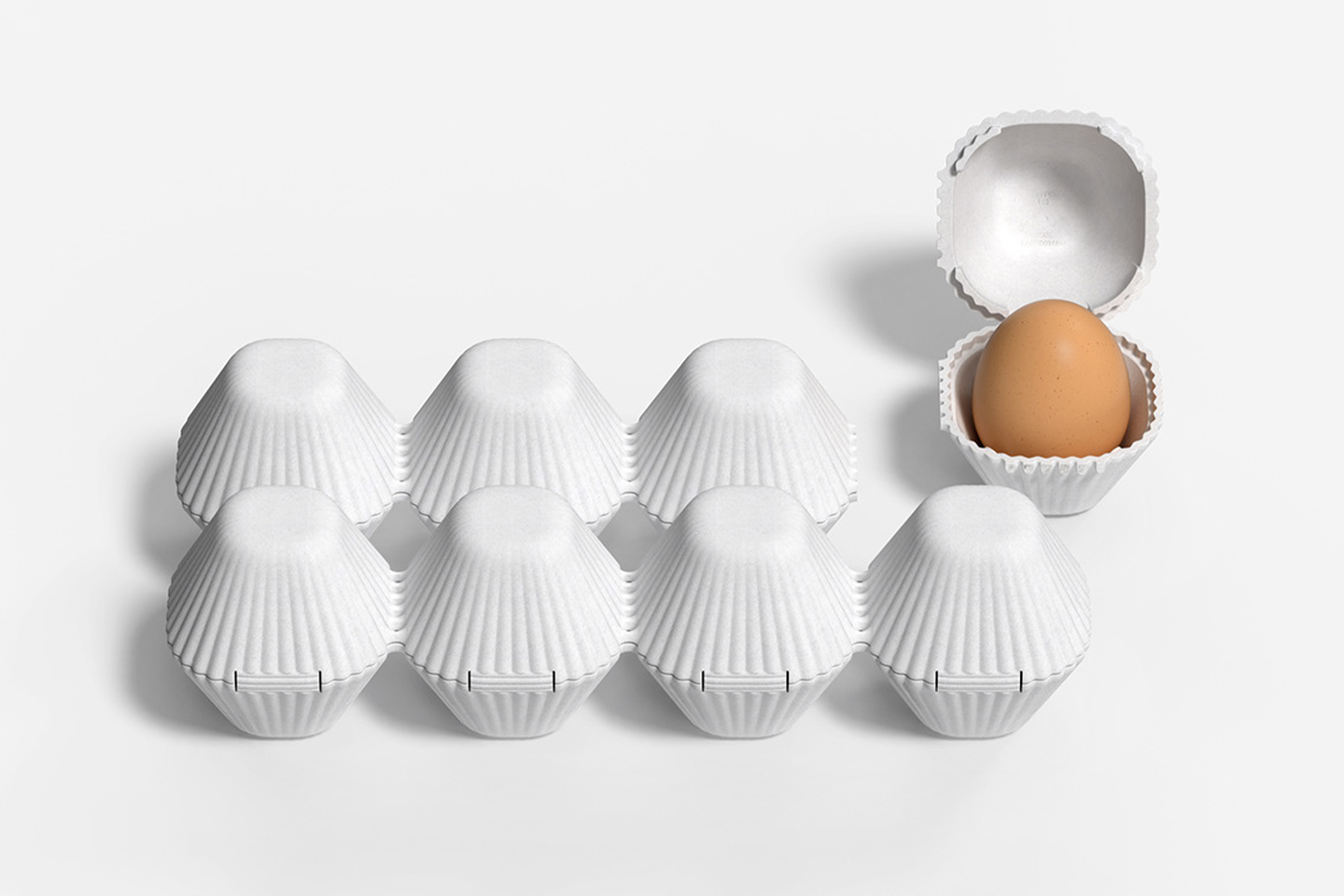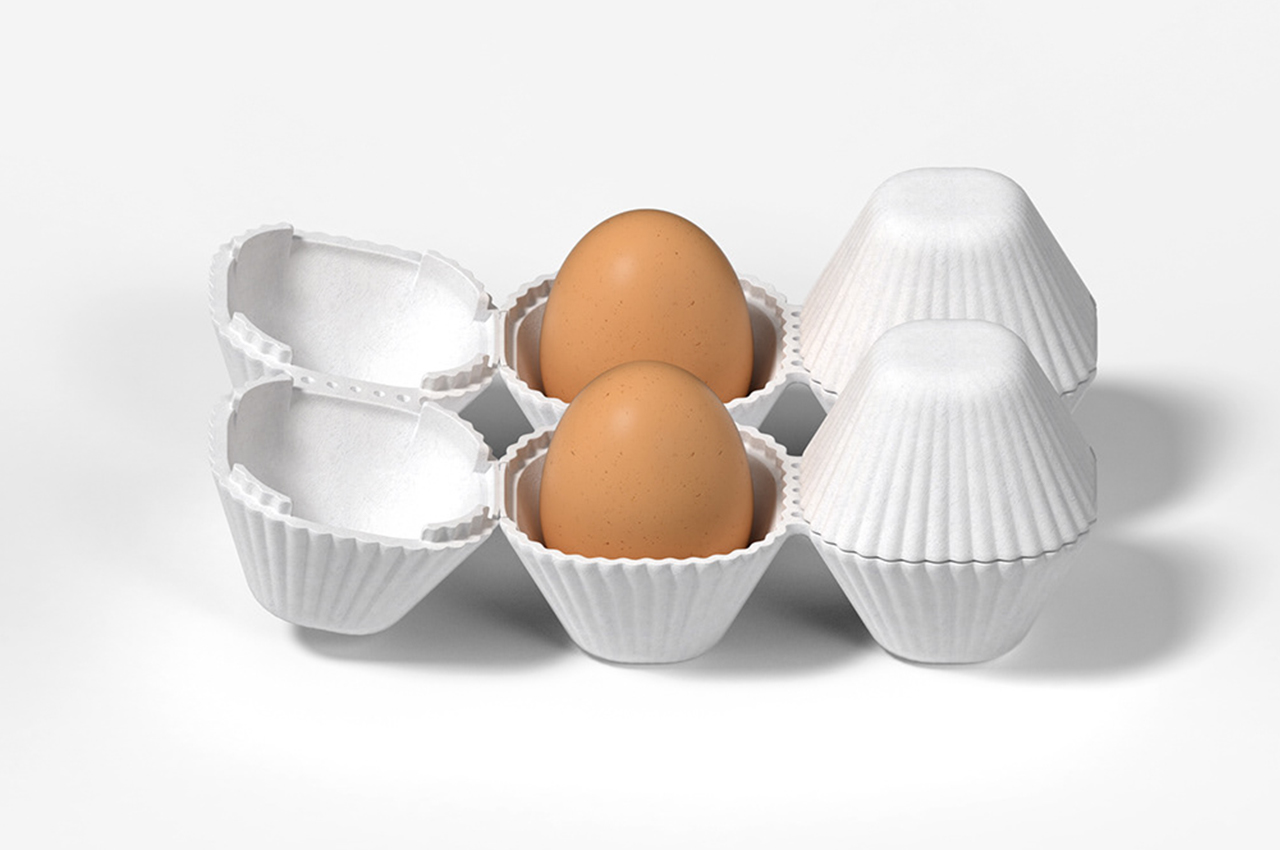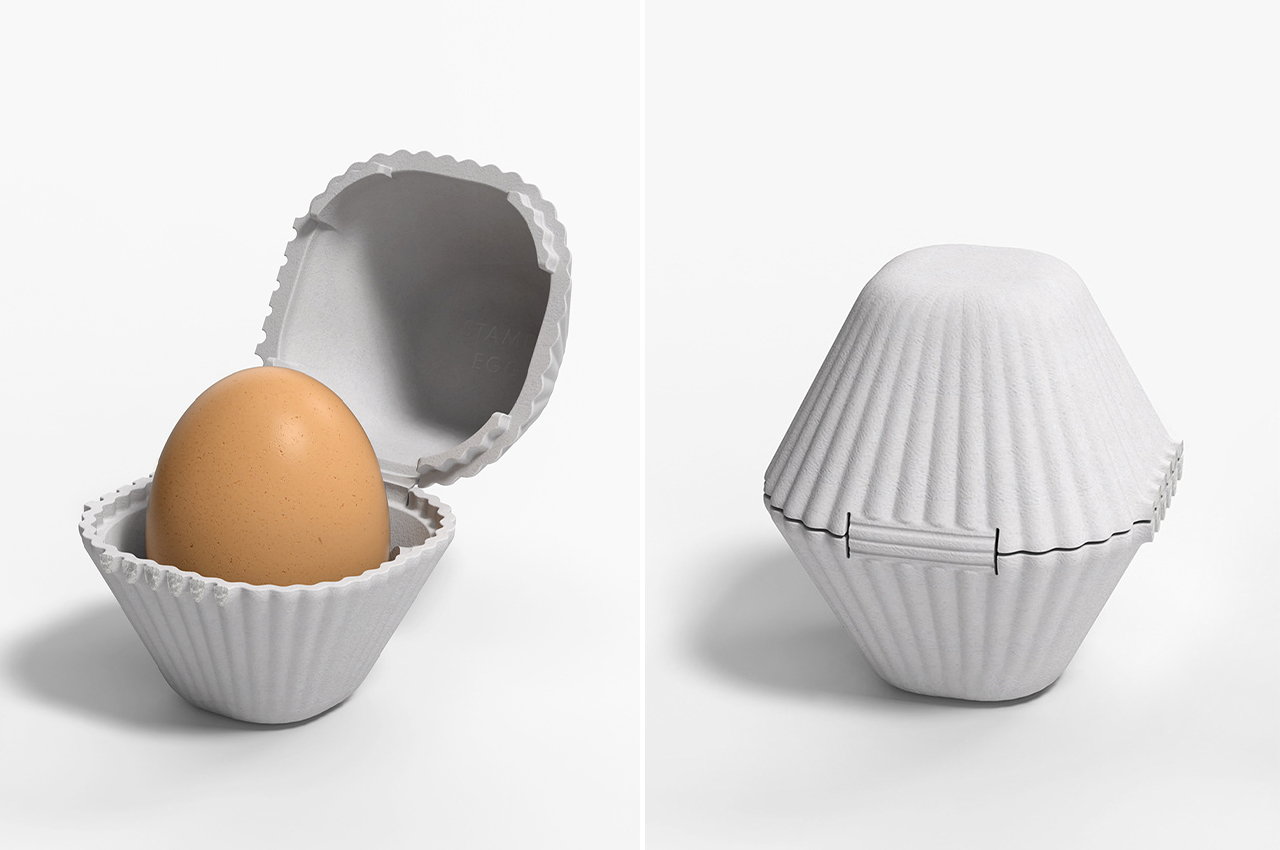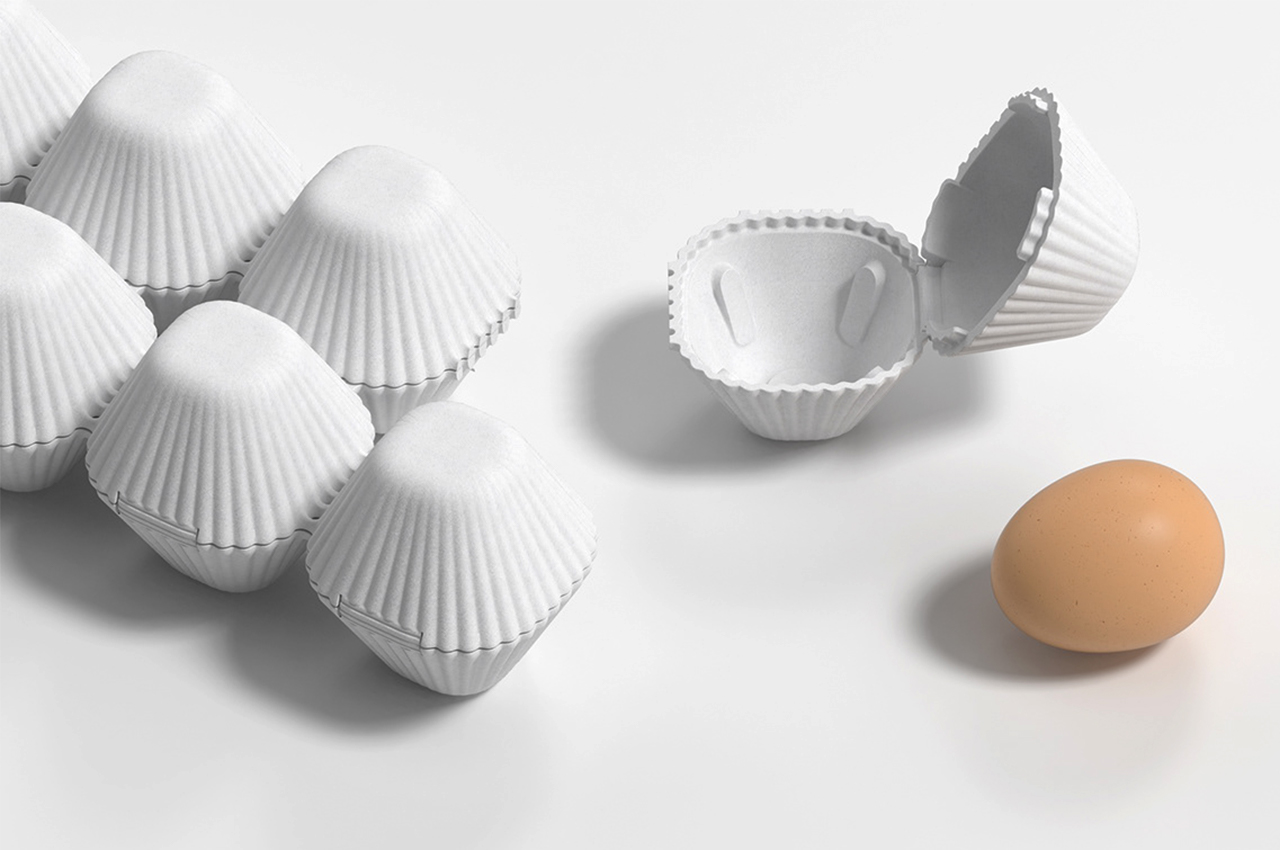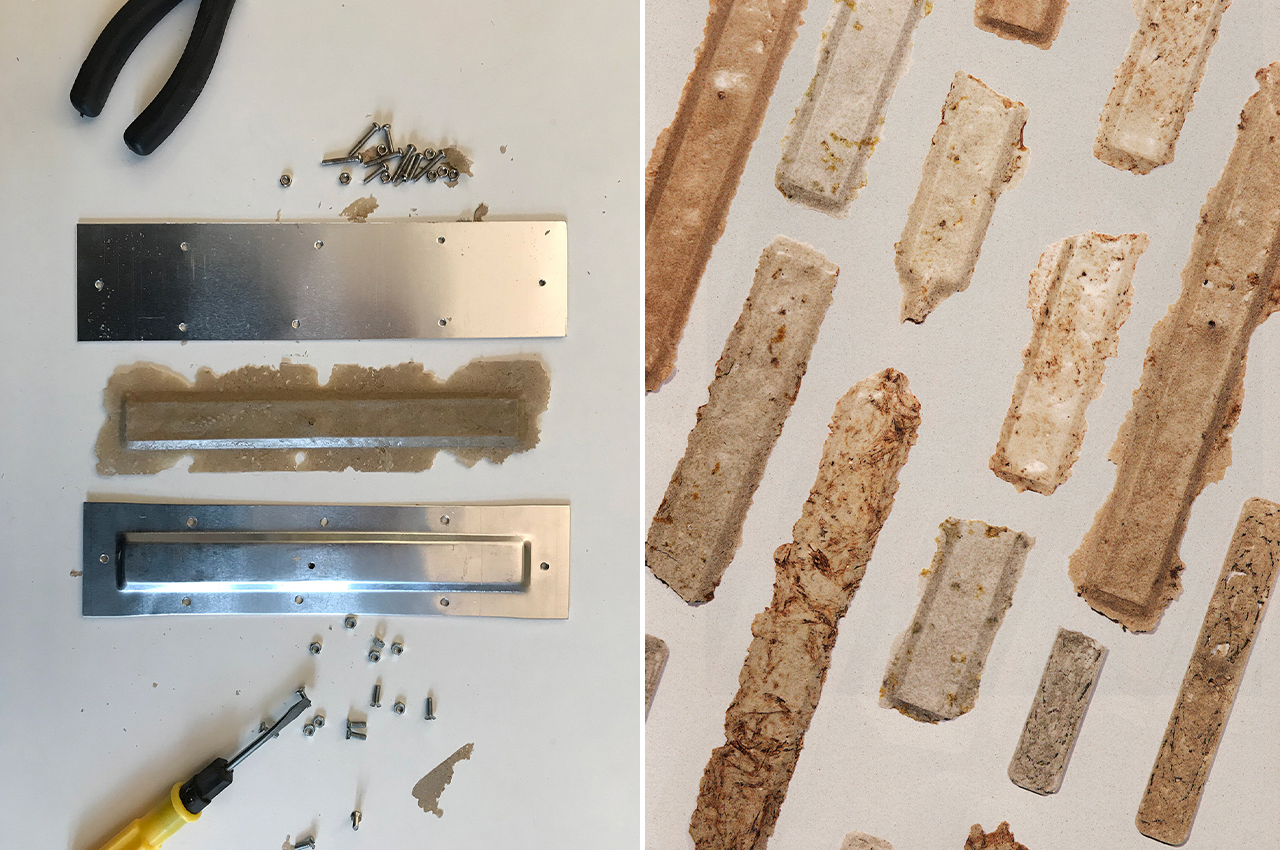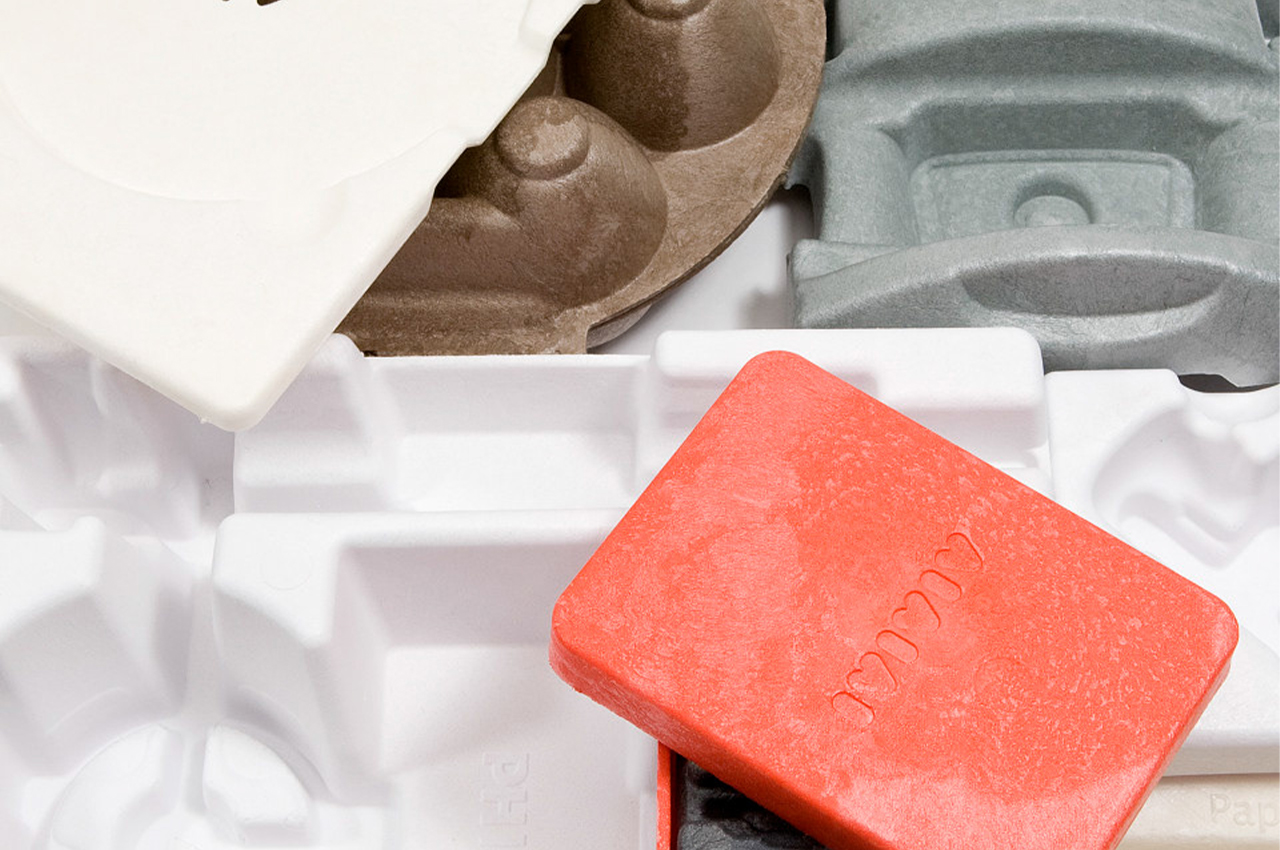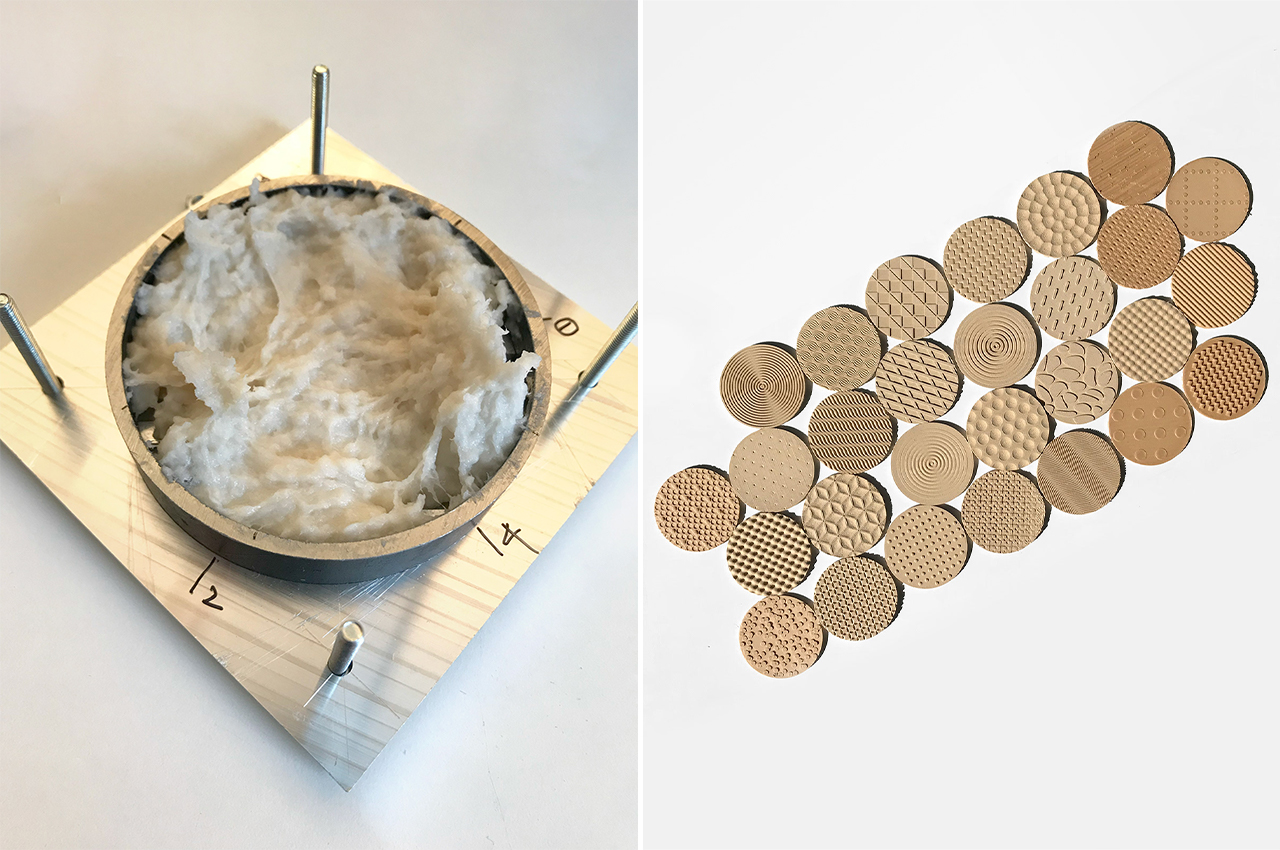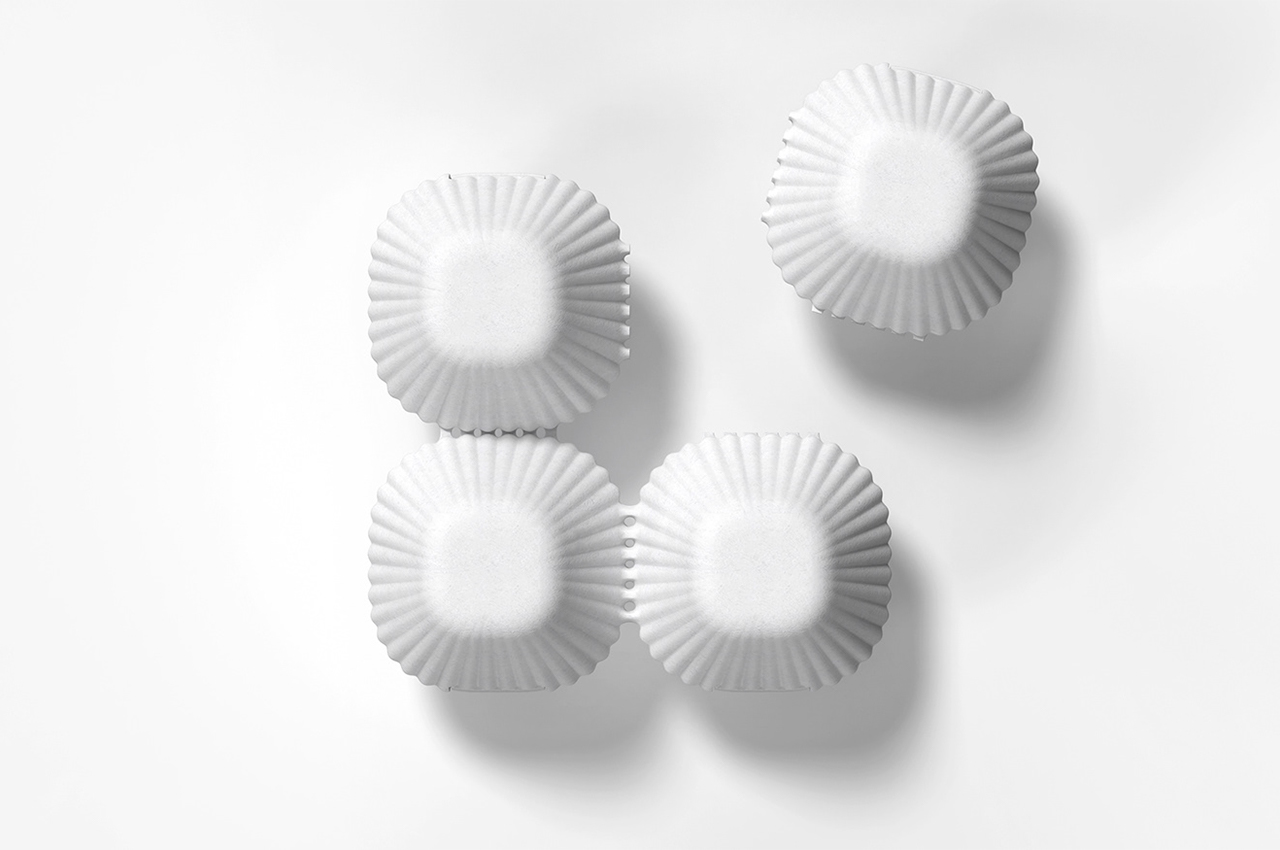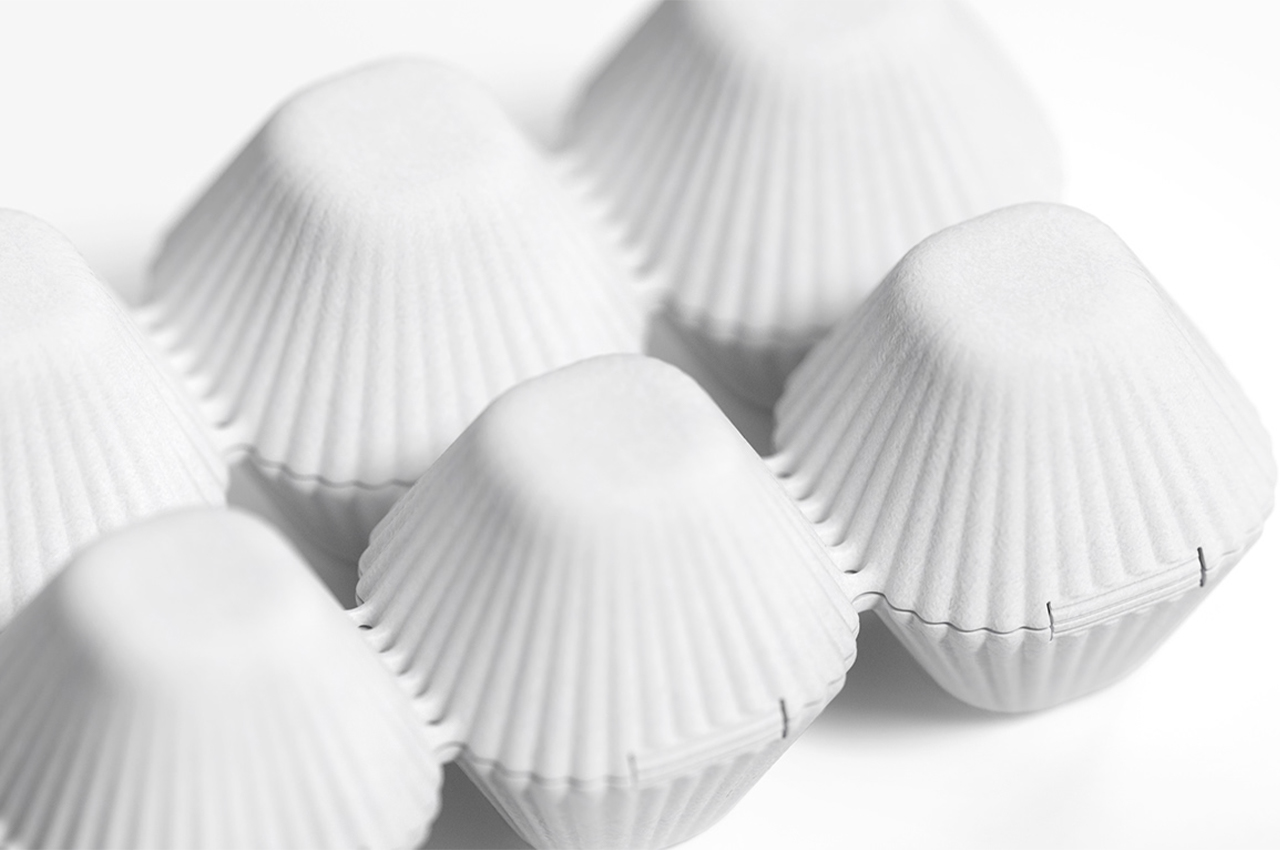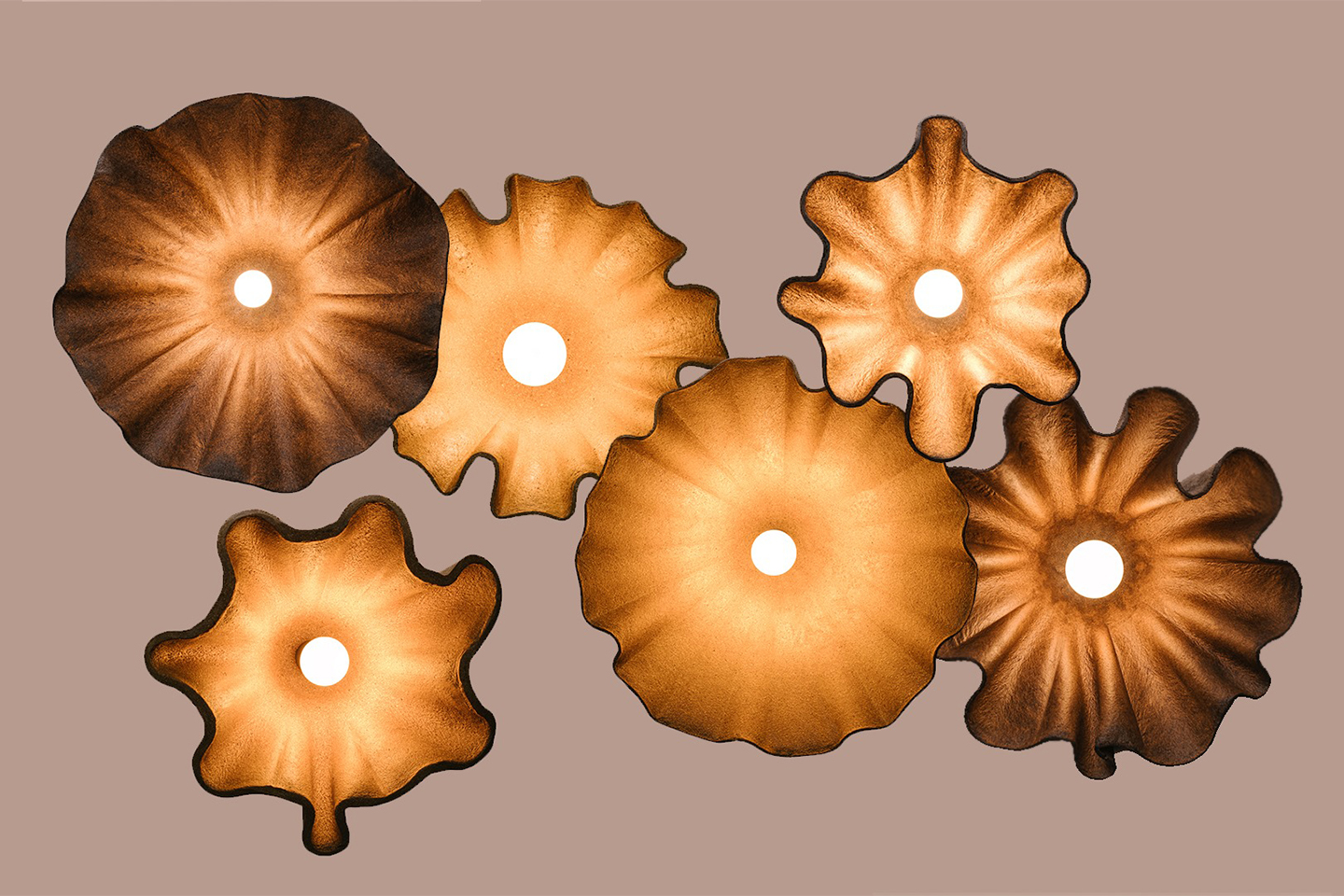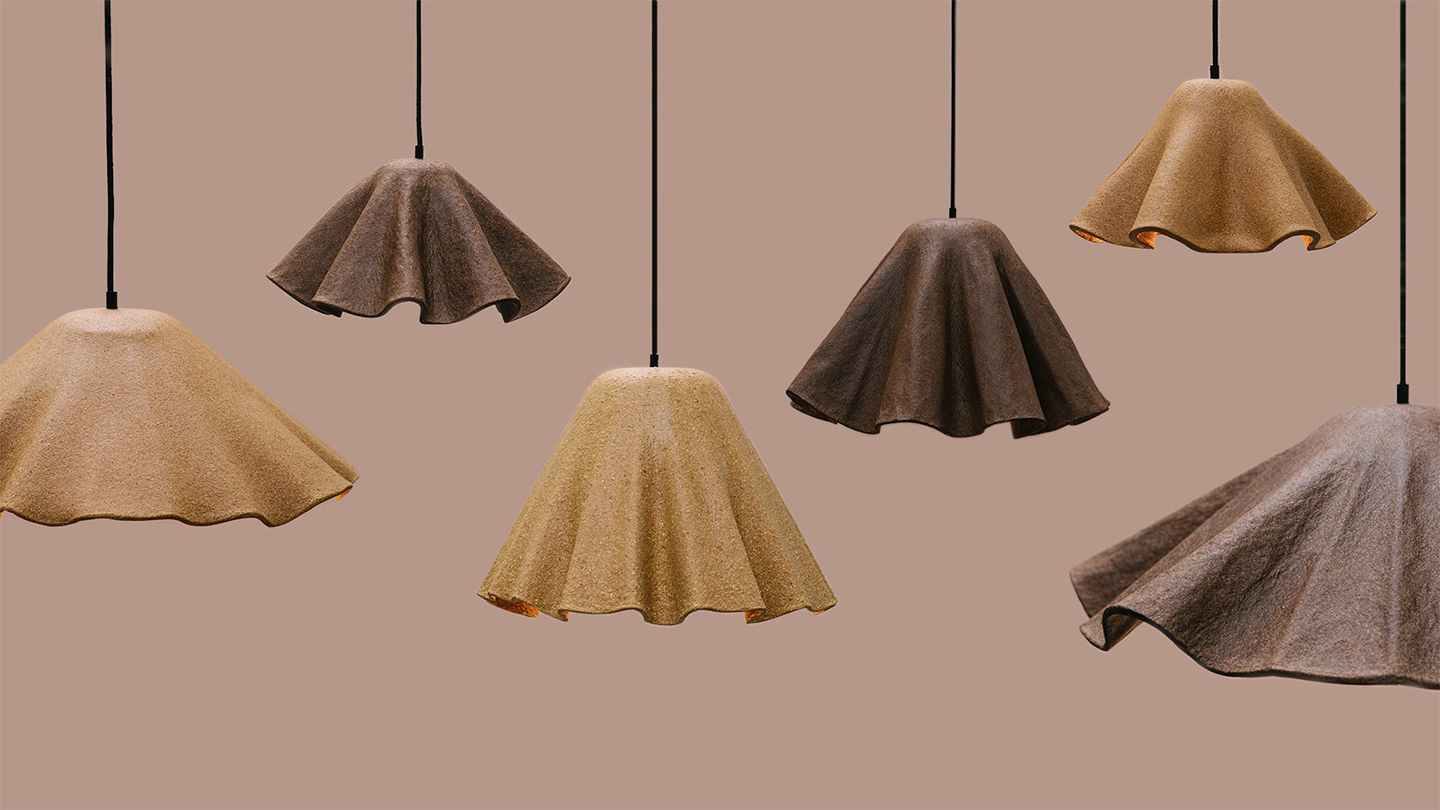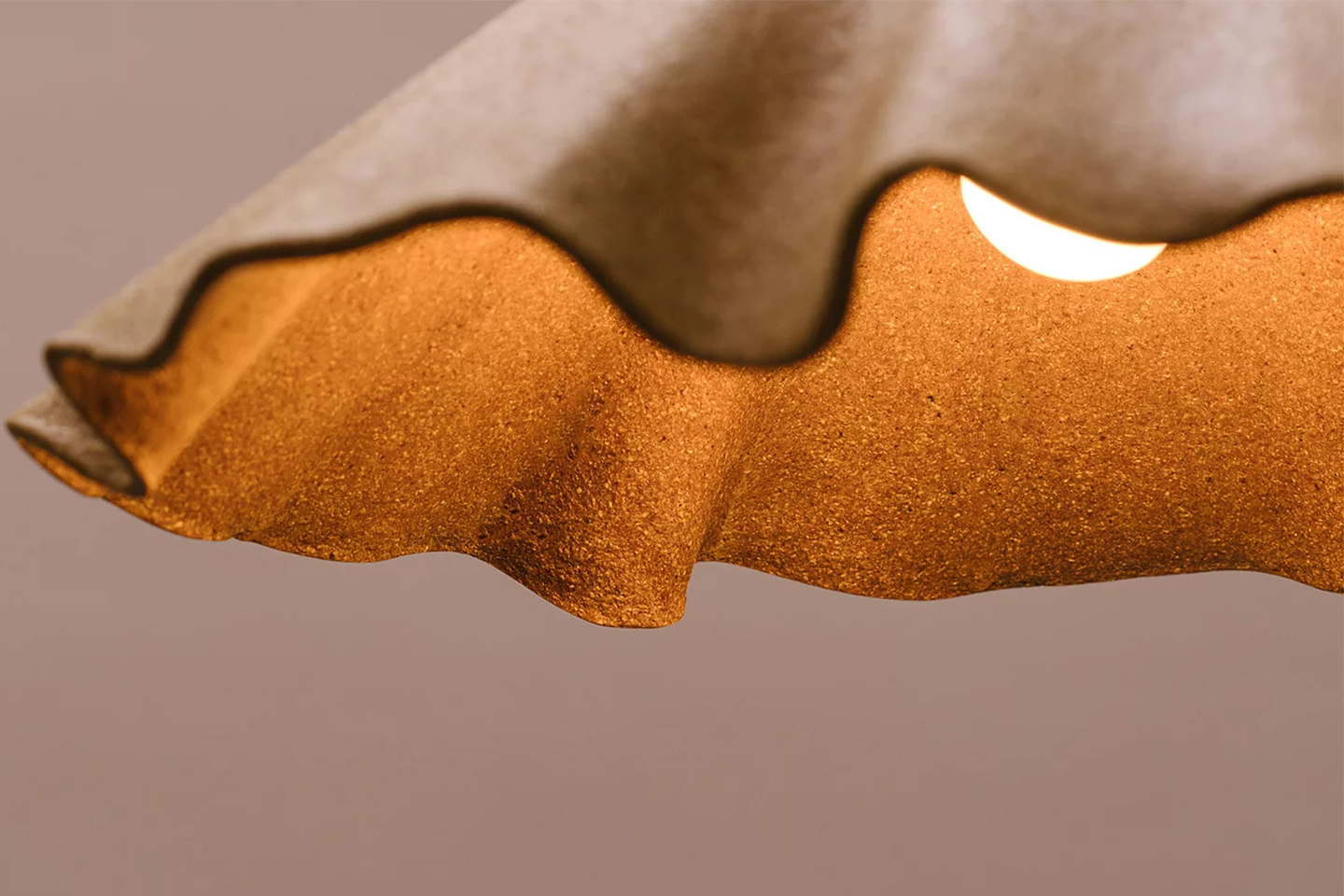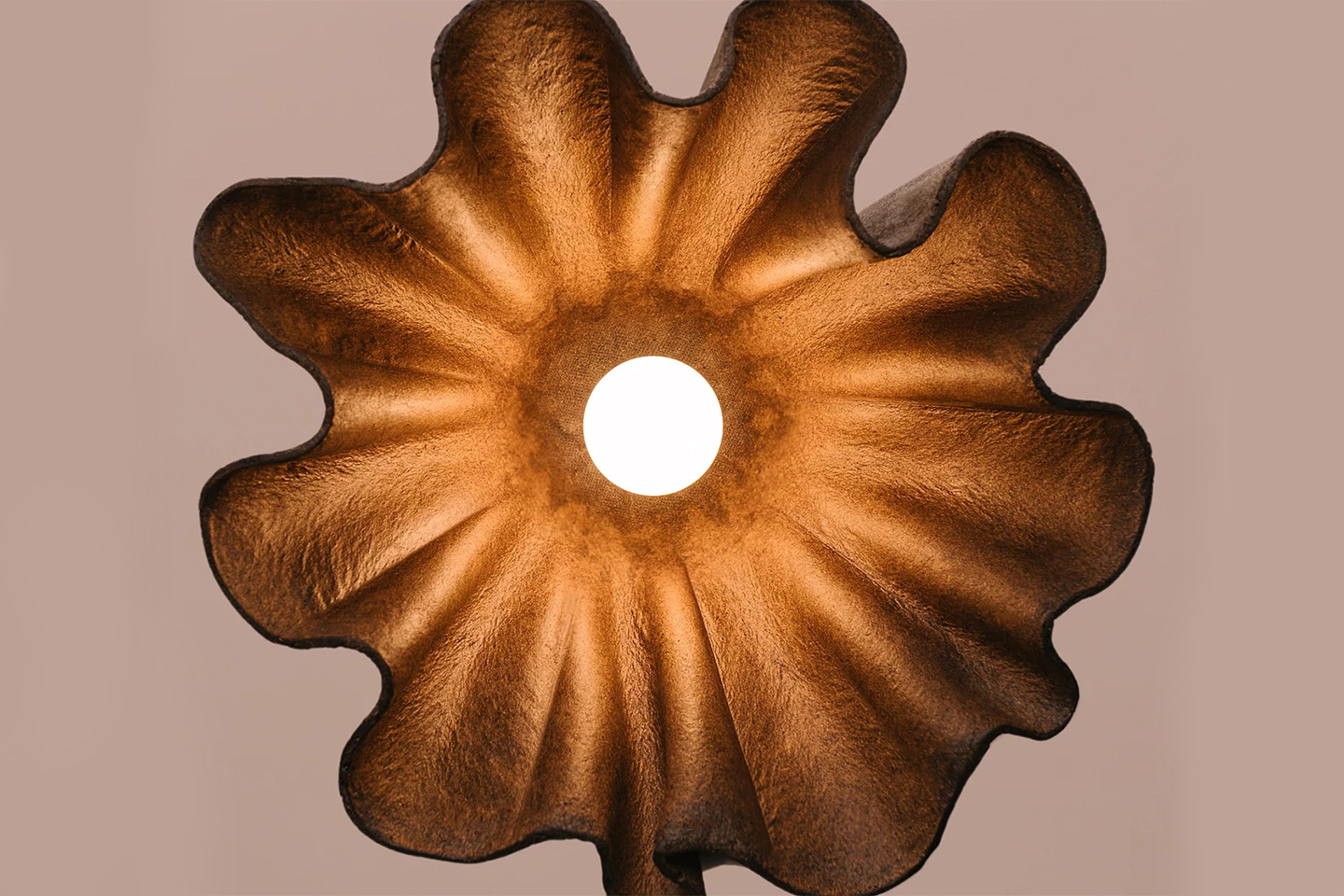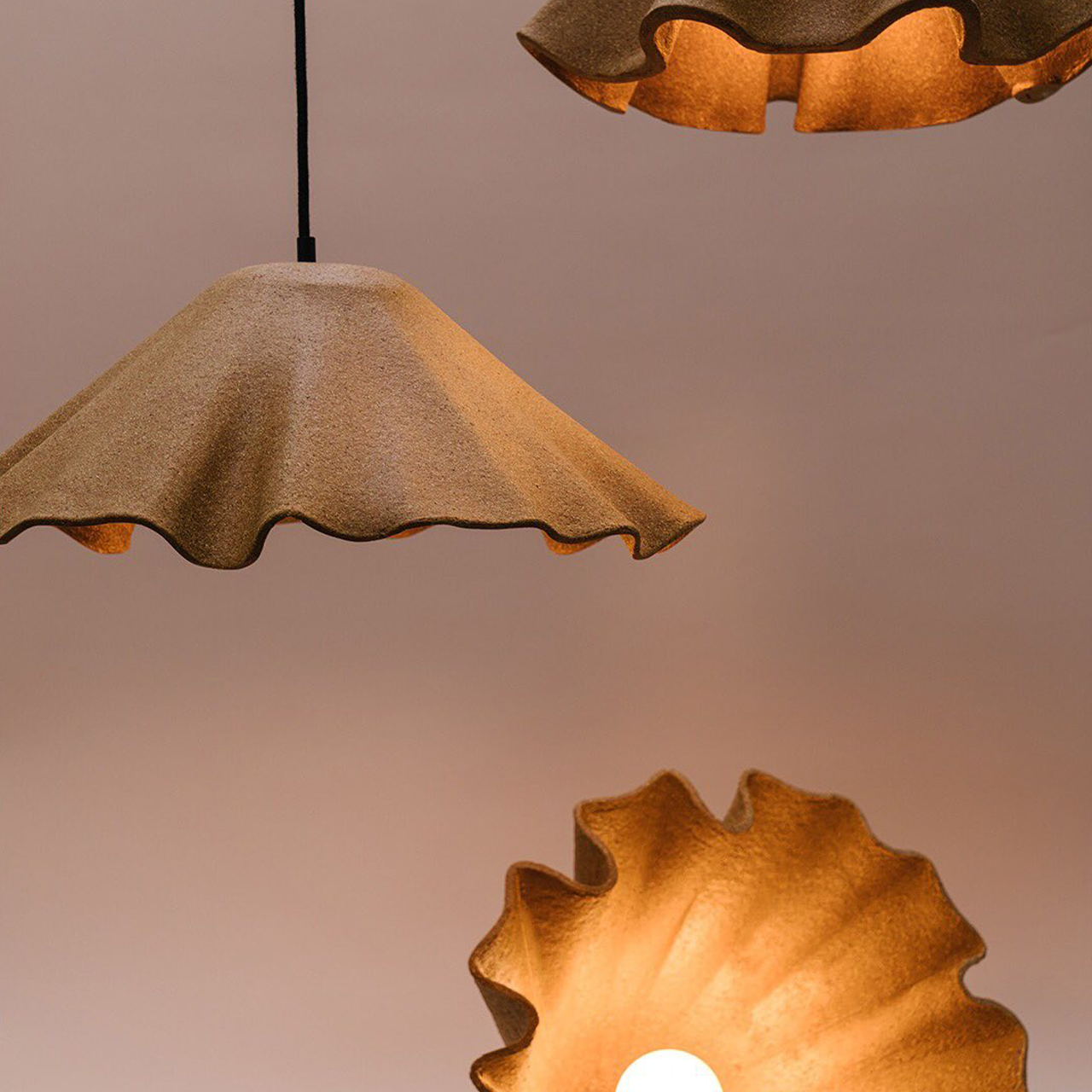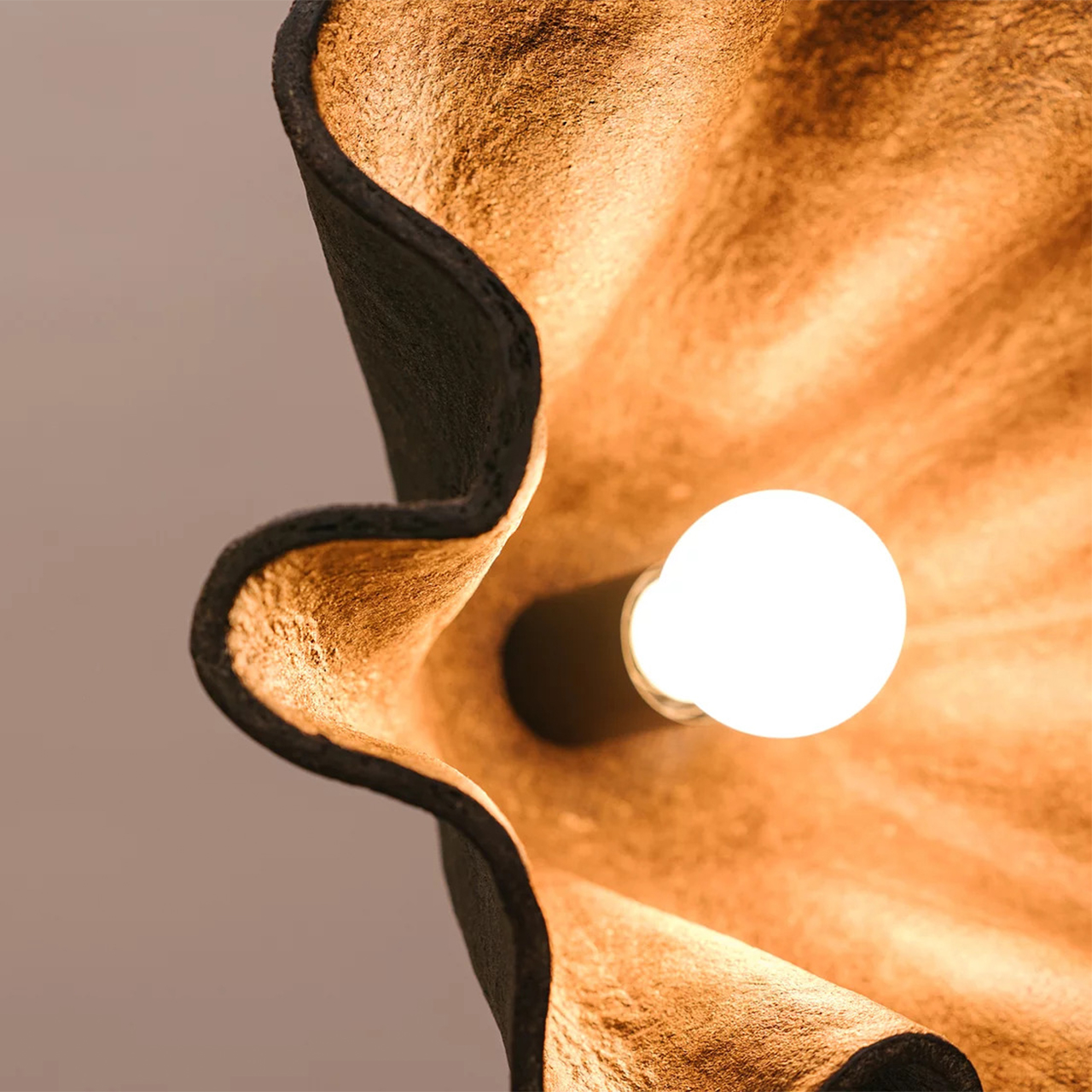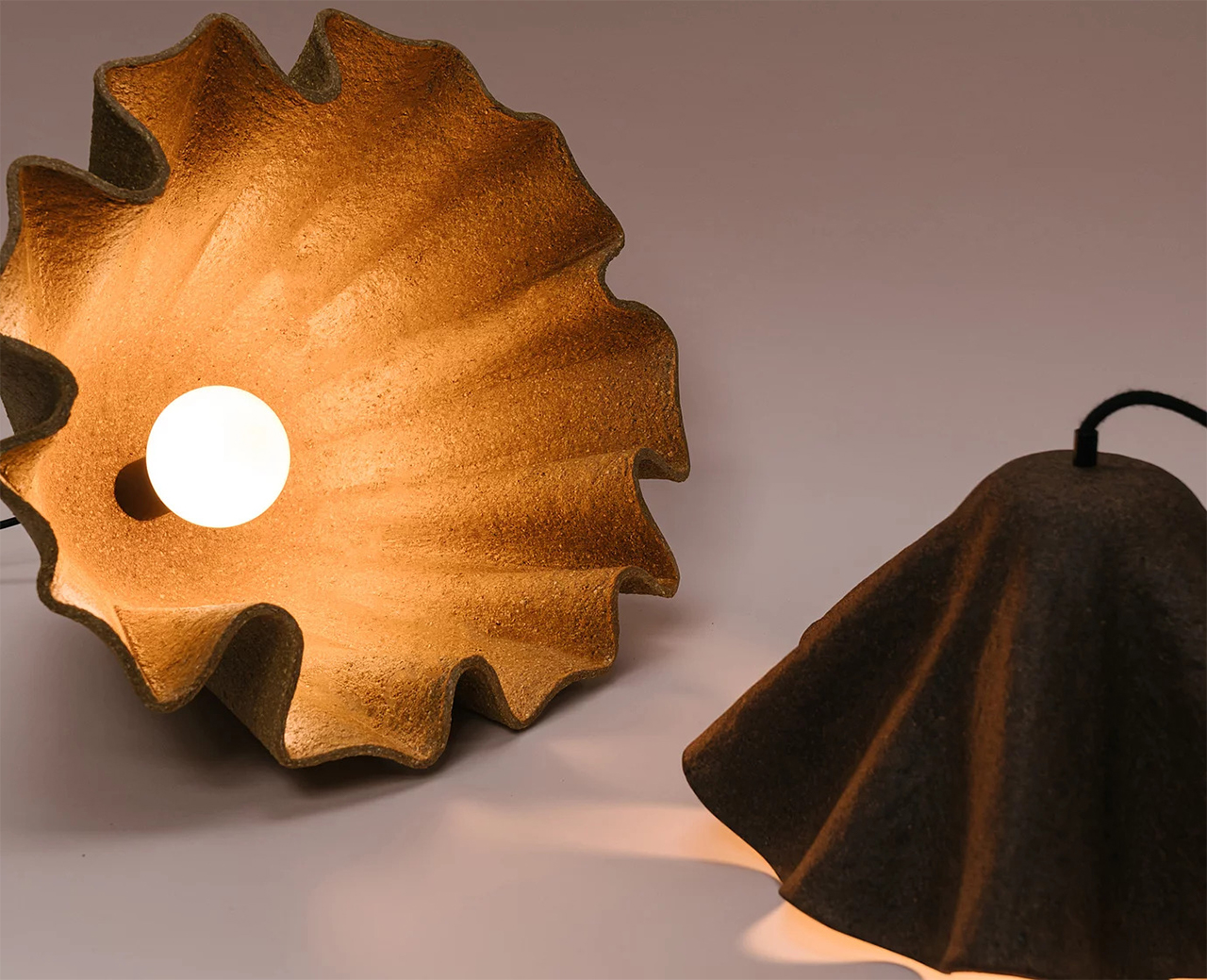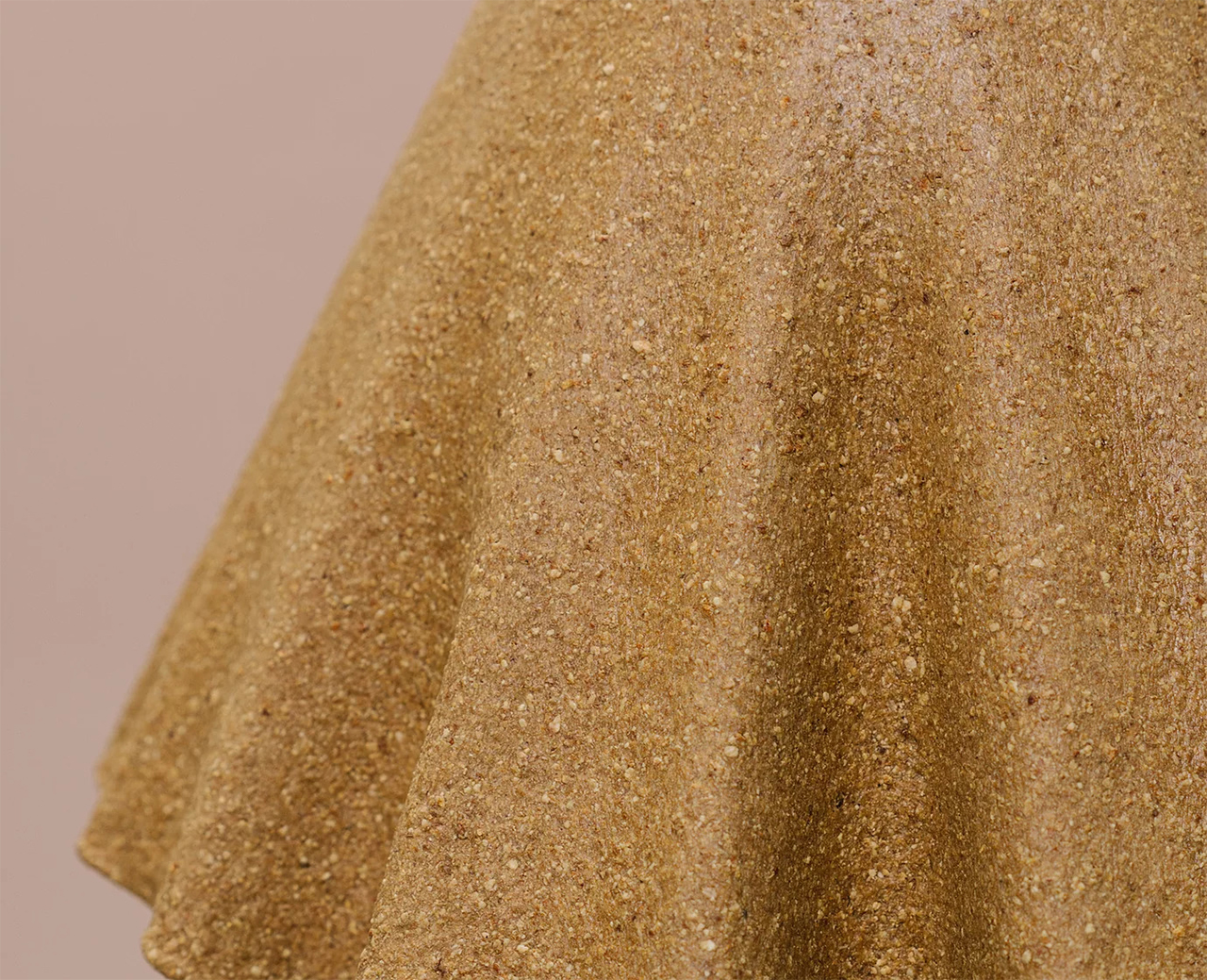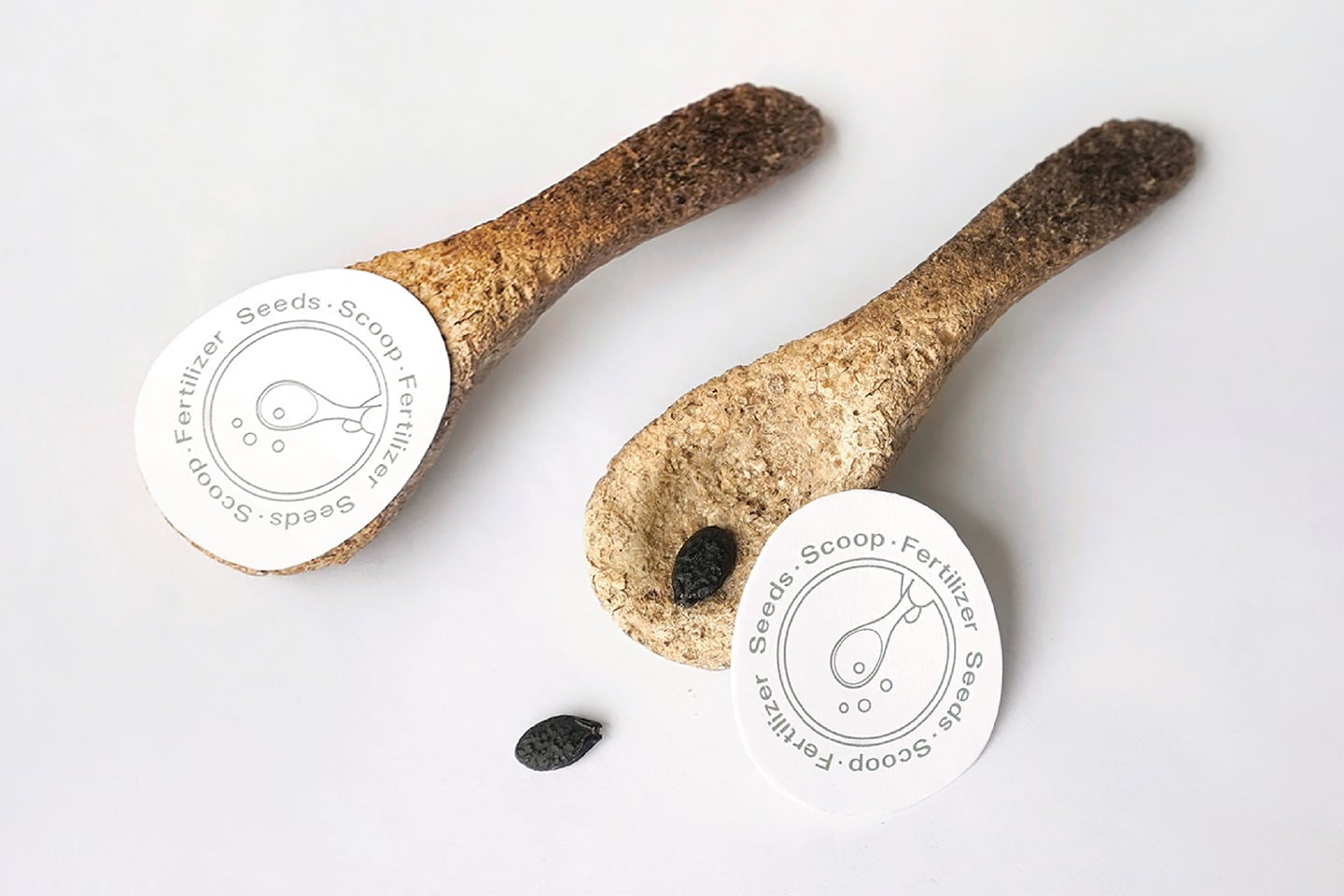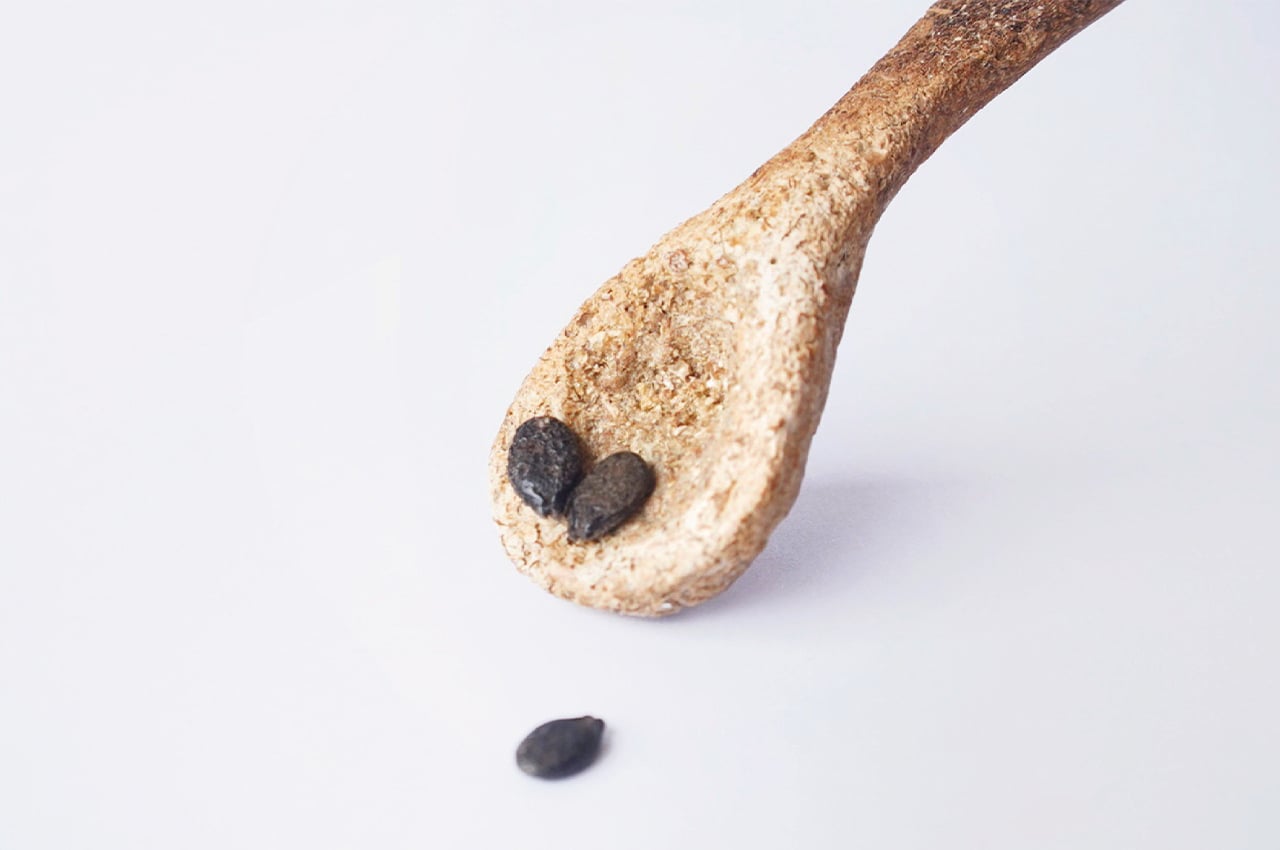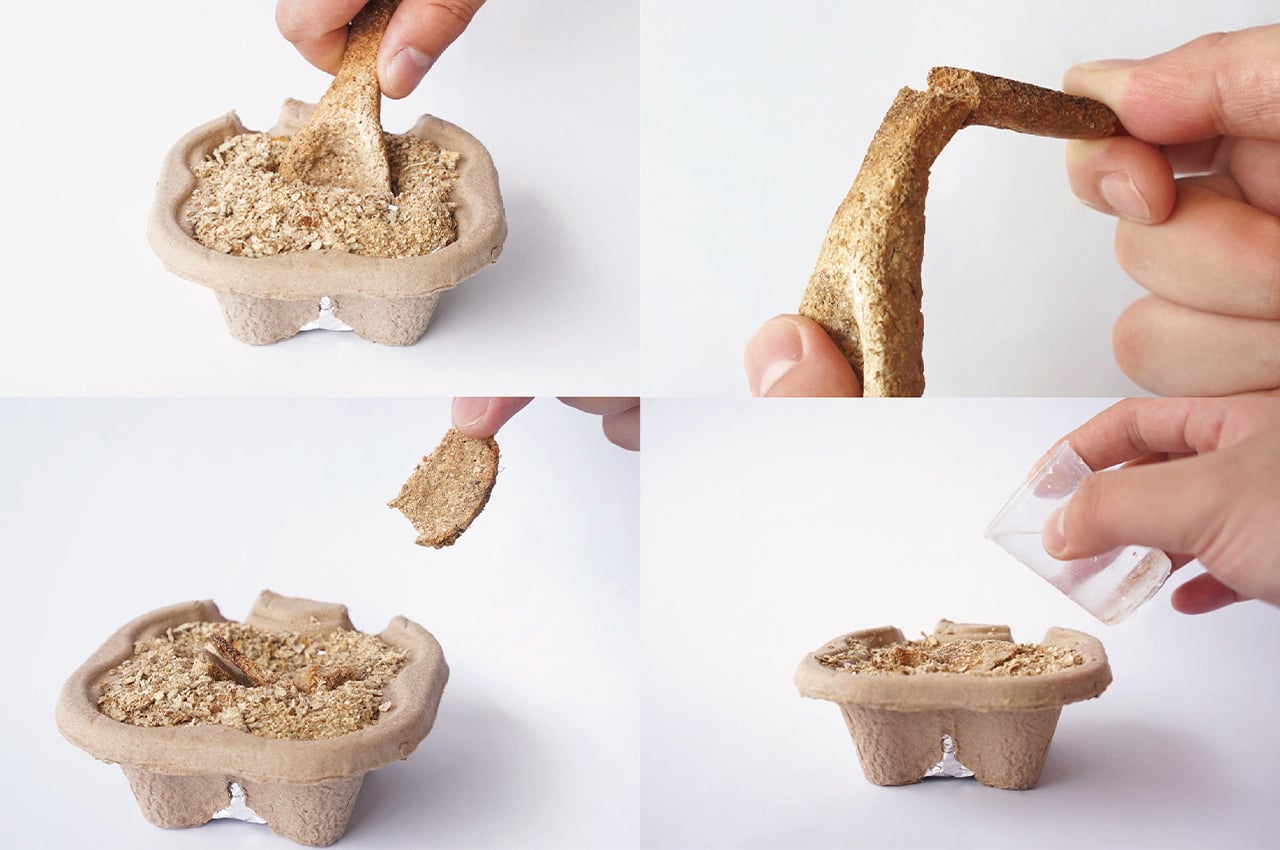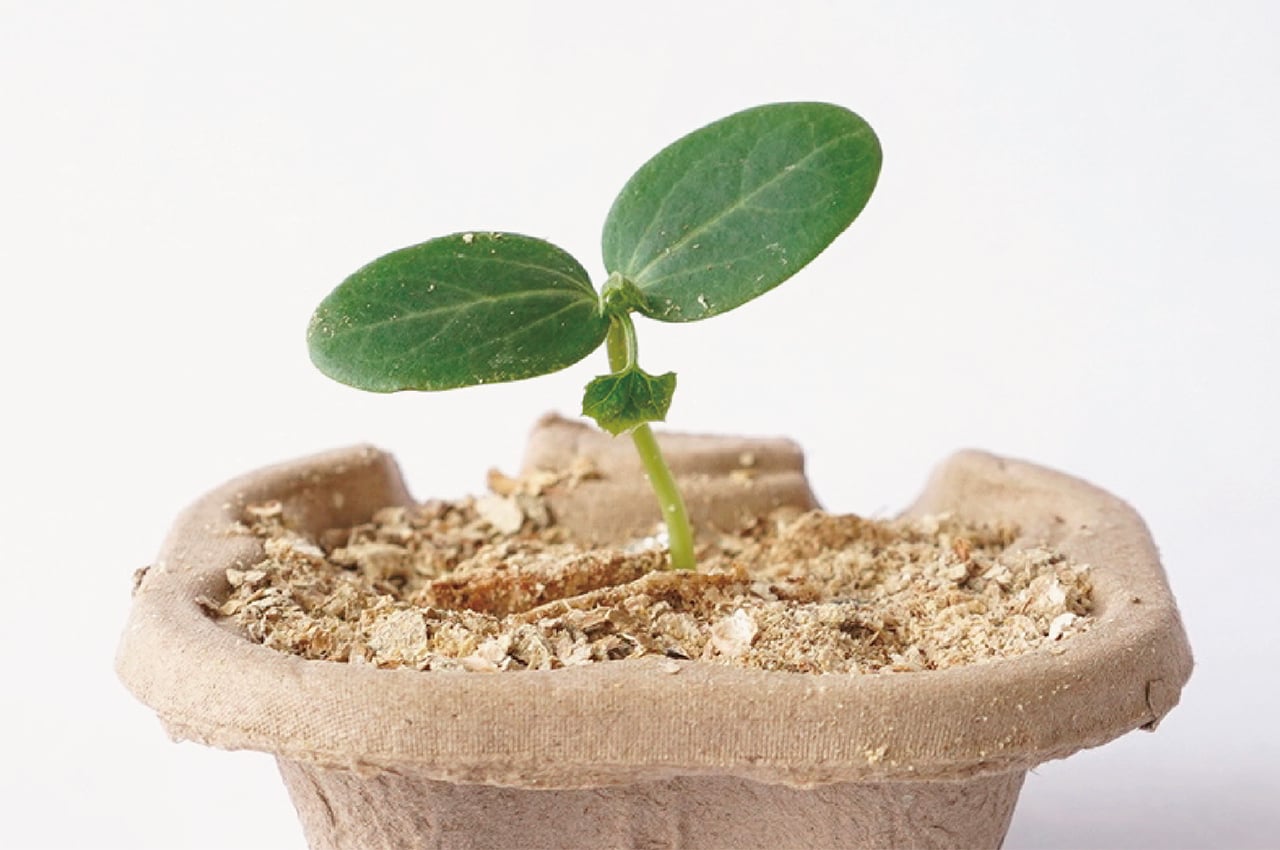Although smartphone manufacturers design their phones to be durable and resilient, a lot of owners still fret over the safety of their expensive purchases. Phone cases are a dime a dozen, but while that might be good for variety and choice, it’s terrible for the planet. These accessories are almost all made from some form of plastic or another, and they get discarded left and right the moment they become discolored or damaged. Very few manufacturers pay close attention to this aspect because of how protective cases have to be made cheap and plenty. Fortunately, there is a number that does take that responsibility quite seriously, producing this revolutionary iPhone case that you can plant in the soil after it has reached its end of life to watch it grow into new life as plants and flowers.
Designer: iGreen
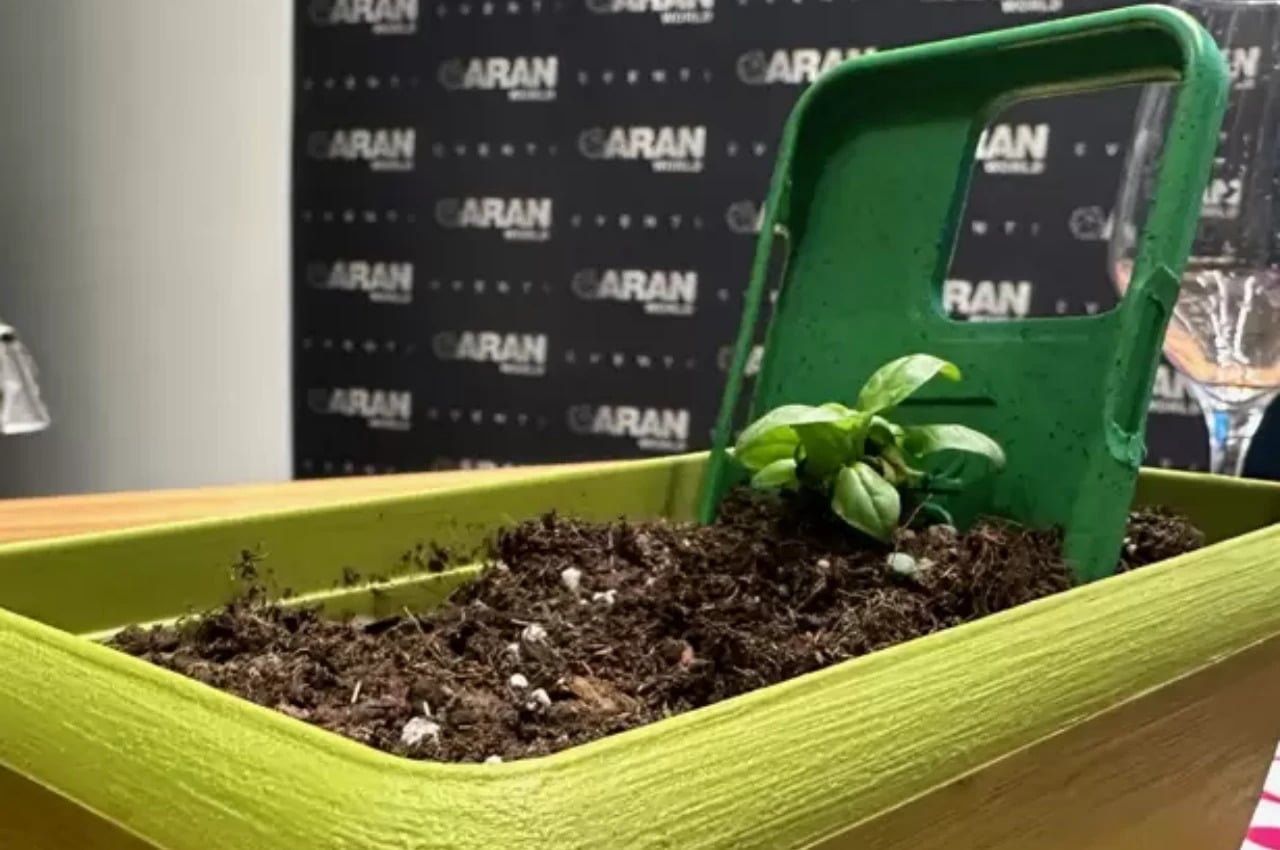
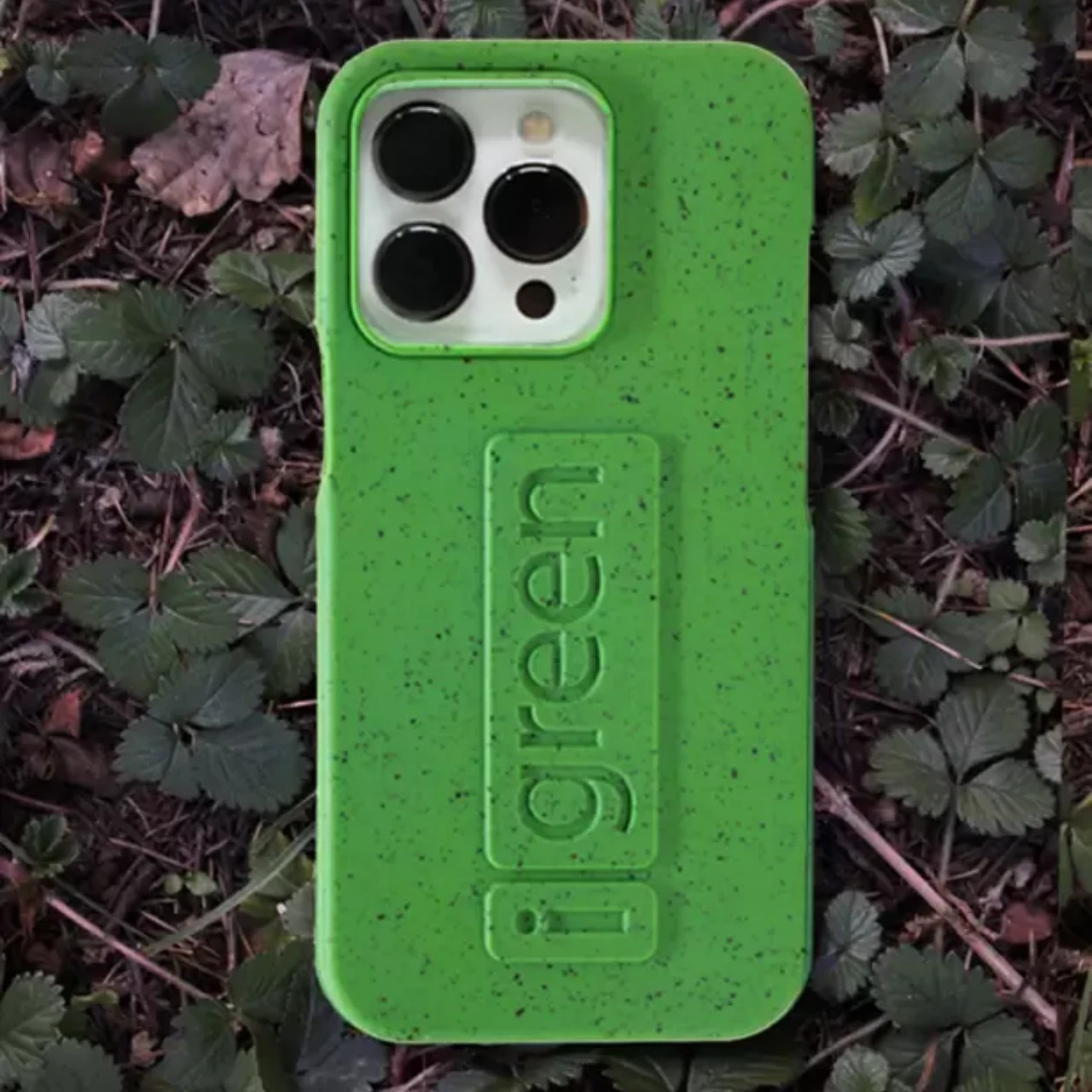
There’s no rule that phone cases have to be made from plastic or plastic-like materials, they just happen to be cheap, durable, and long-lasting. They’re not immortal, of course, and once cases break or get discolored over time, they’re completely useless and have to be thrown out. That’s not even considering perfectly usable cases that are disposed of simply because they are no longer attractive or match the owner’s interests. Some manufacturers do have programs for recycling the plastics in these cases to make new cases, but iGreen Gadgets actually has an even more creative use for these discarded accessories.
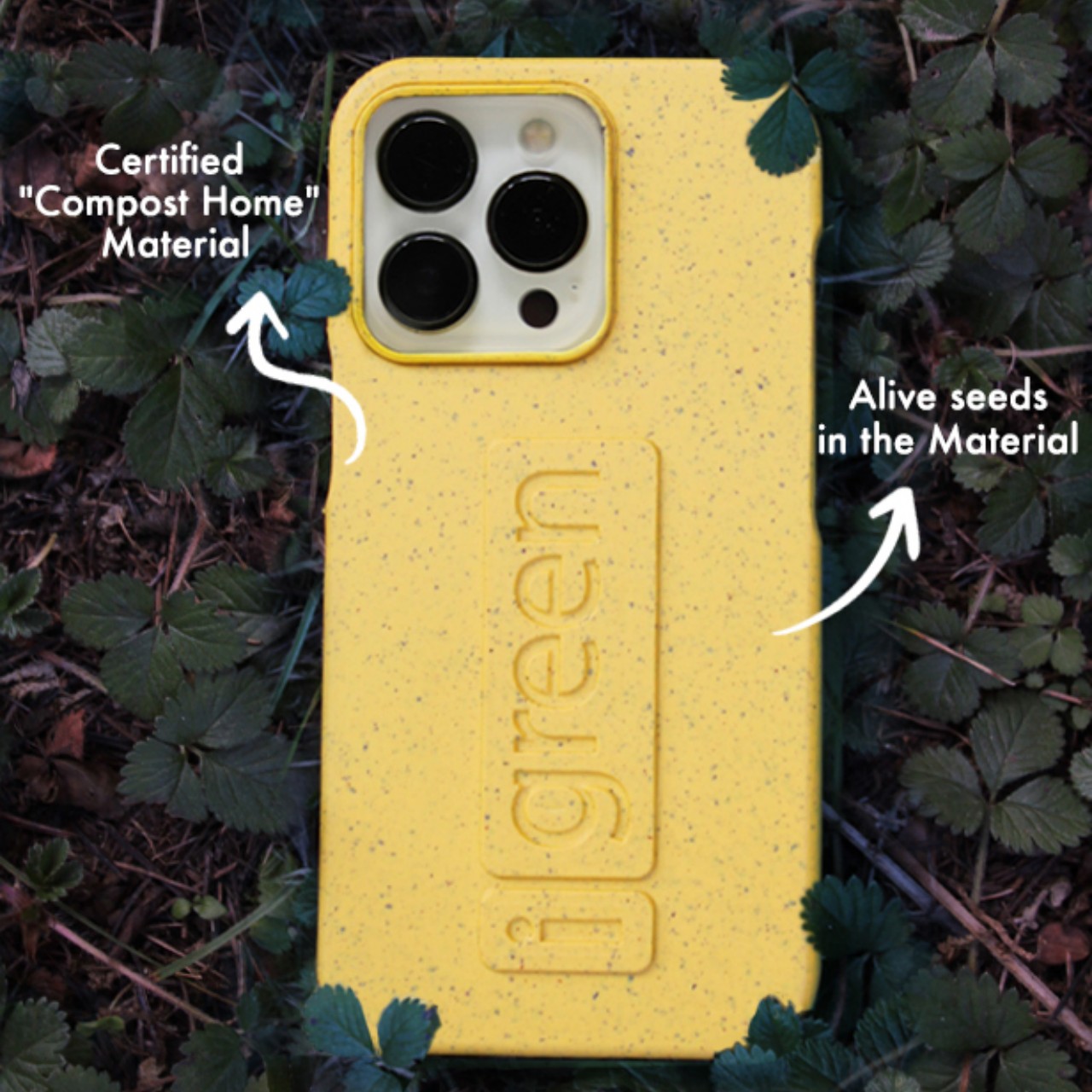
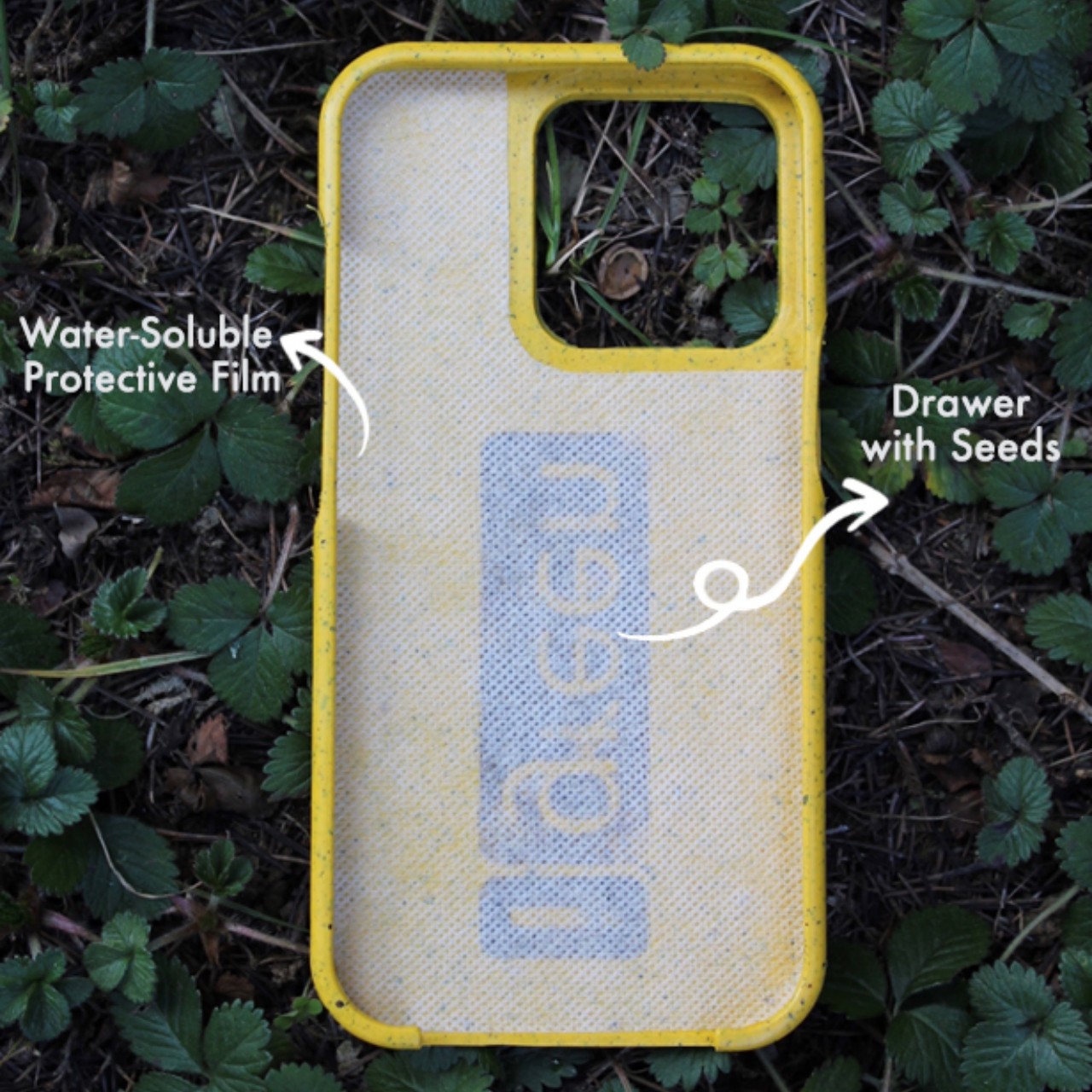
For starters, the case is 100% compostable, so it will decay and dissolve into the earth when buried. The material is based on cornstarch, a very common biodegradable substance that’s also used in many plastic alternatives. Even the powder used to produce colors is also naturally based. Despite its completely biodegradable nature, the cases still provide the necessary protection your iPhone needs to survive accidents and avoid an early retirement in landfills.
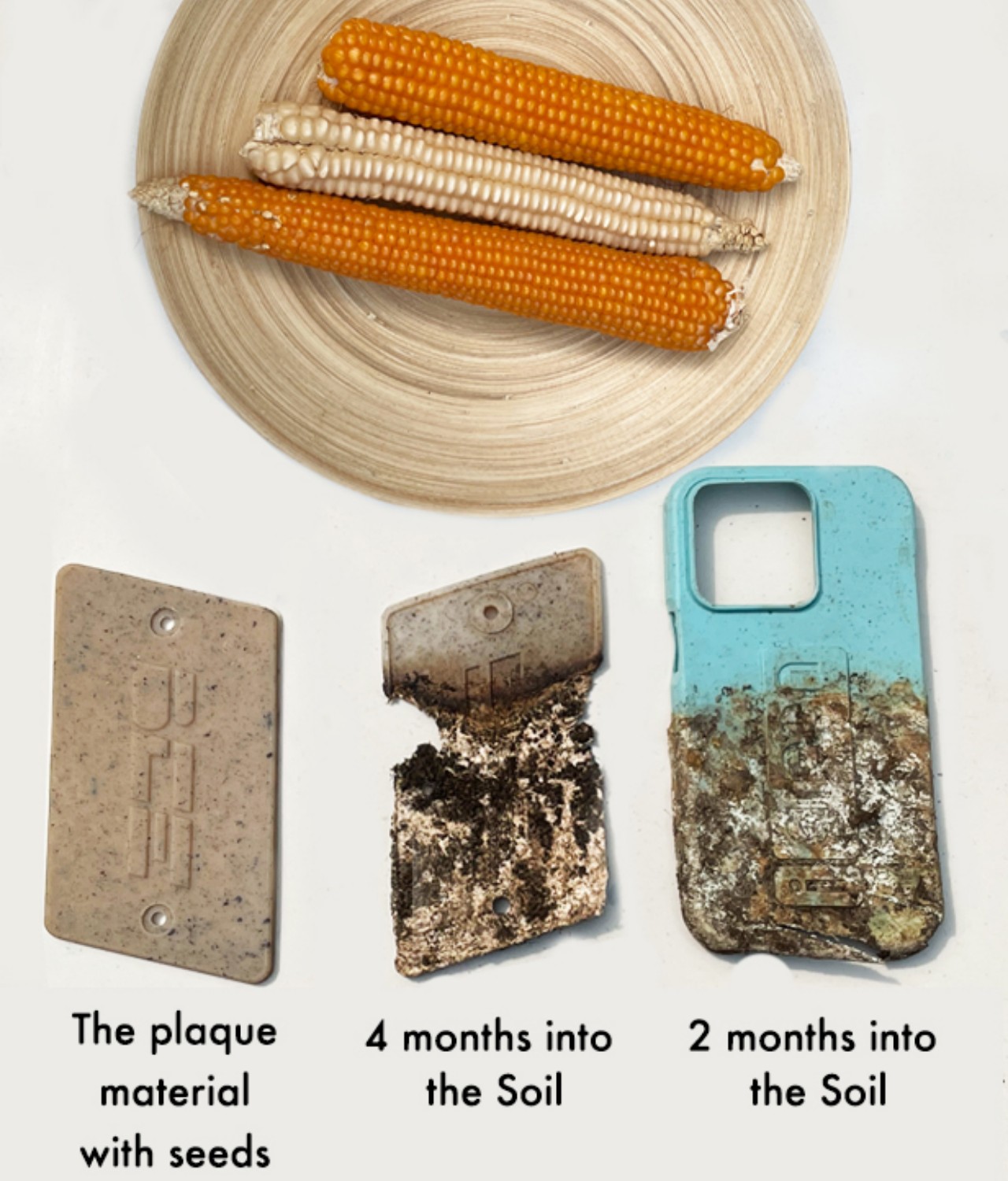
The difference from other bioplastic cases is that each iGreen Cover case contains living seeds protected by a special water-soluble film inside the cover. Once the case has served its purpose, you simply have to plant it in a pot at a 30-degree angle with the inside of the cover facing up. You cover it with soil while leaving the upper half of the case exposed, water it, and expose it to sunlight, and within a few weeks, you will be able to witness your phone case transforming into plants.
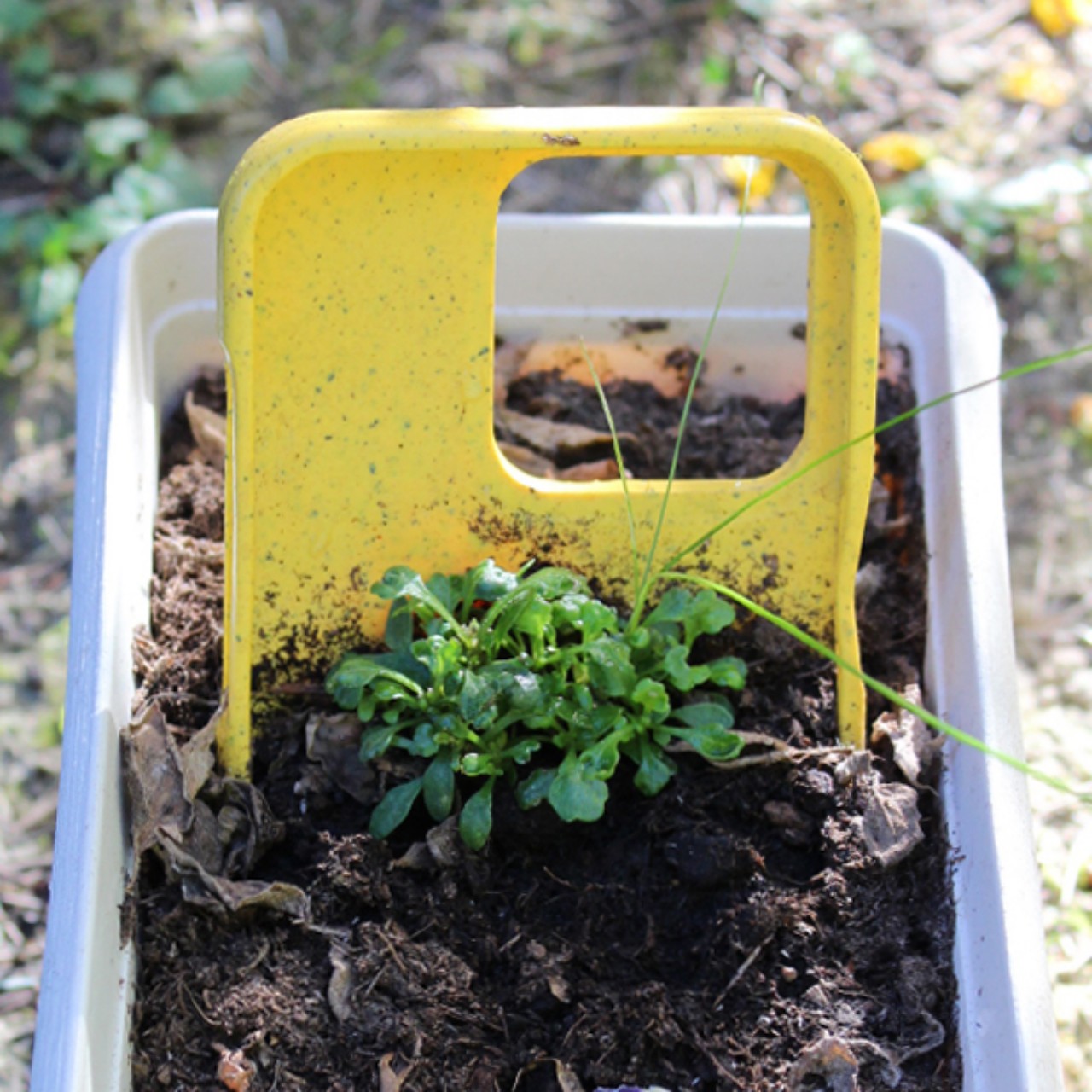
Different case colors hold different kinds of seeds. Green will grow basil, yellow for daisies, and light blue for Forget-me-nots. The case itself, specifically the cornstarch, contains everything the seeds need to survive inside the case and then grow once planted. The plants that grow won’t be that practical. The flowers are mostly decorative, though basil can probably be used for cooking. Still, it’s a rather ingenious and creative way to reuse a product that’s often discarded mindlessly, turning a planet-killer into a plant-grower.
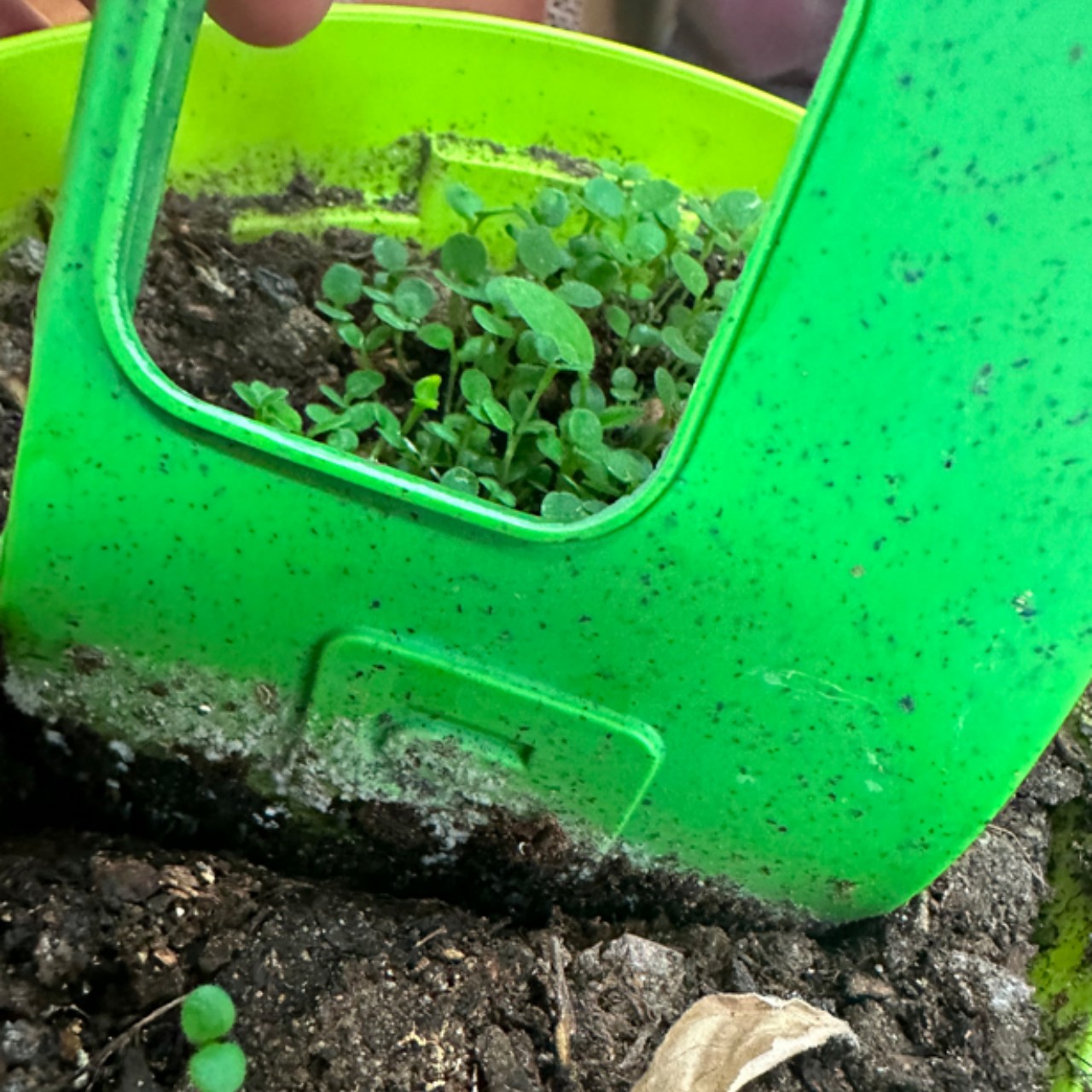
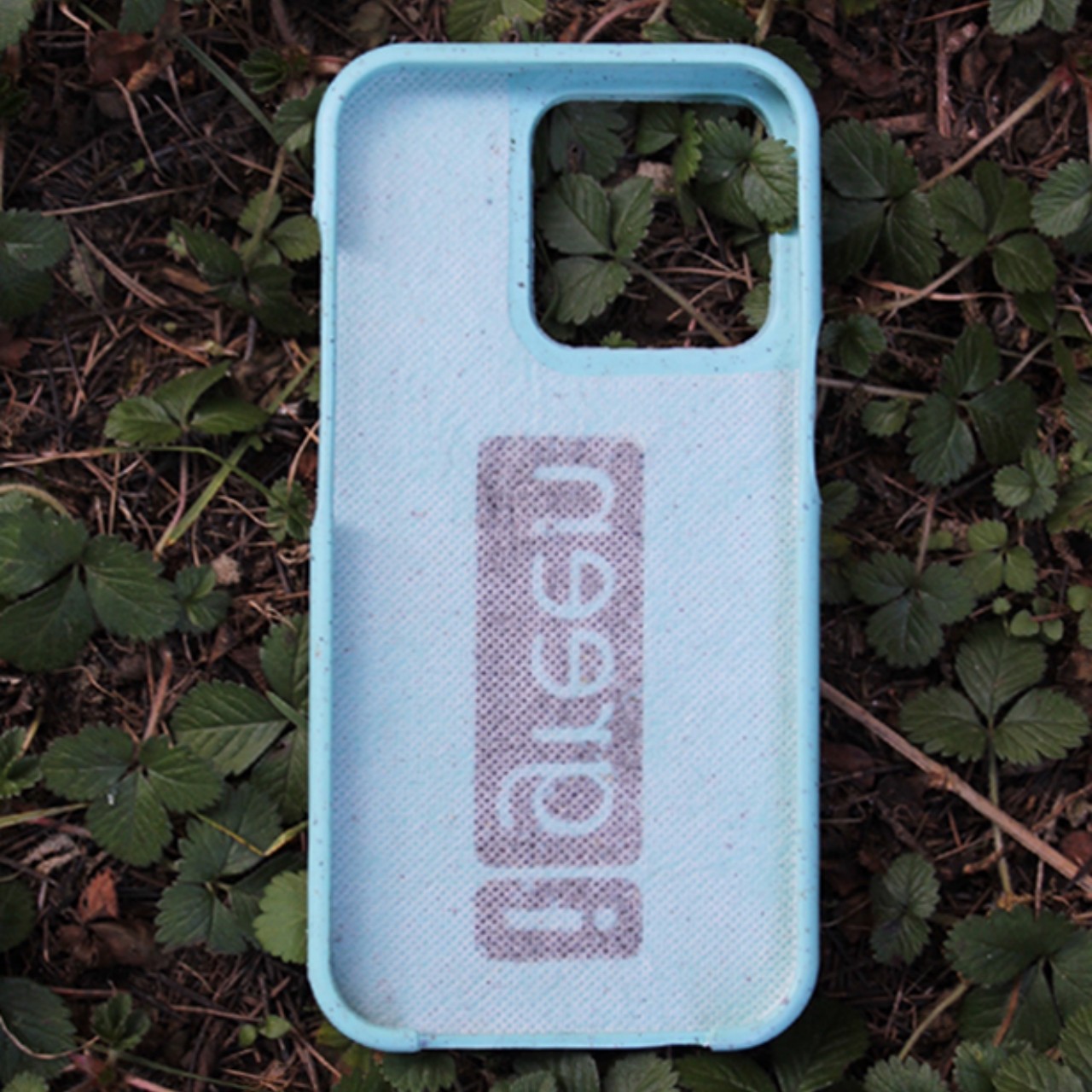
The post This compostable iPhone case can be potted to grow plants and flowers first appeared on Yanko Design.
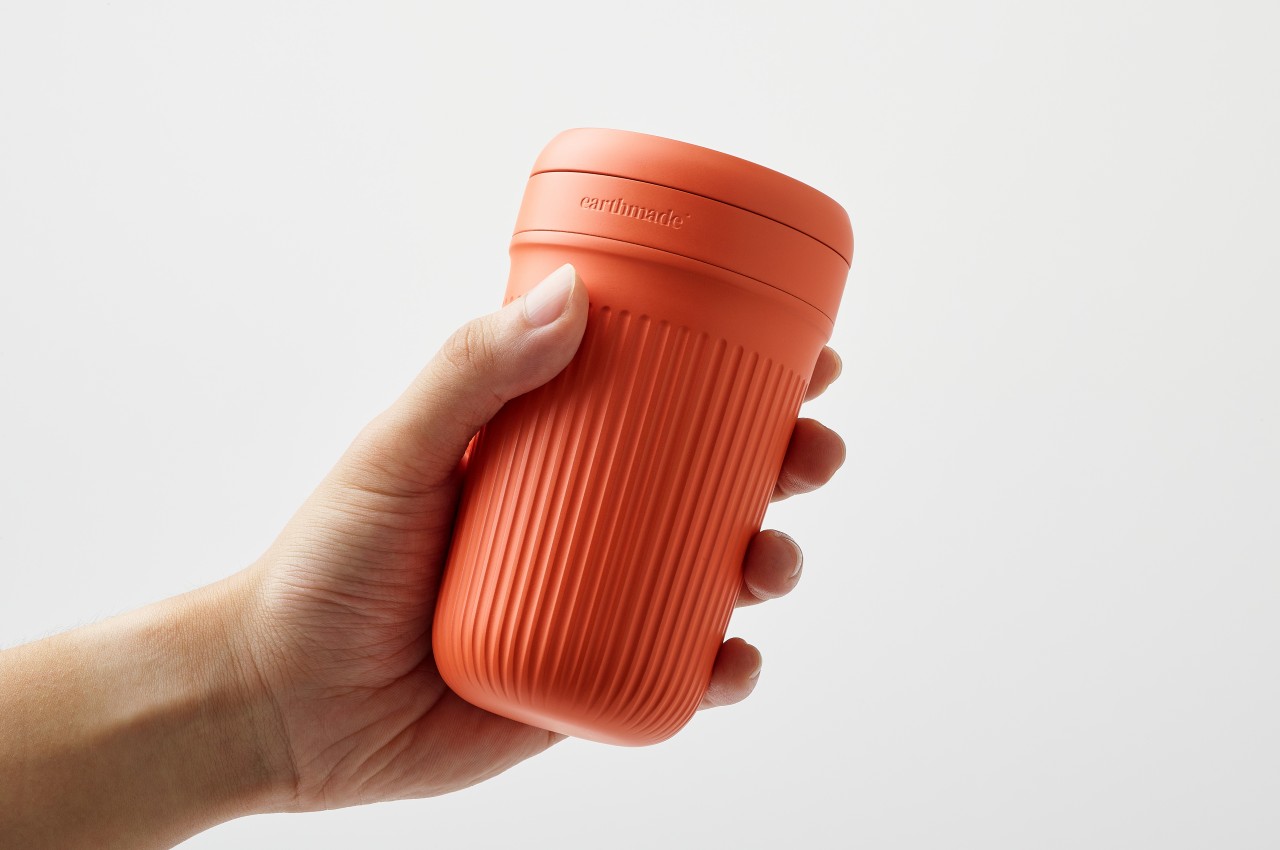
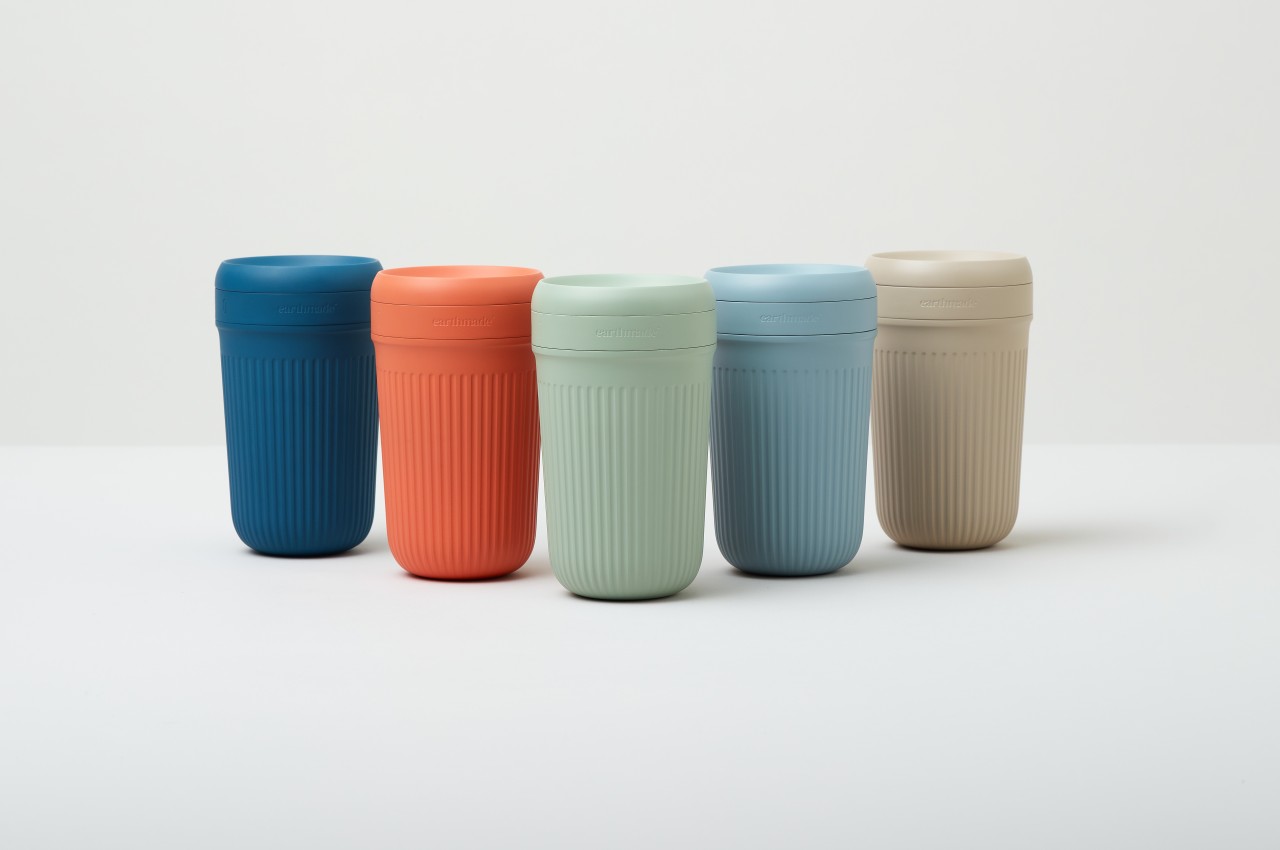
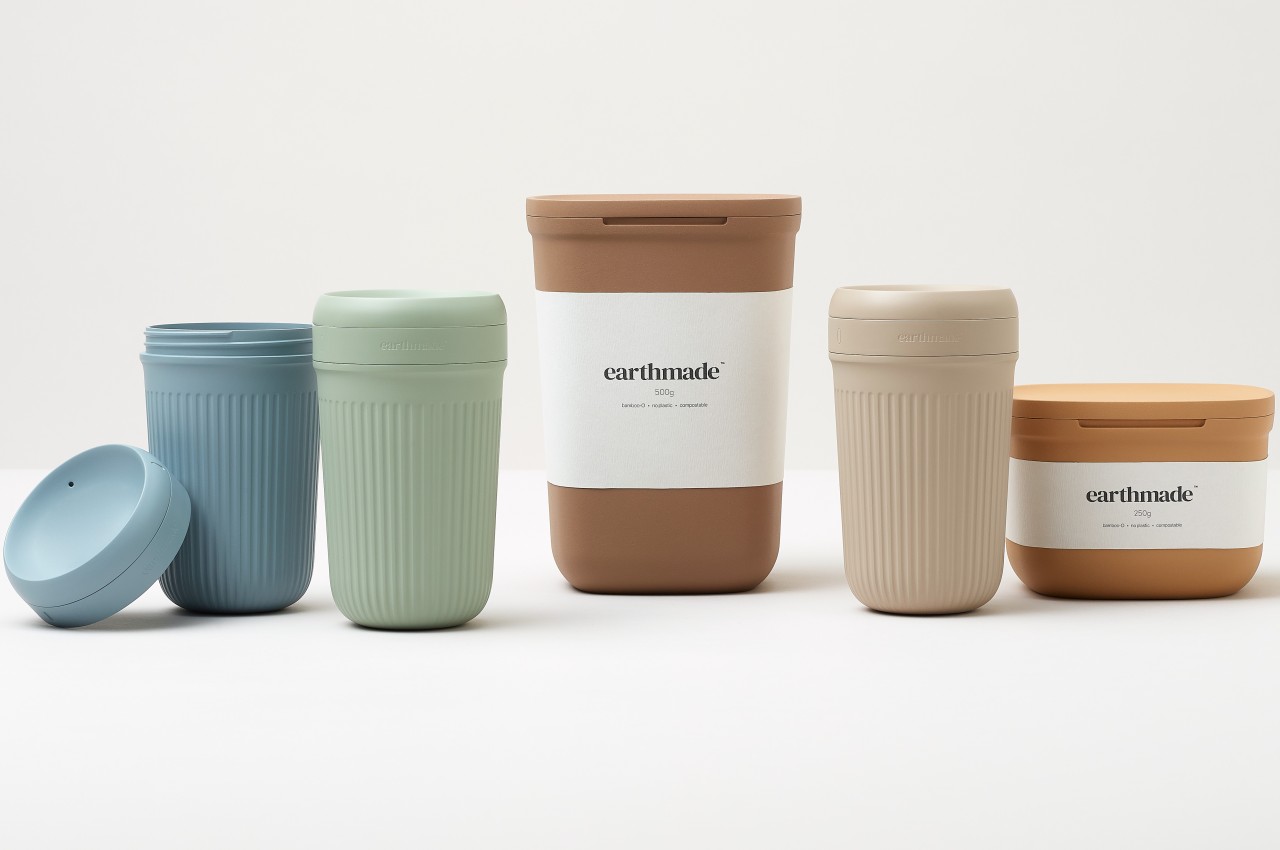
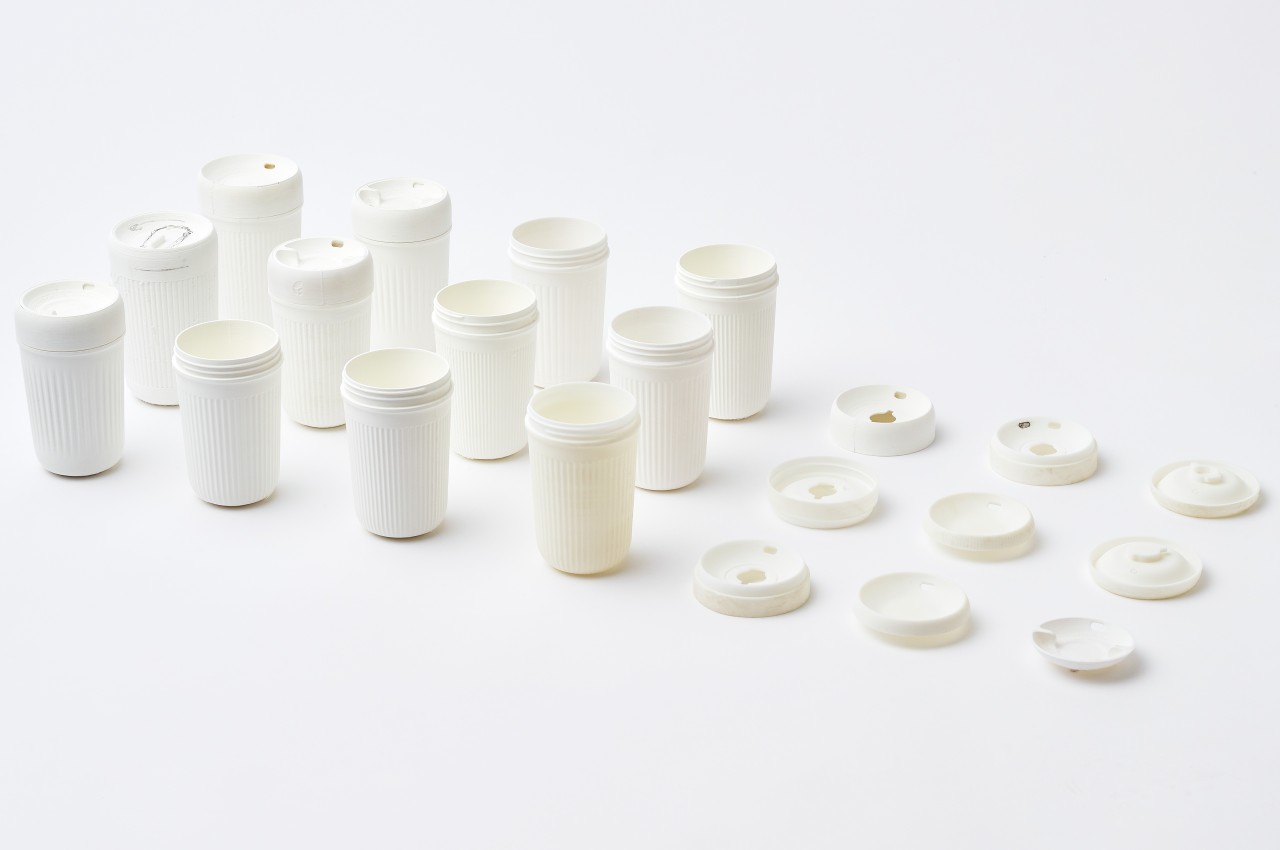
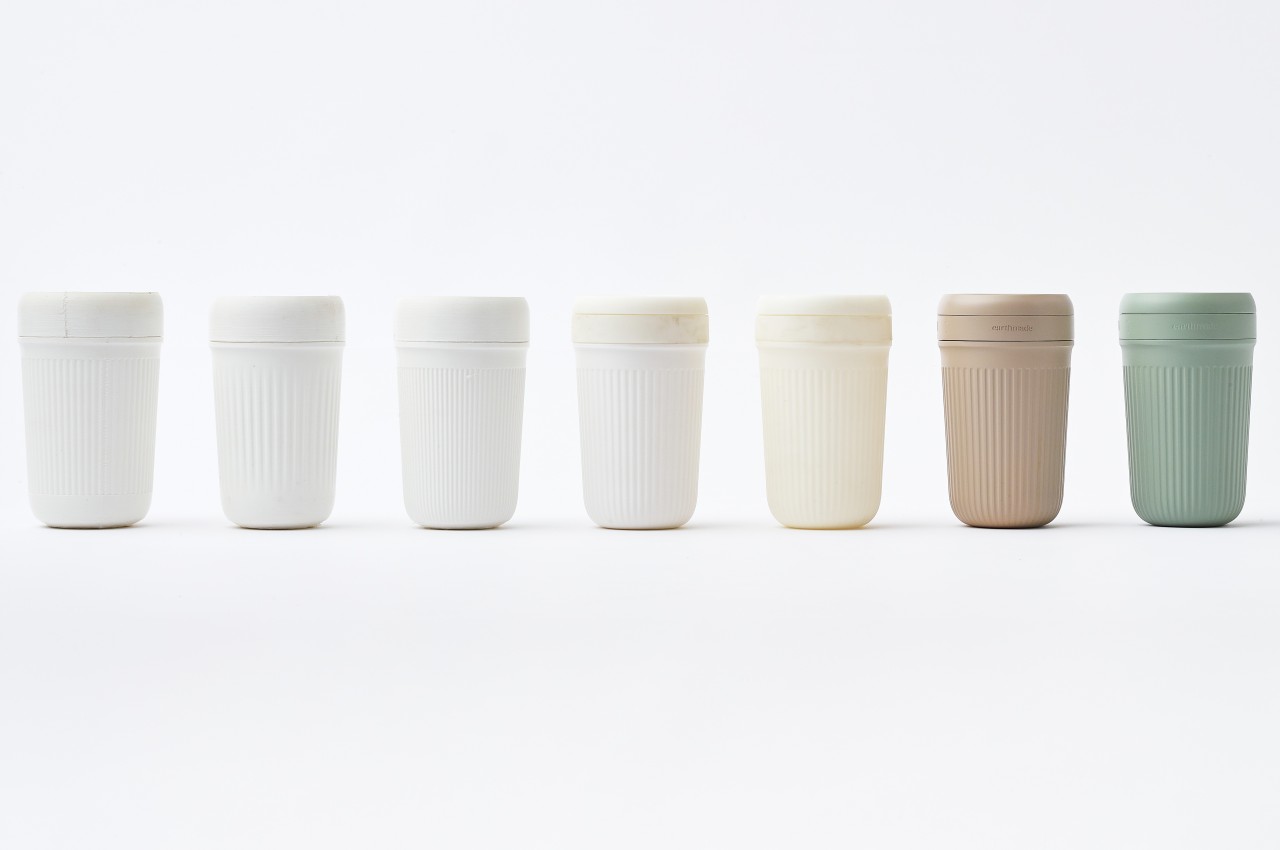
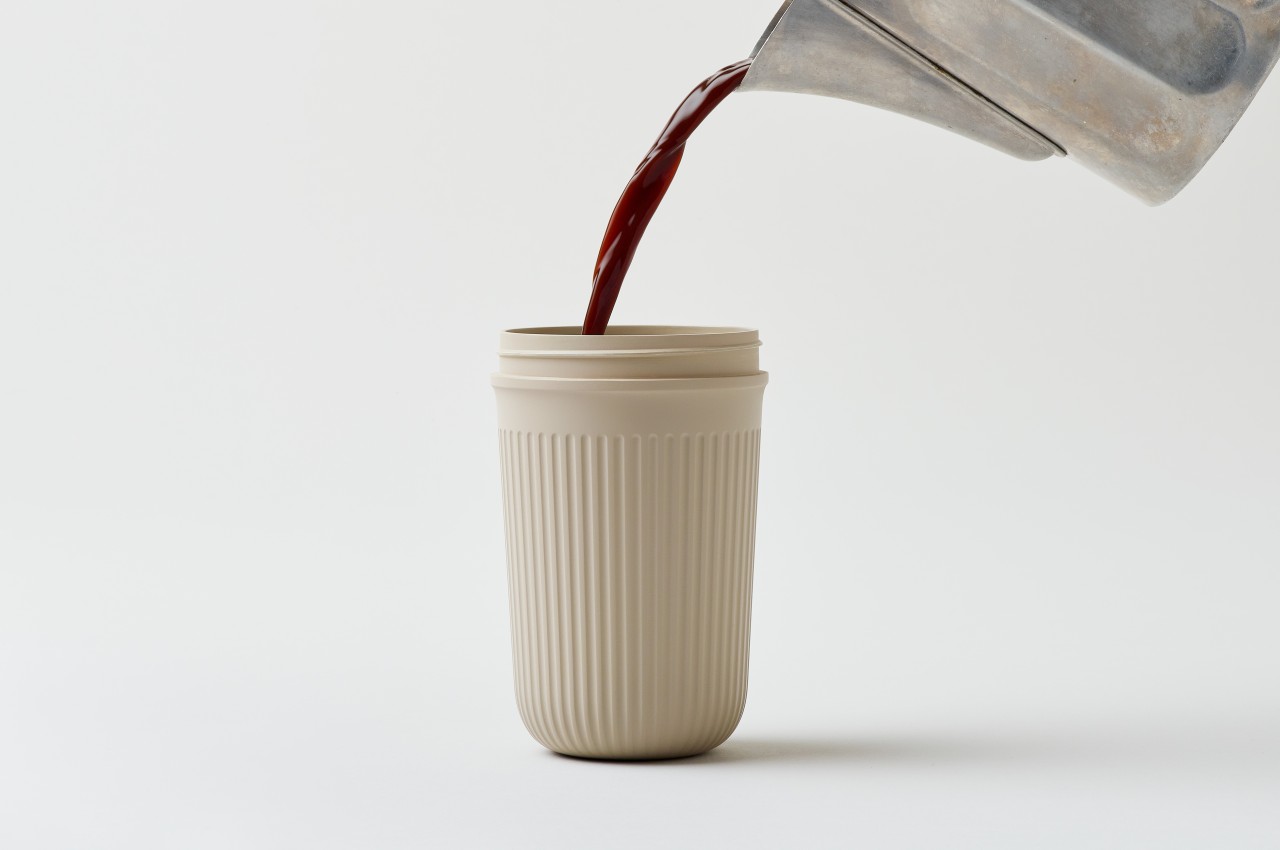
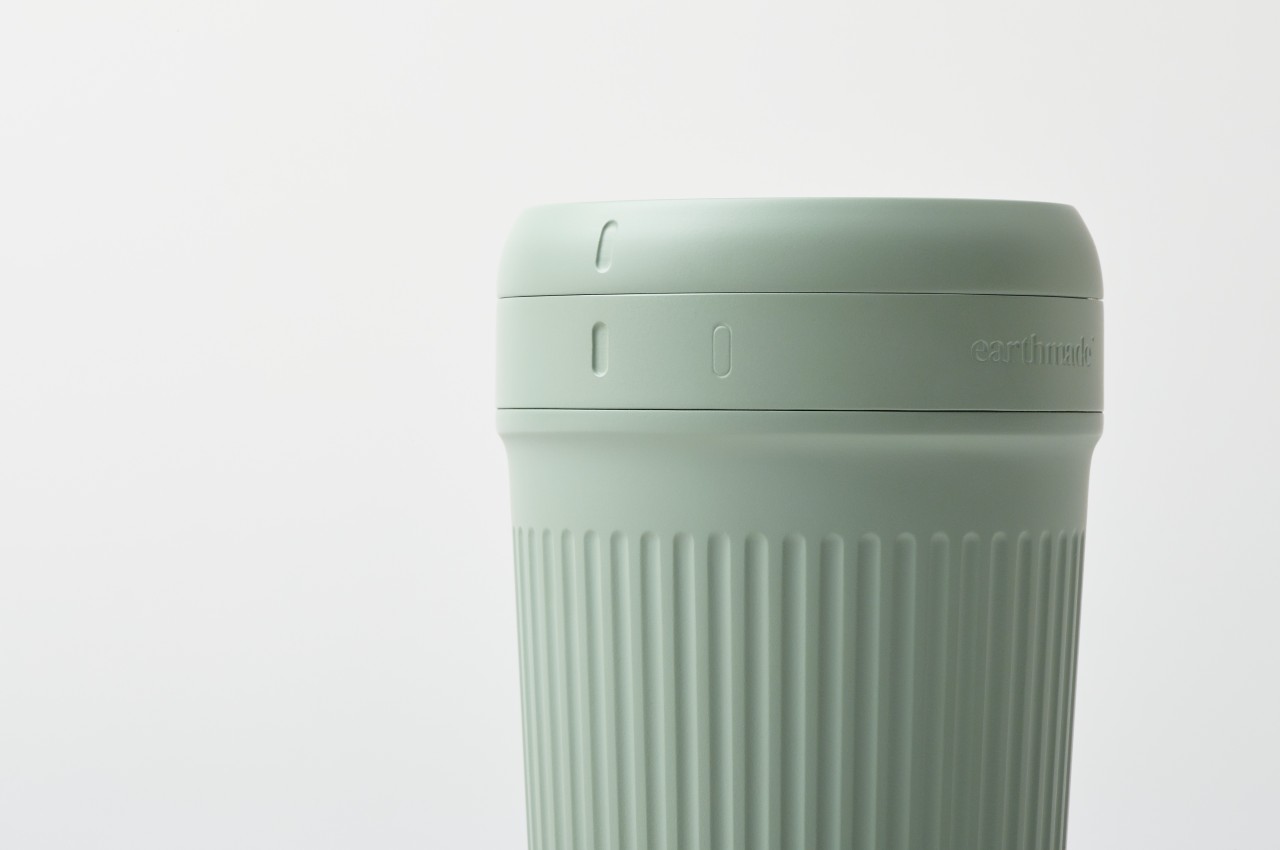
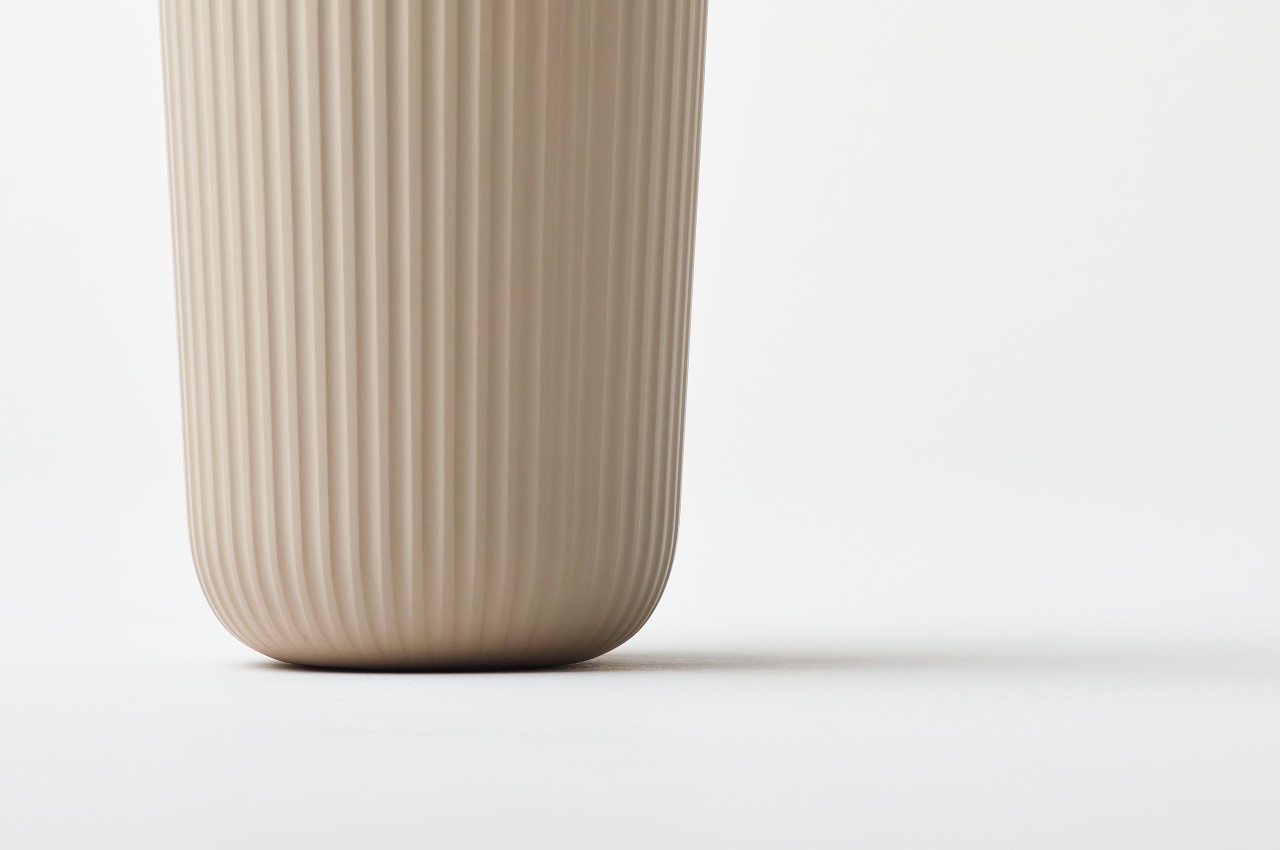
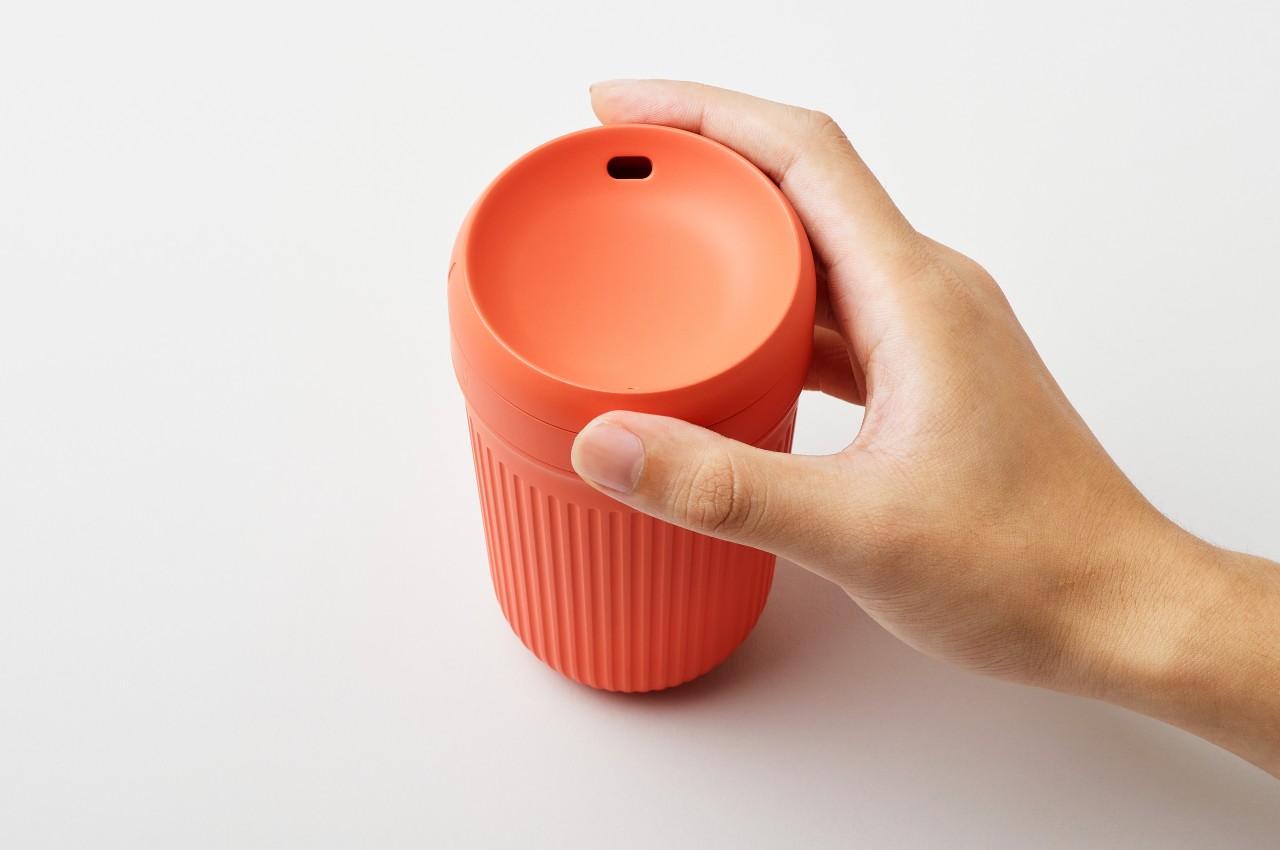
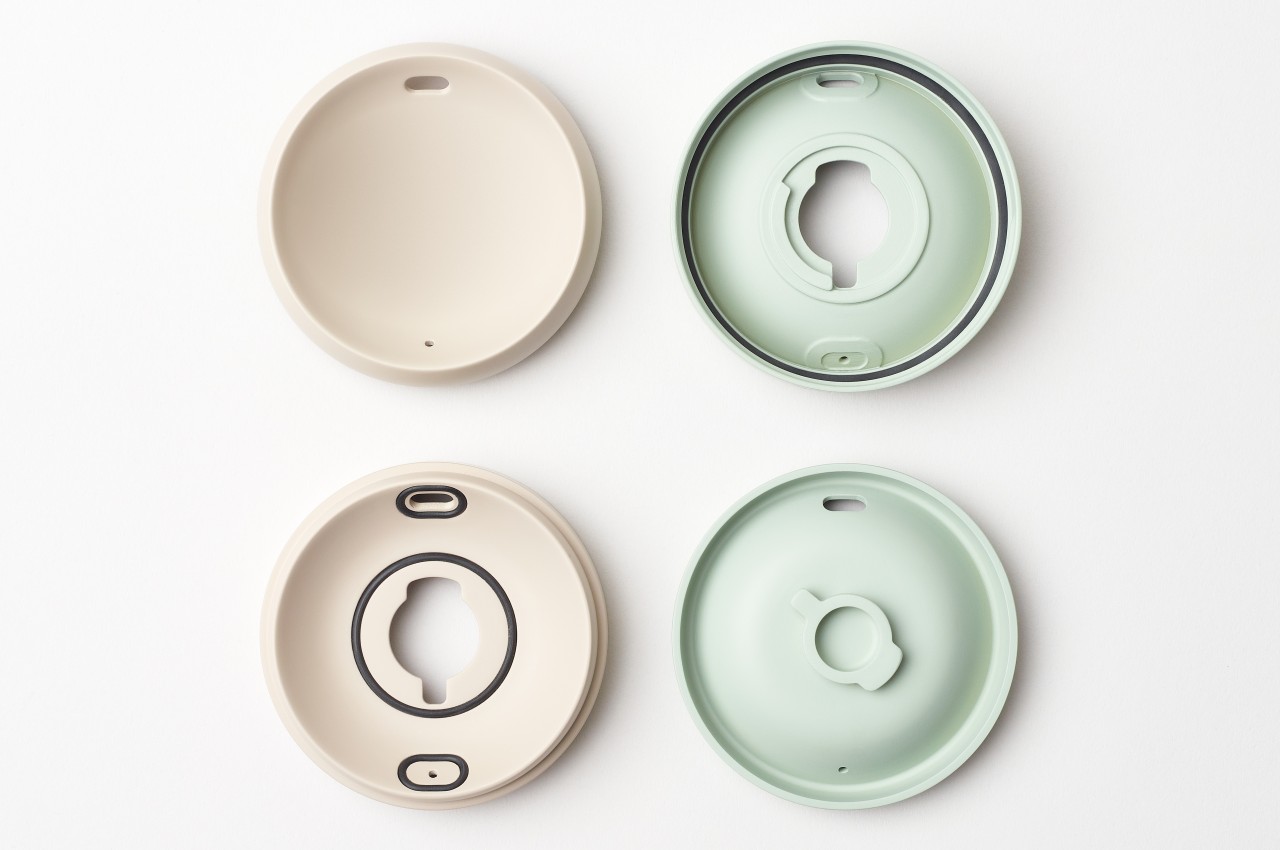
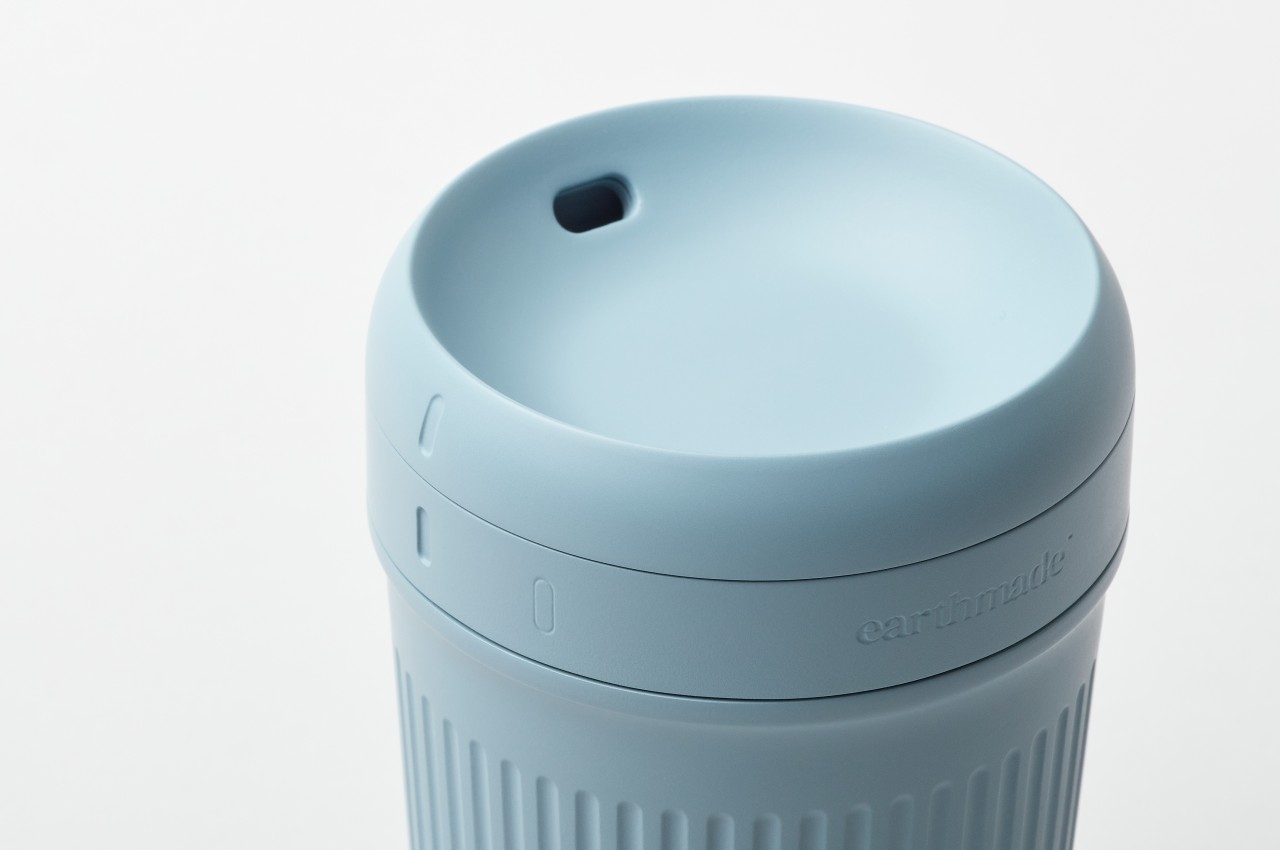
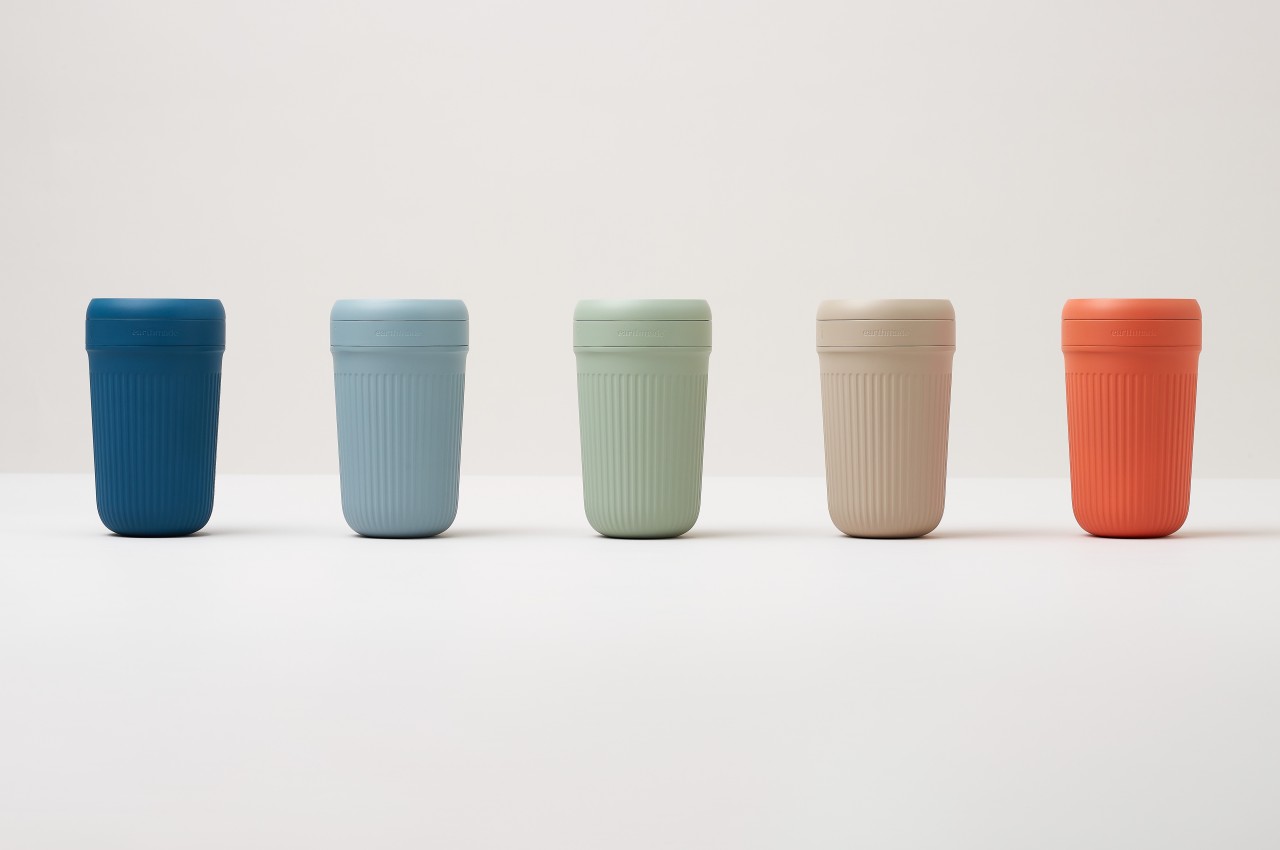
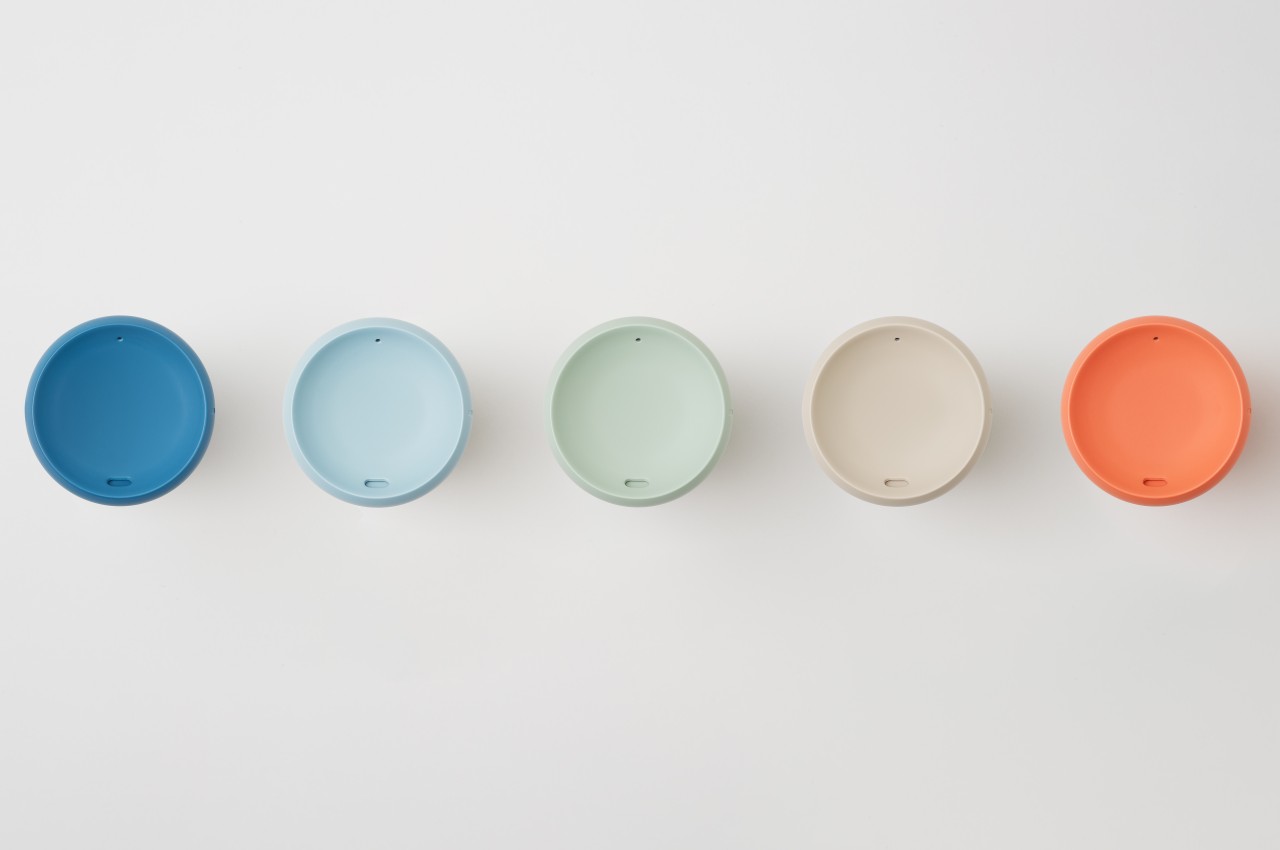
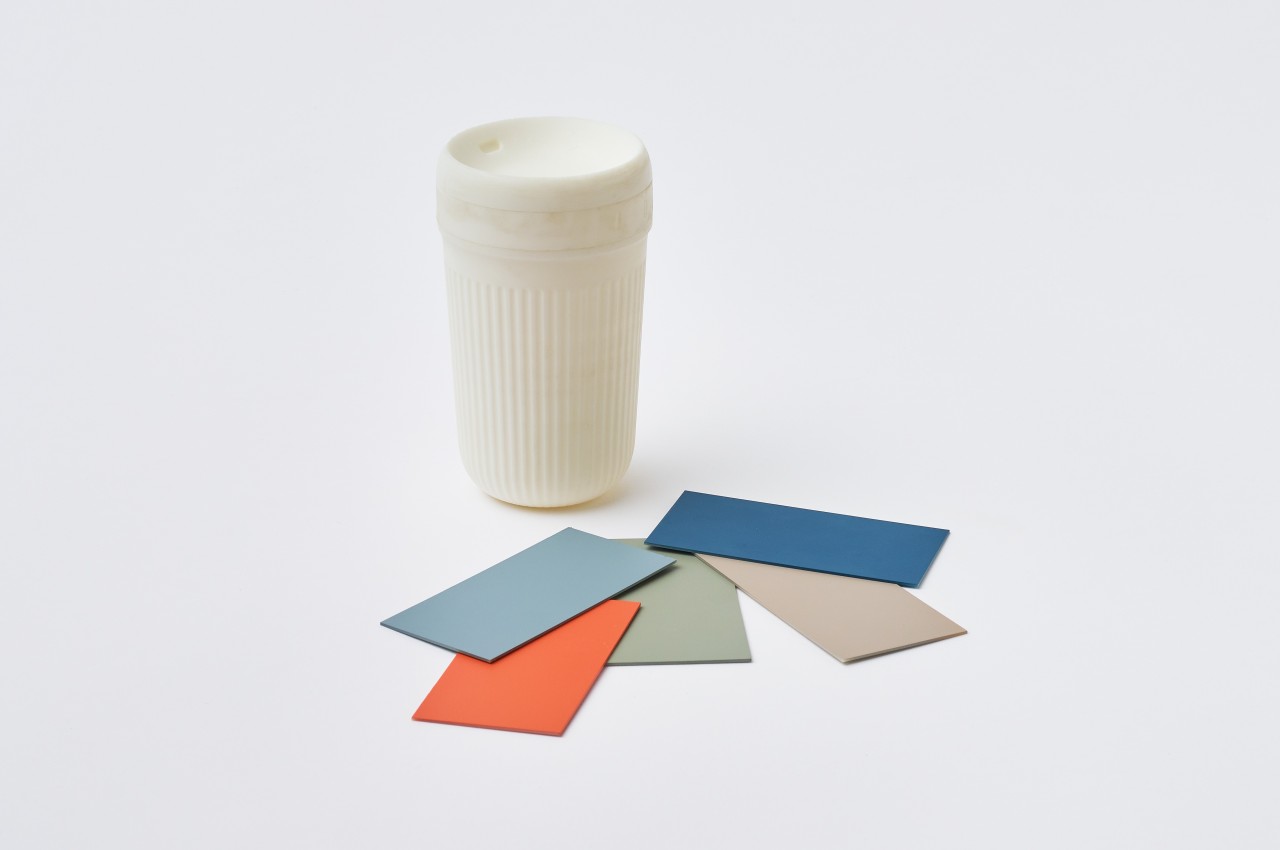
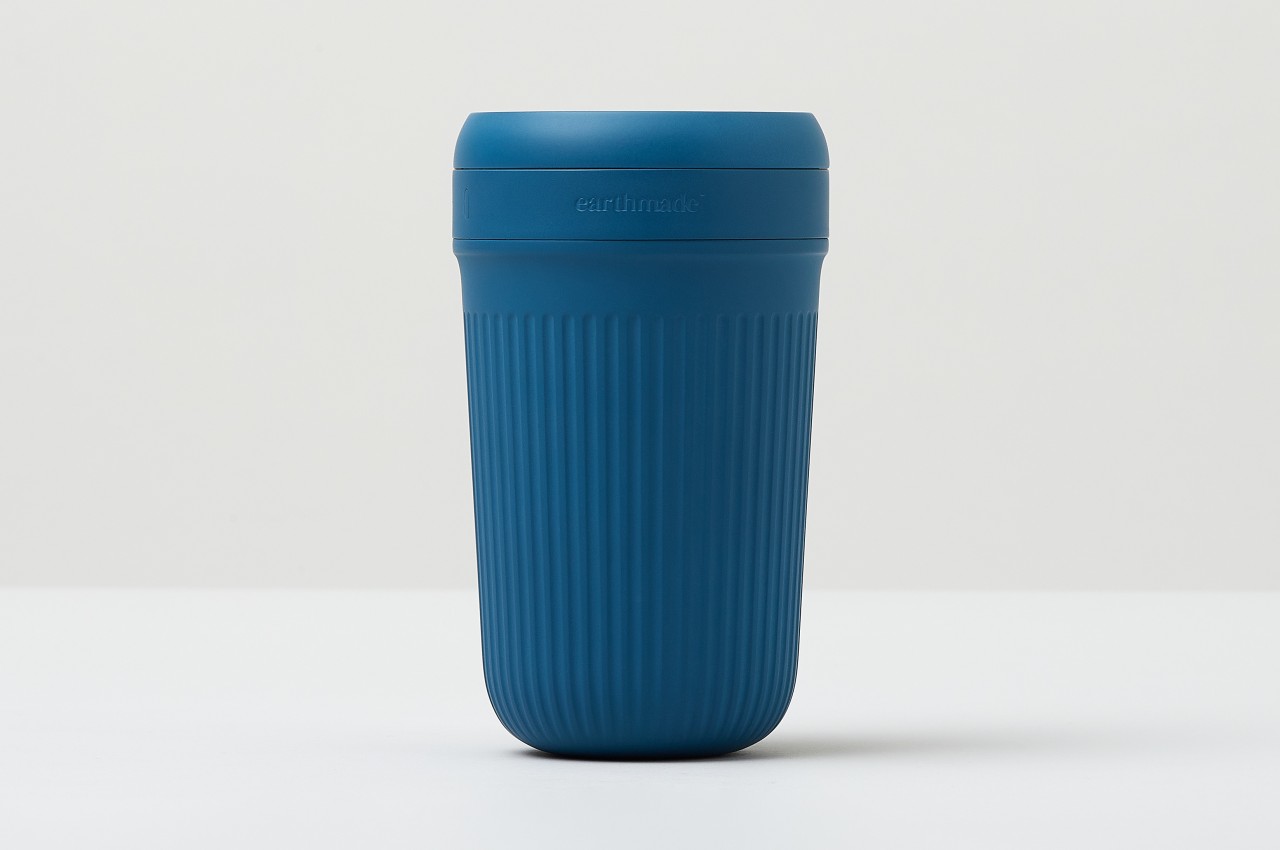
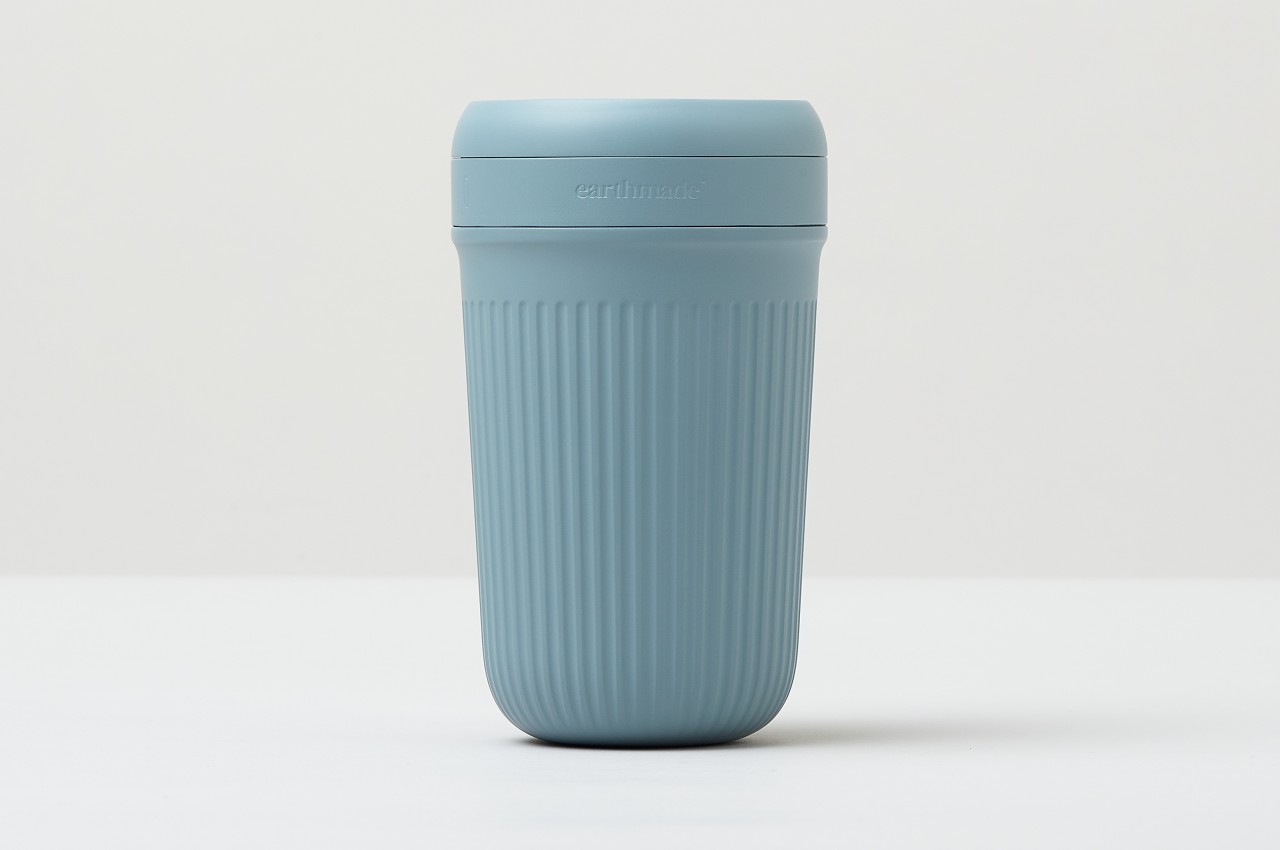
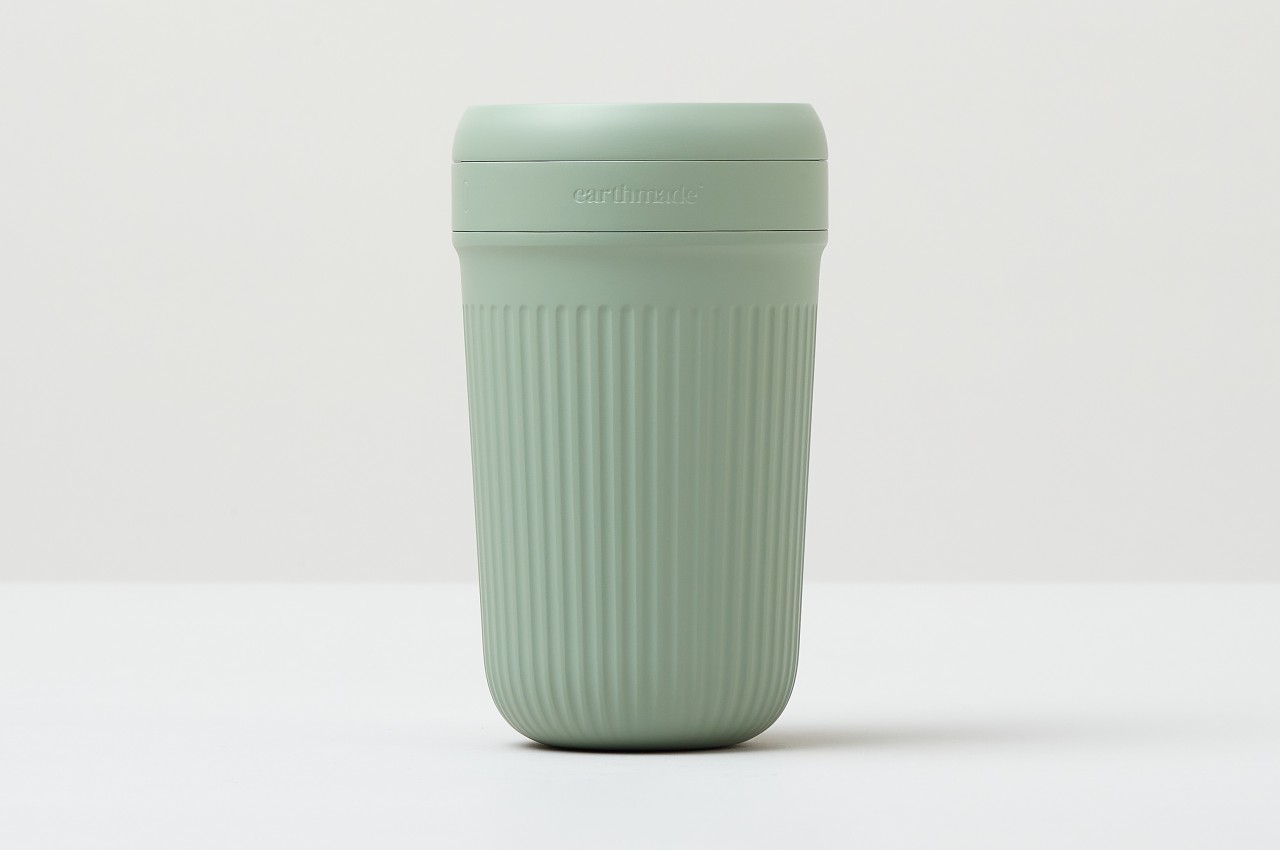
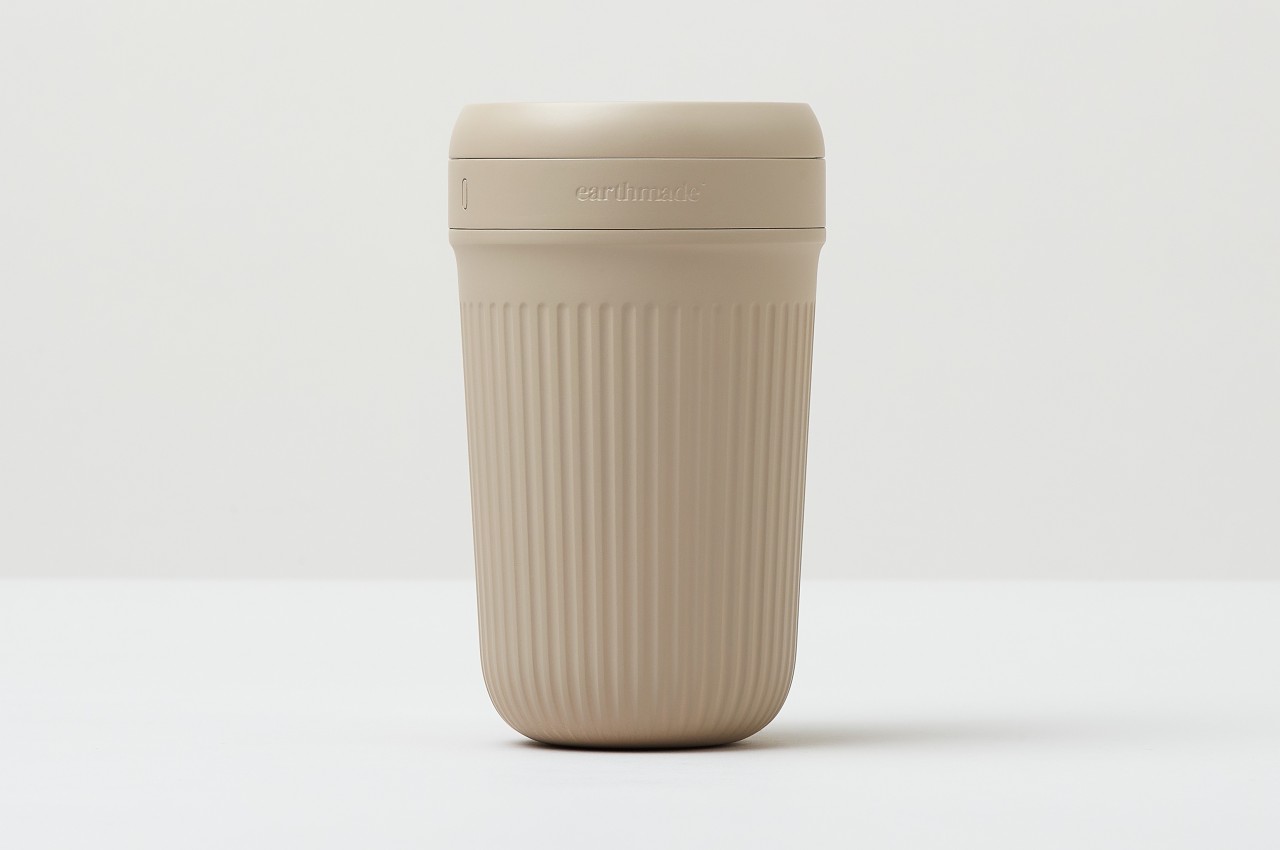
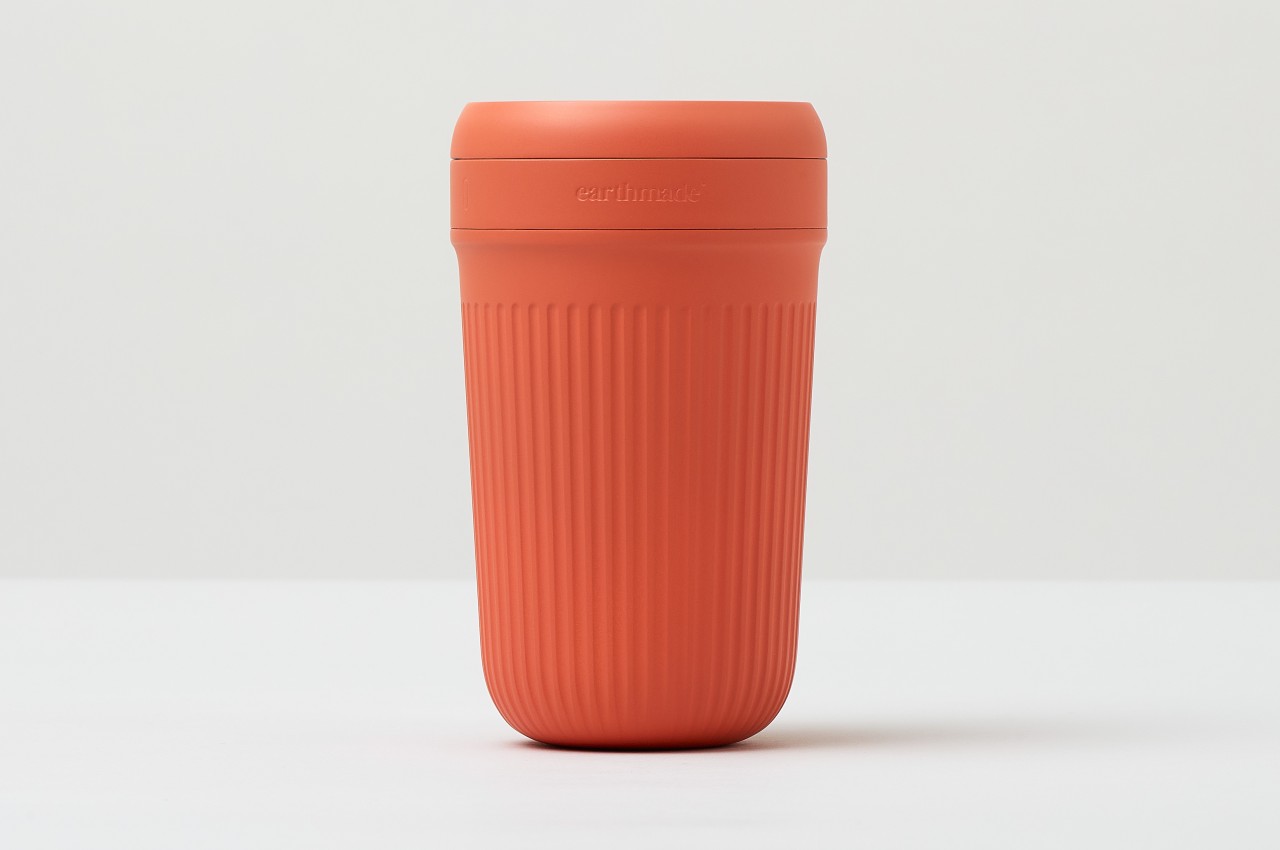
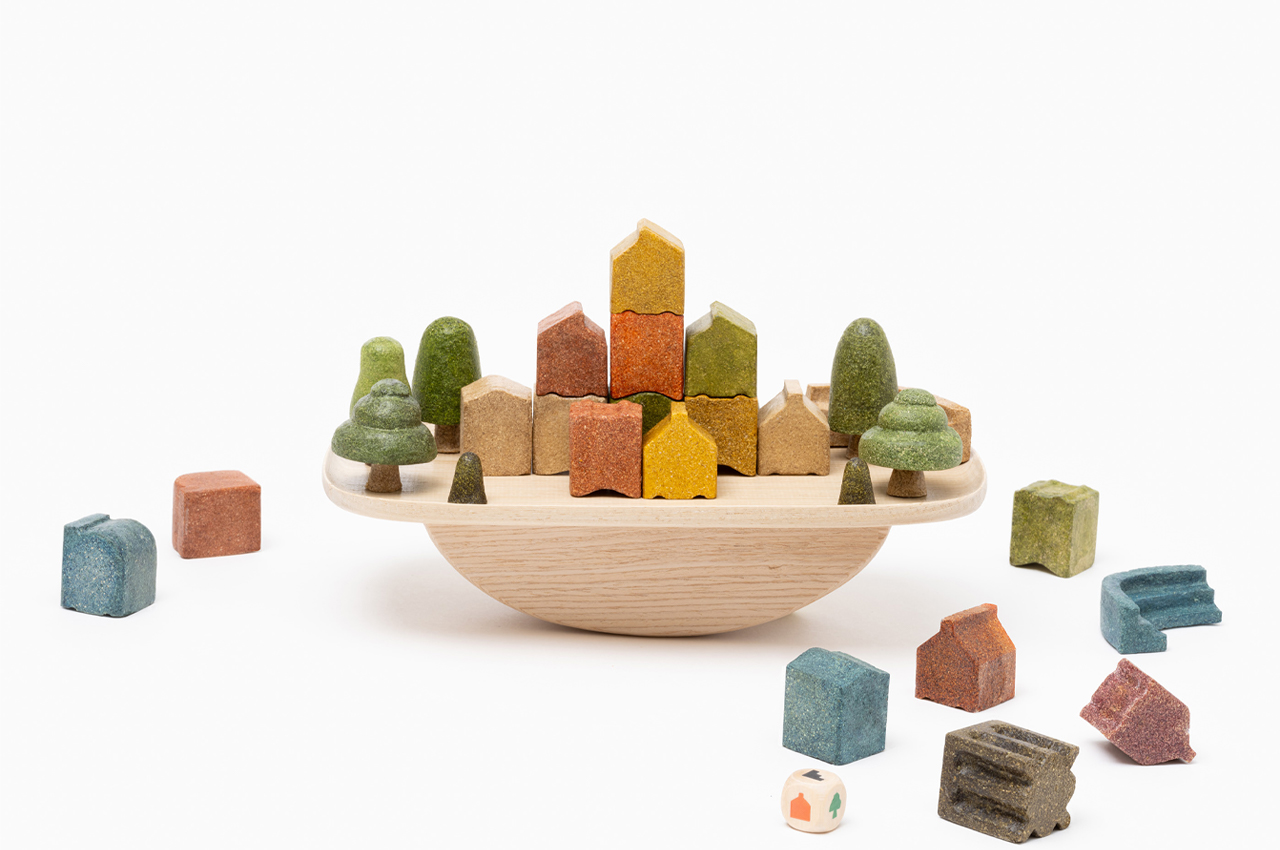
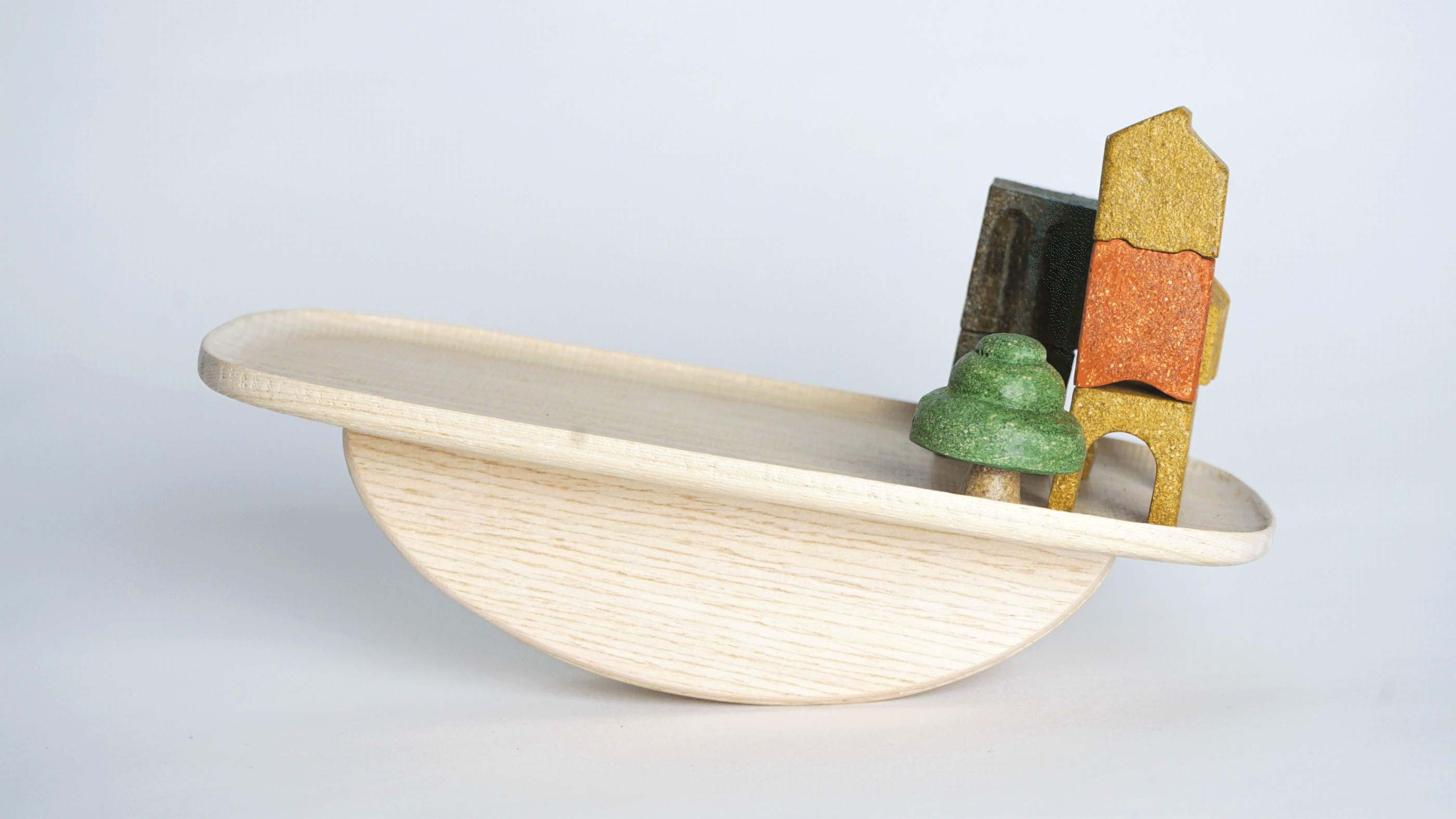
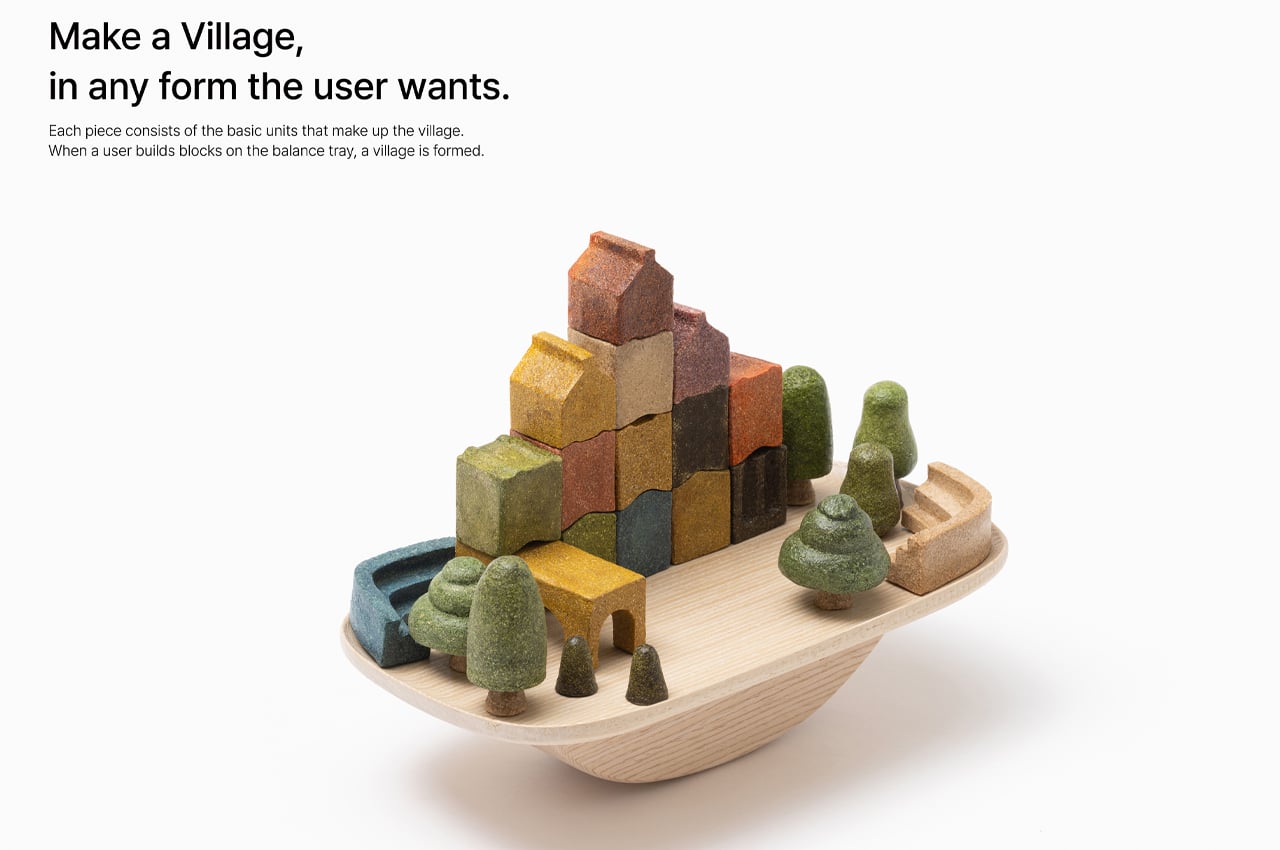
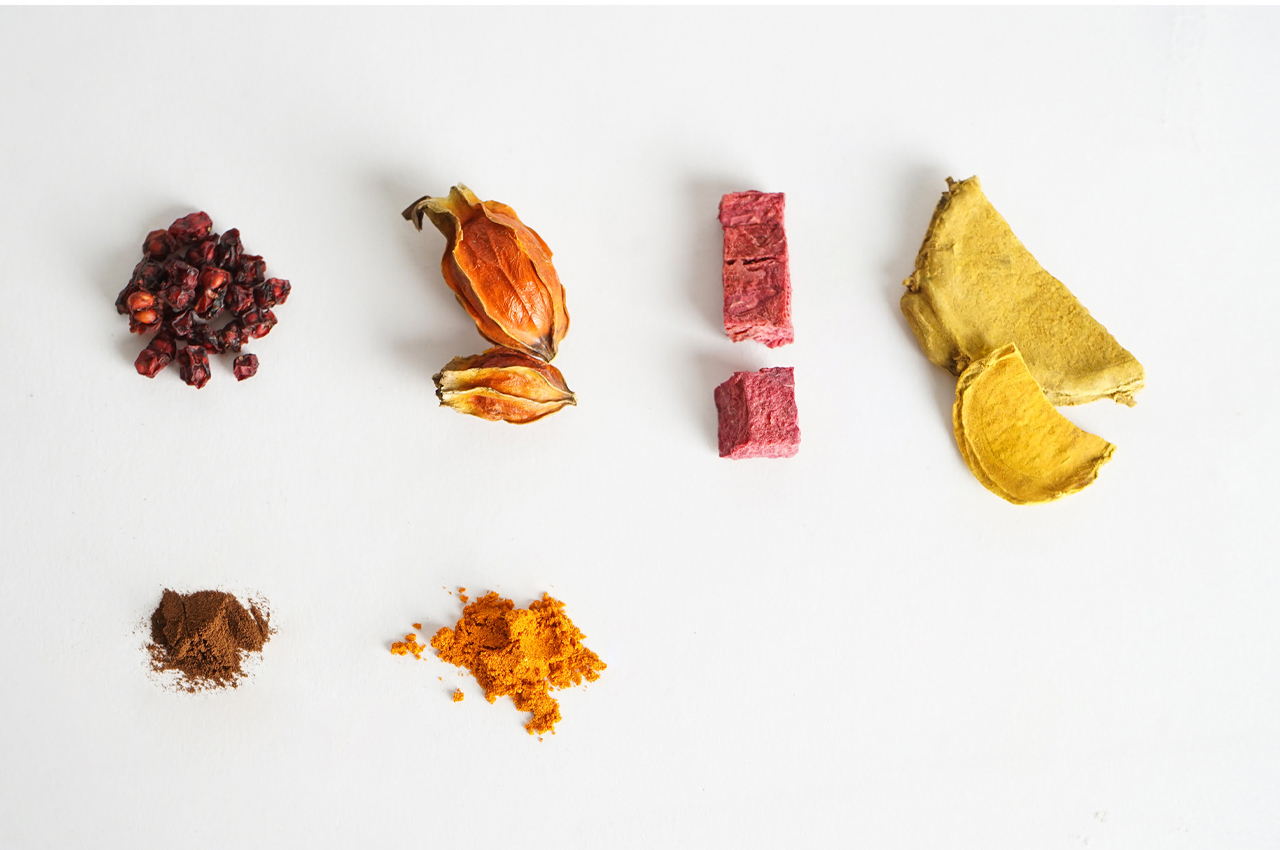
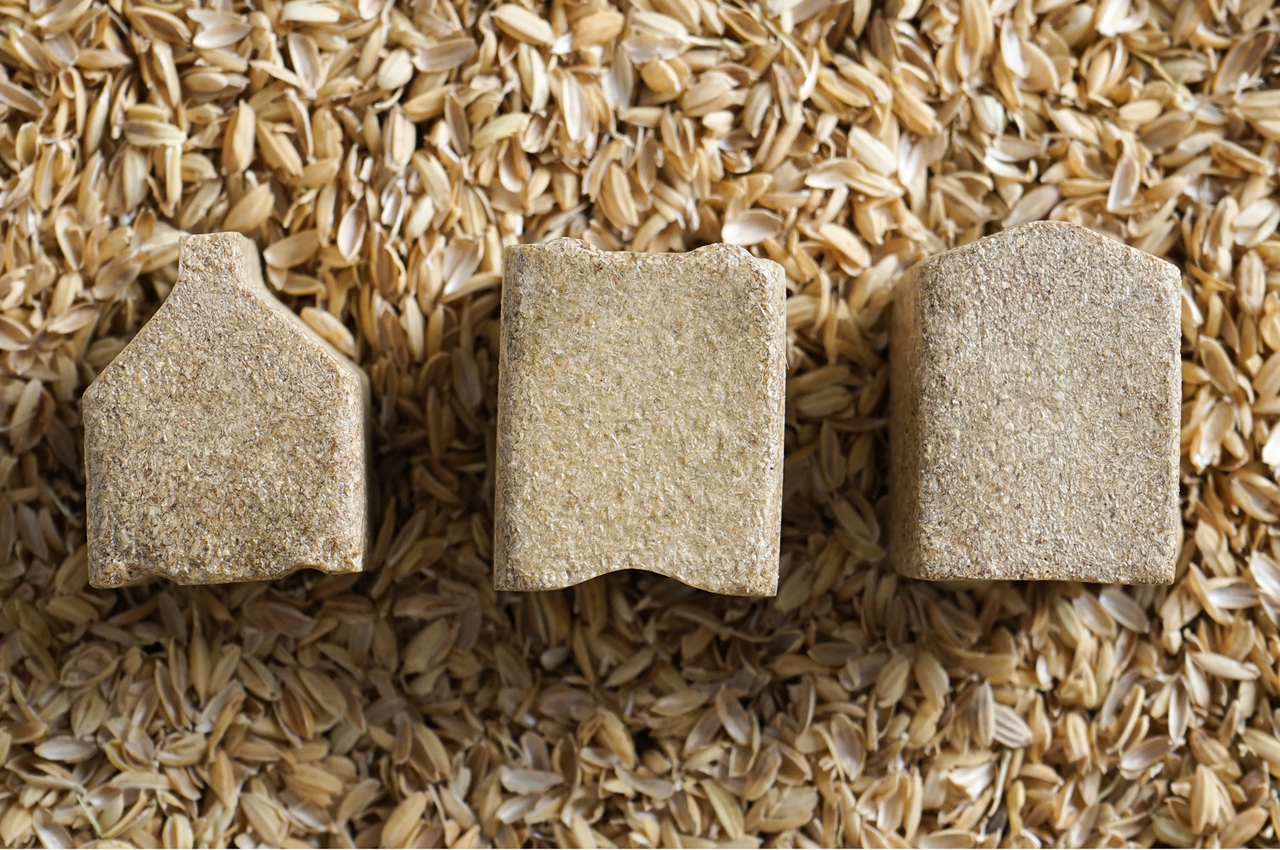
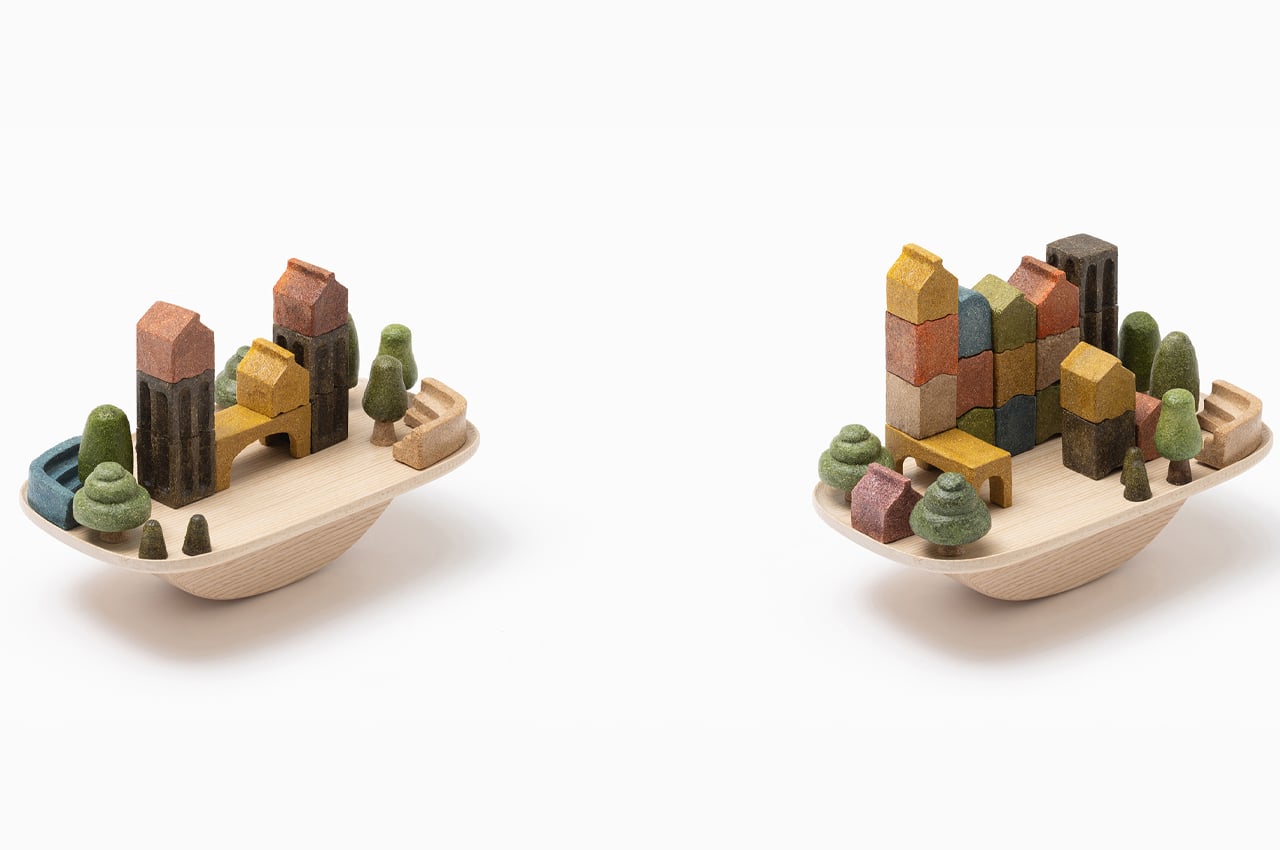
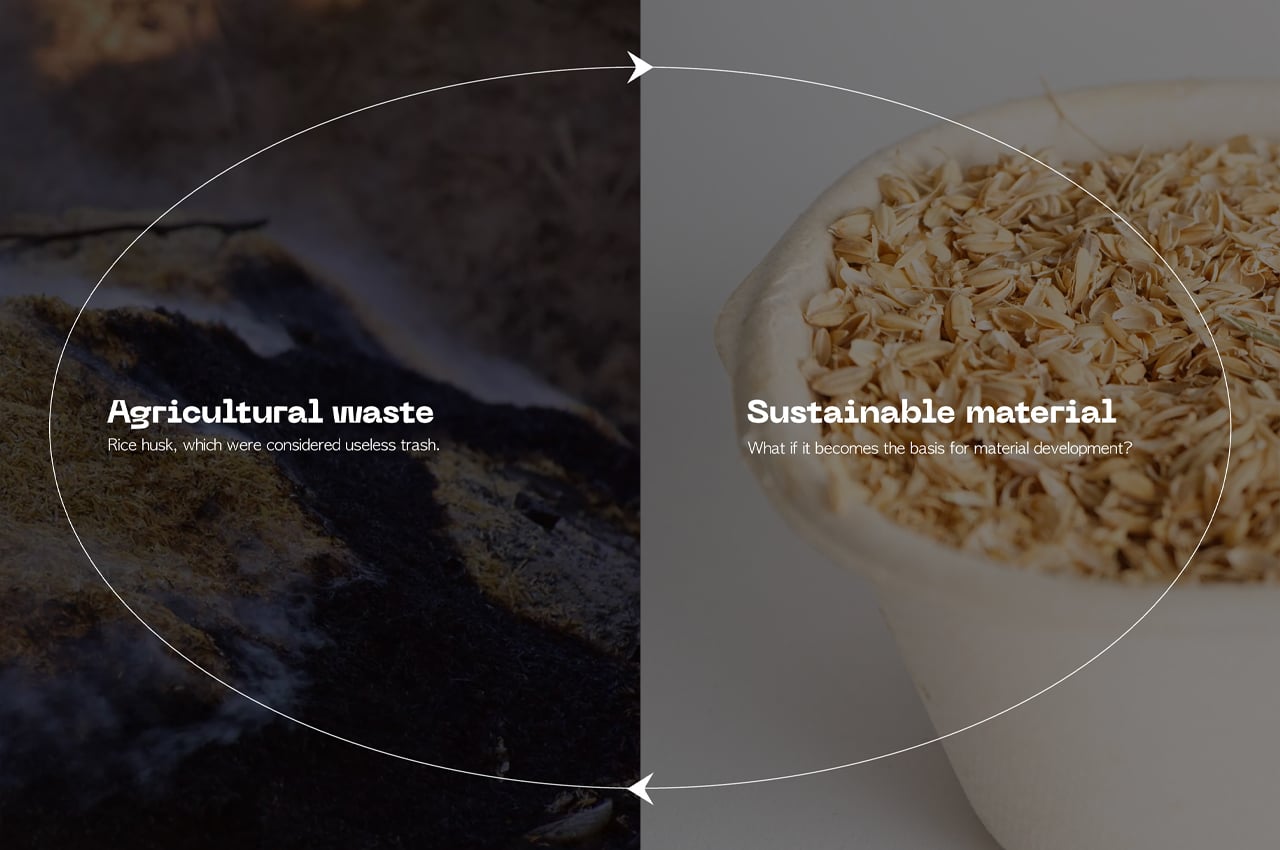
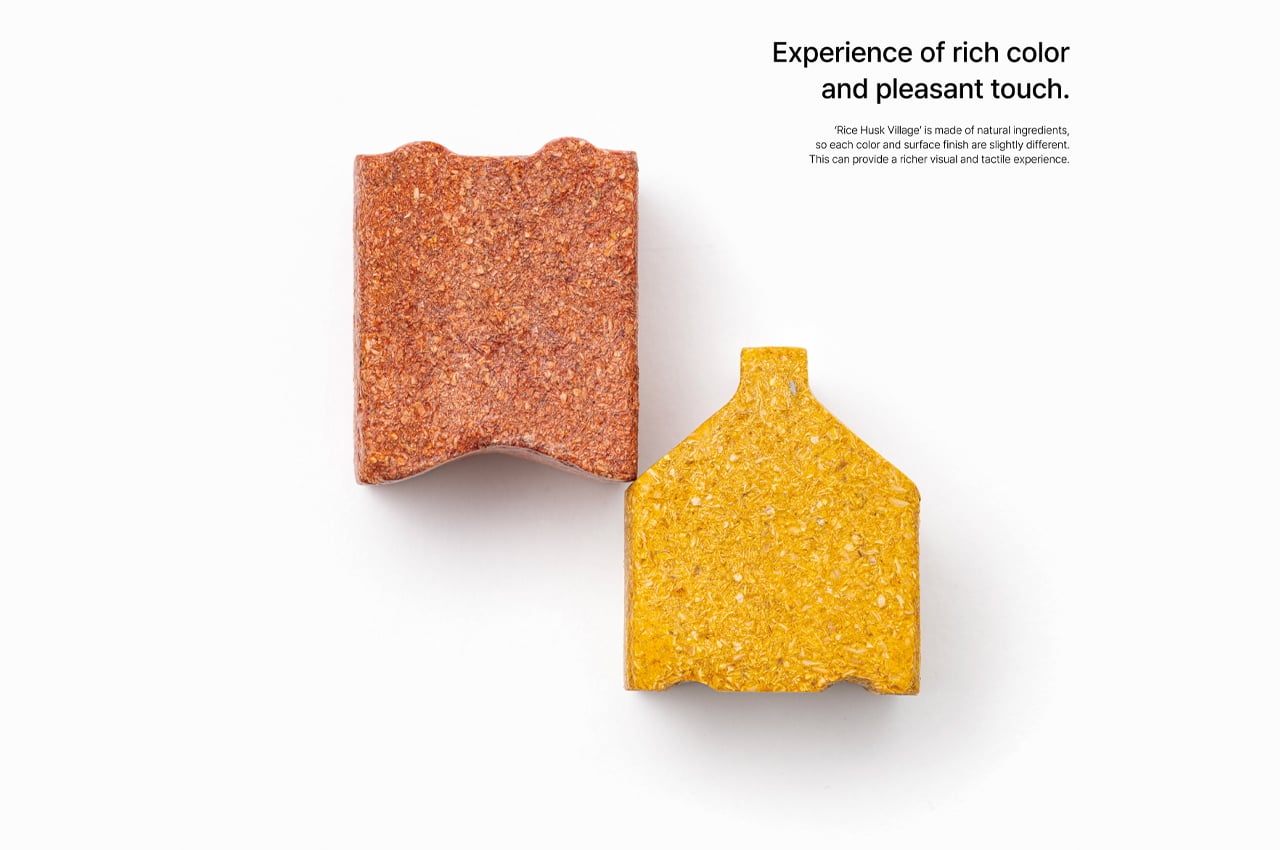
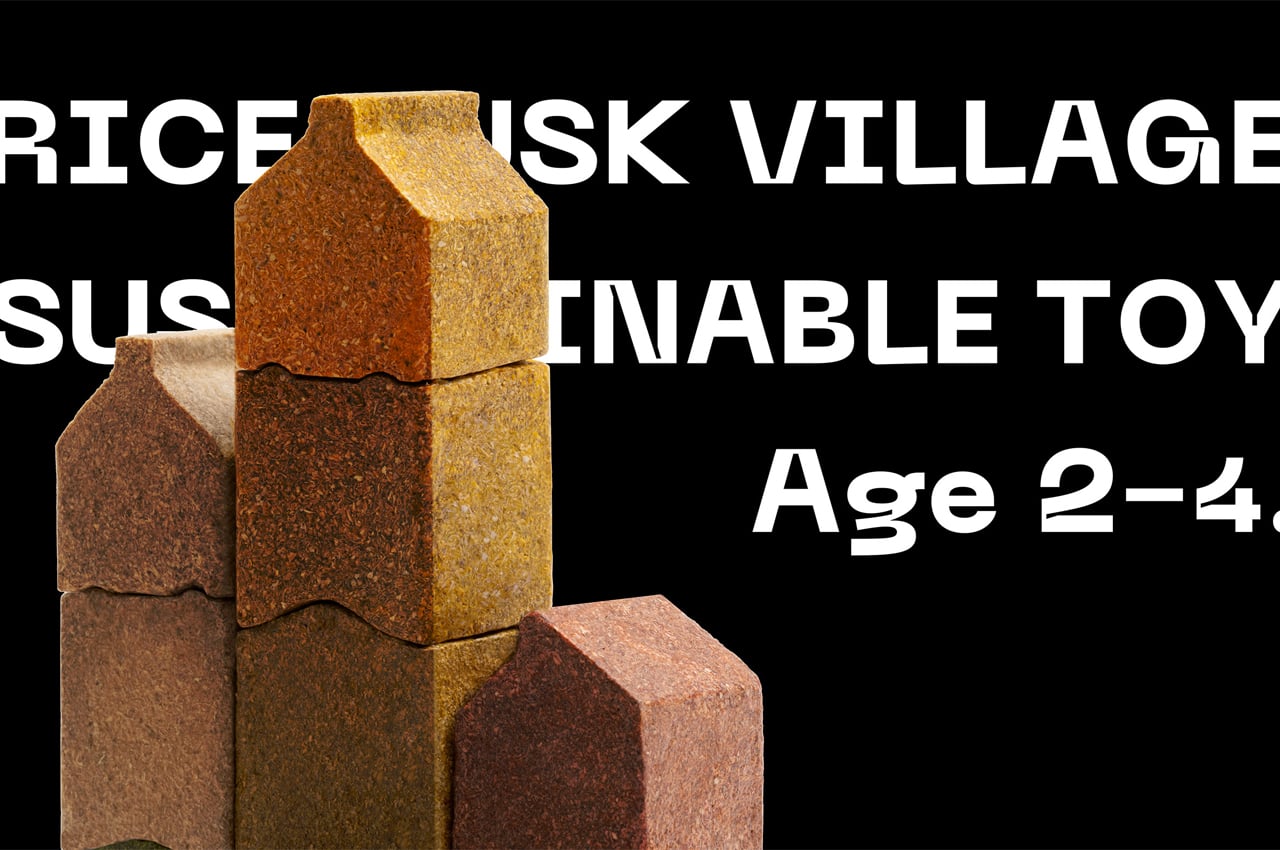
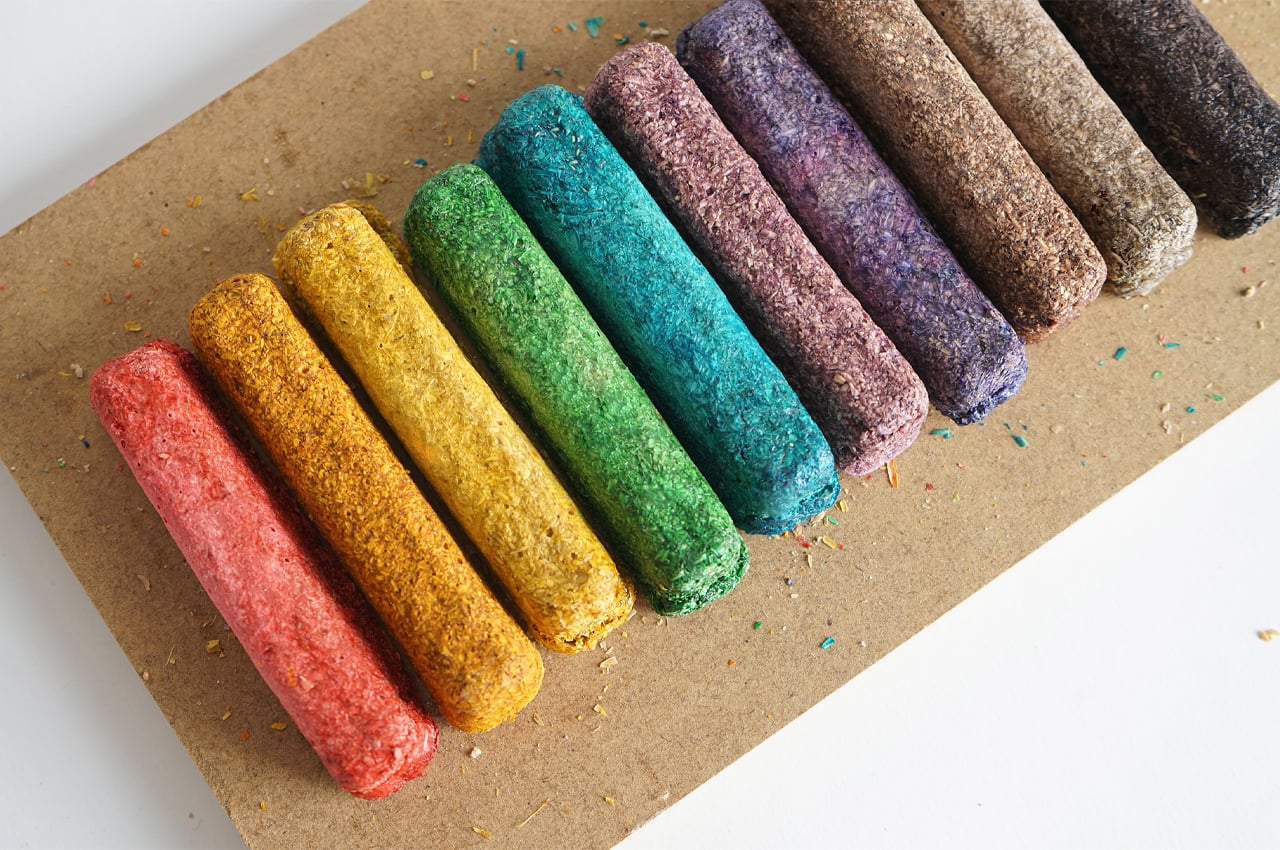
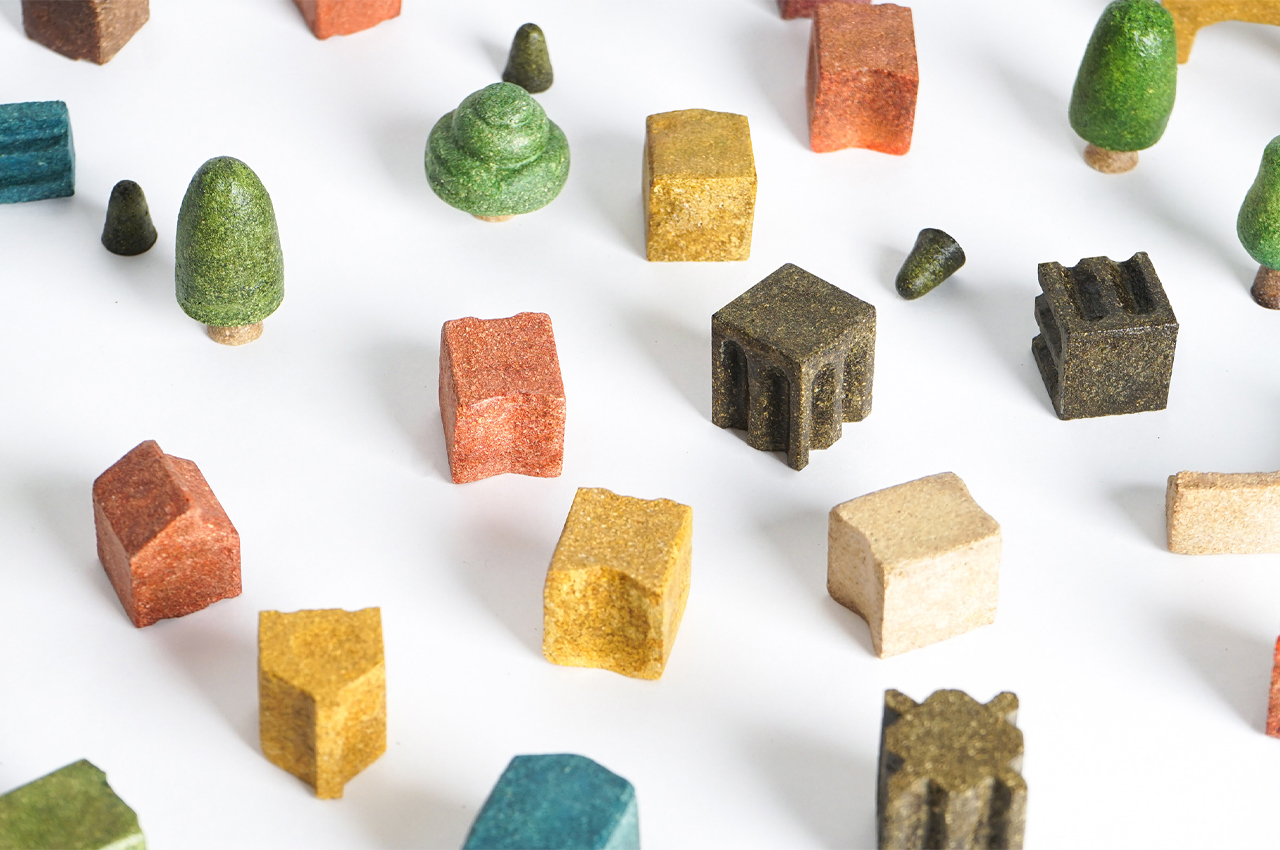
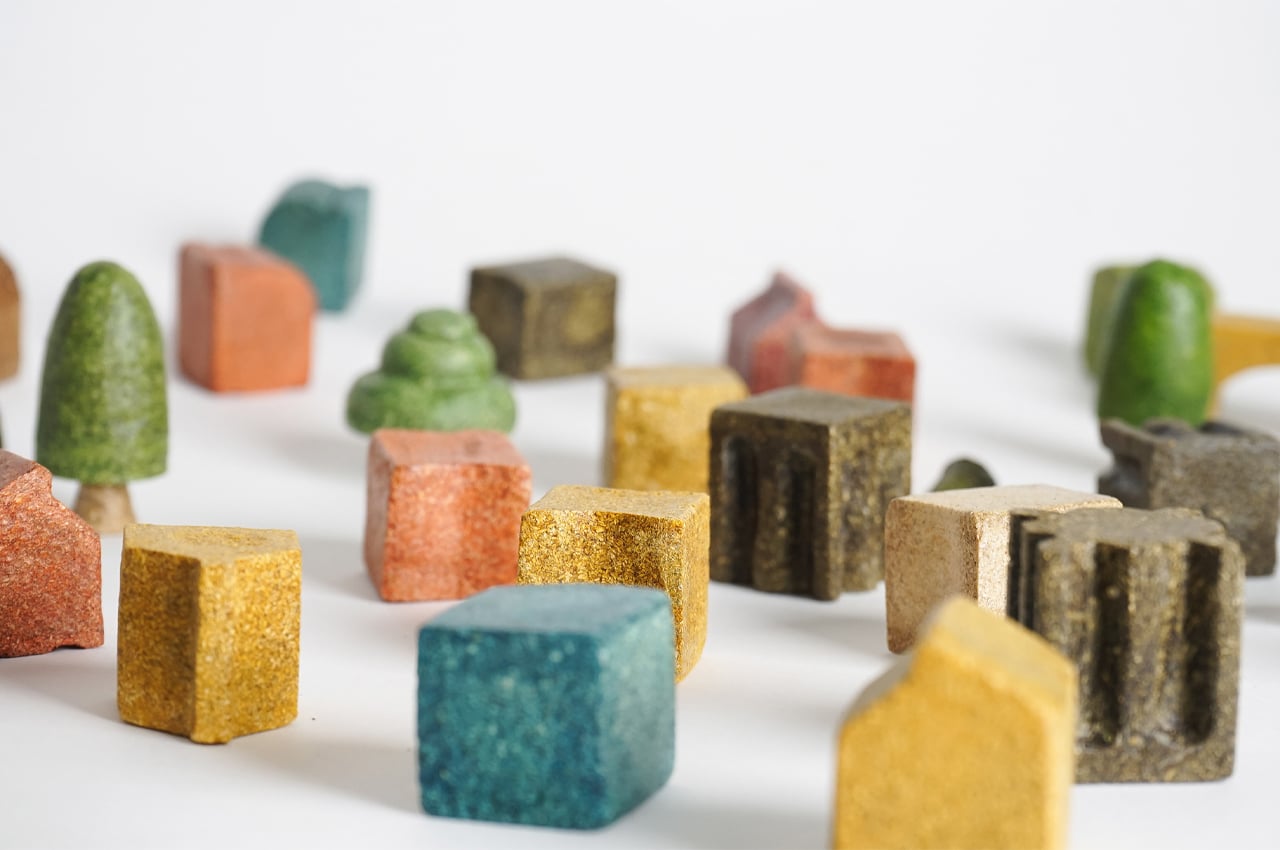
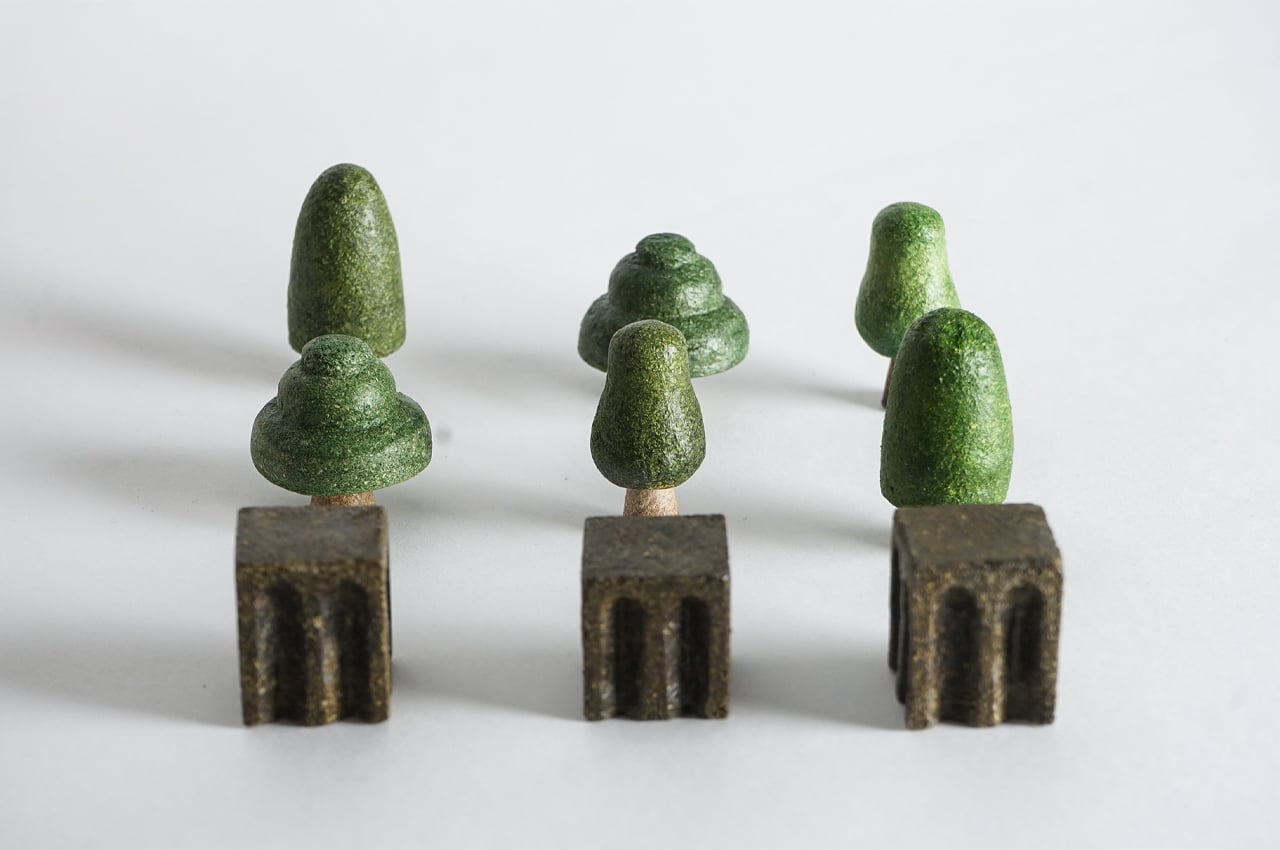 Children can even add a touch of greenery to their miniature village replicas.
Children can even add a touch of greenery to their miniature village replicas. 